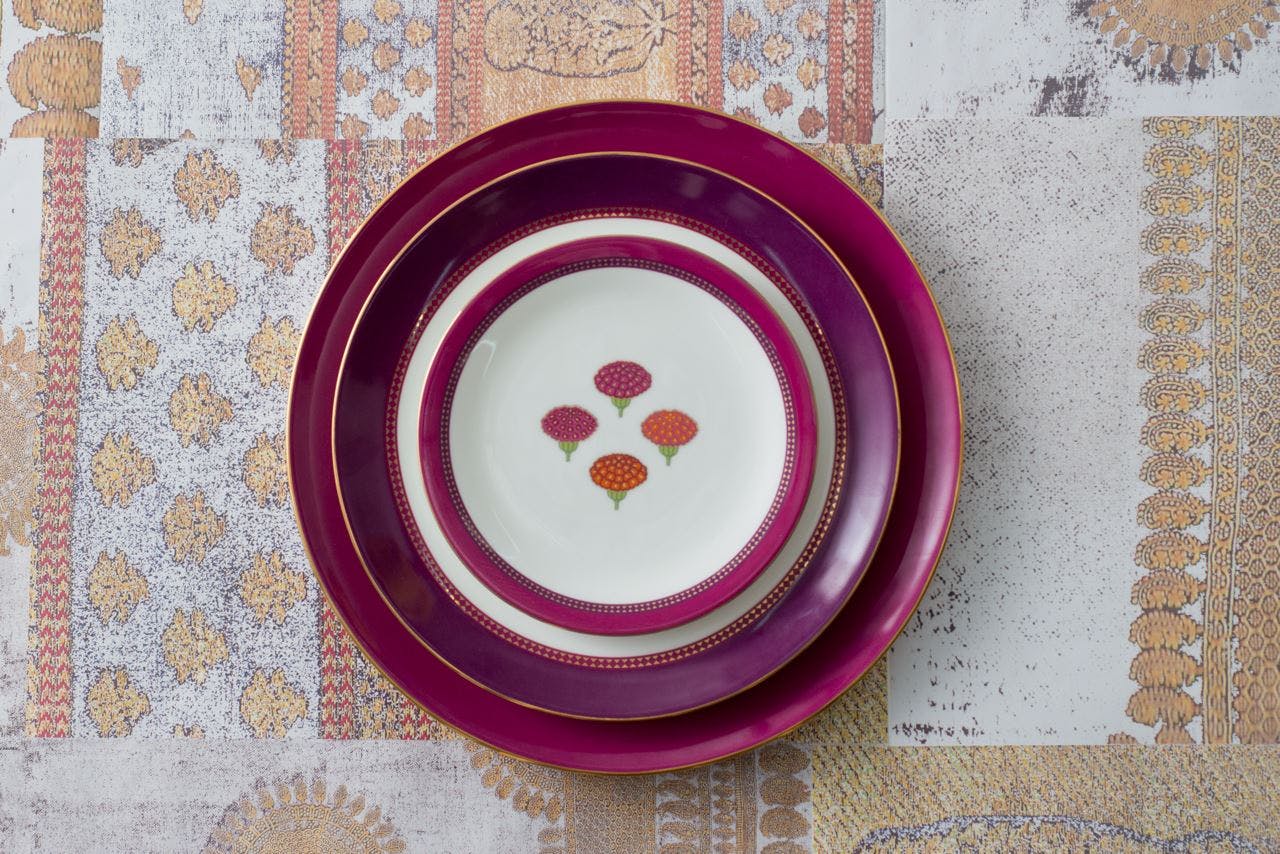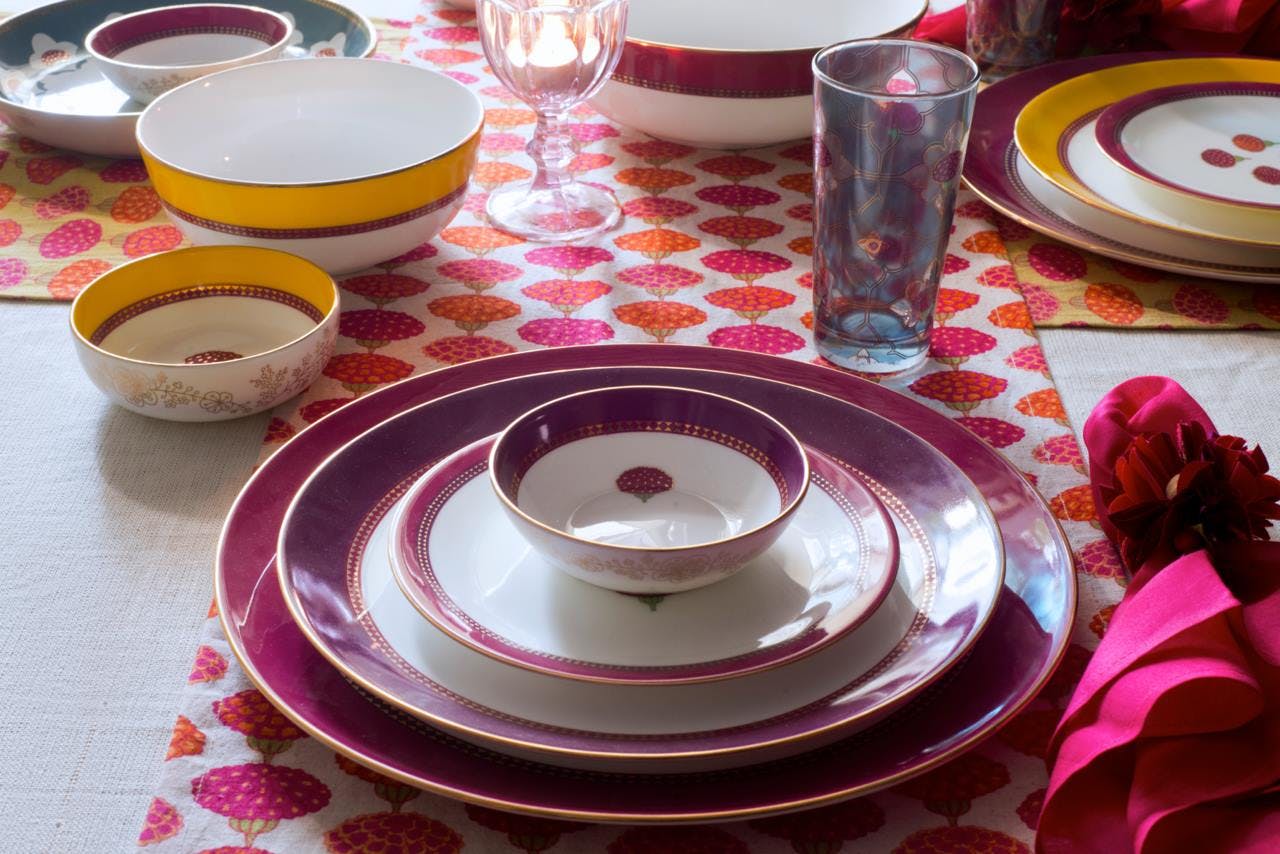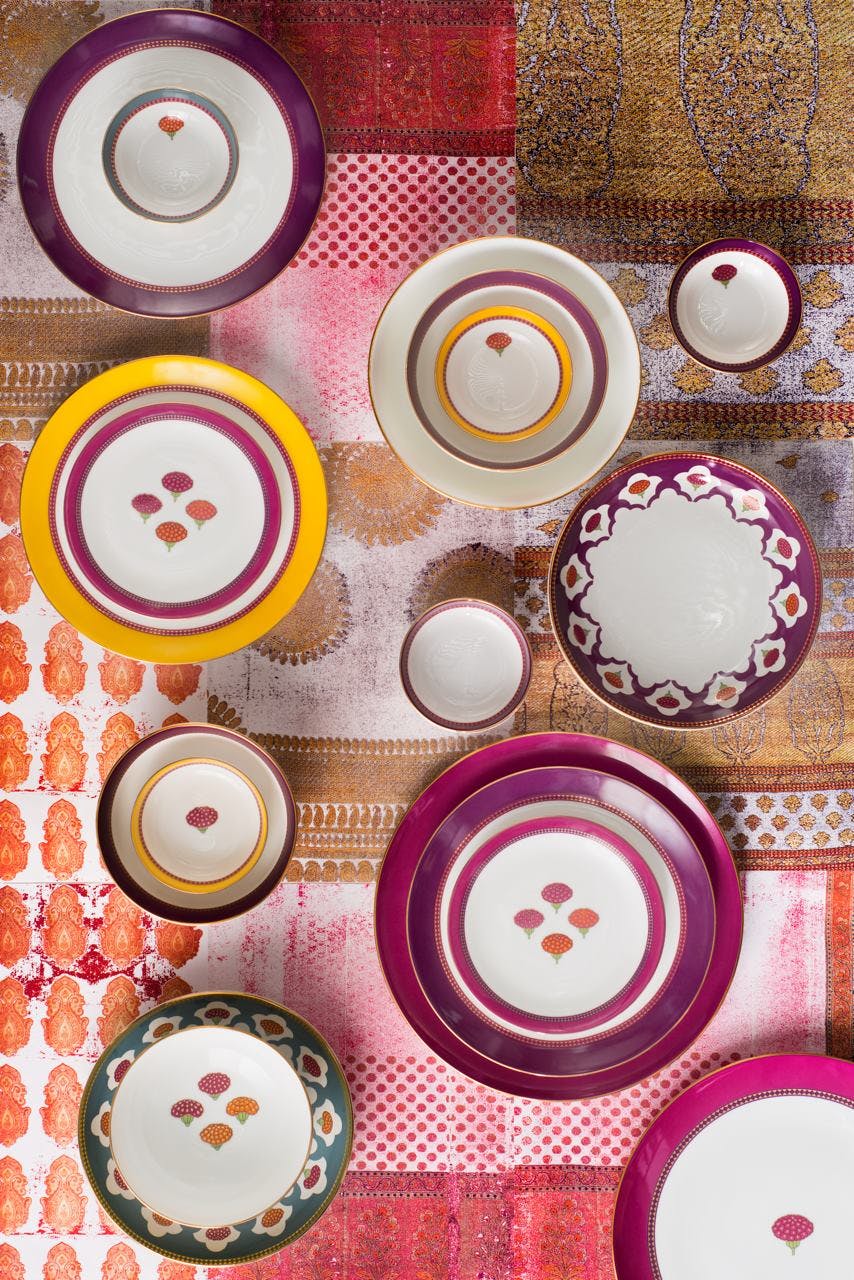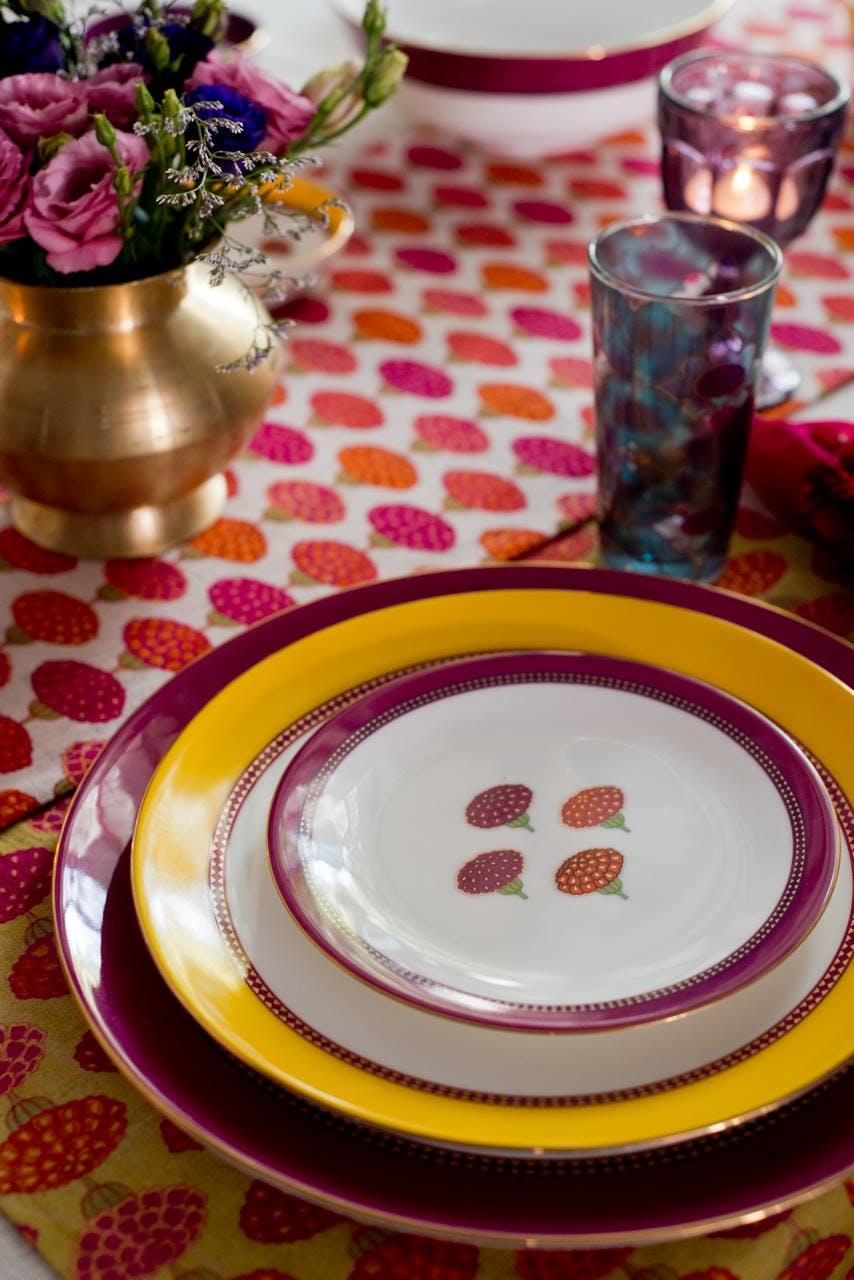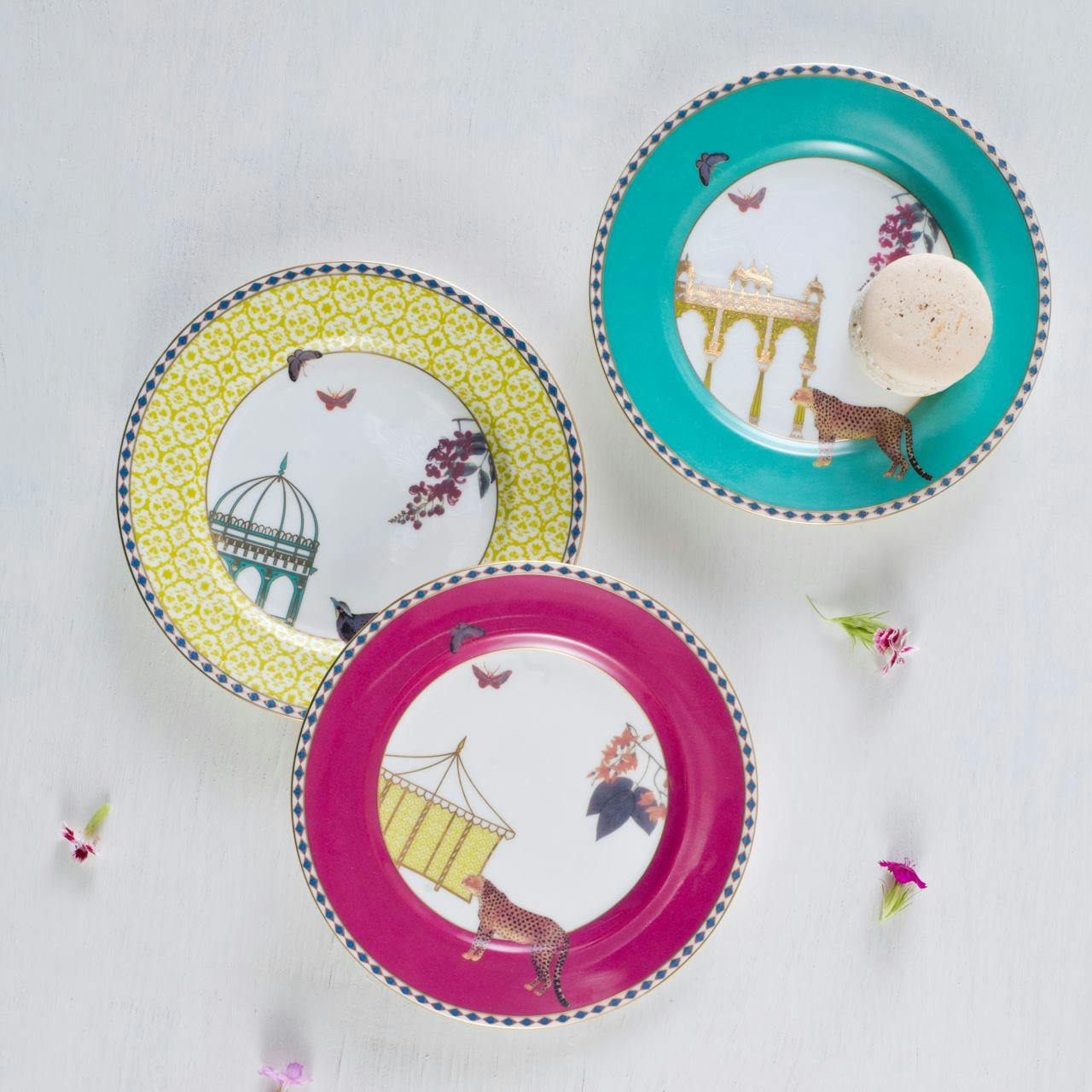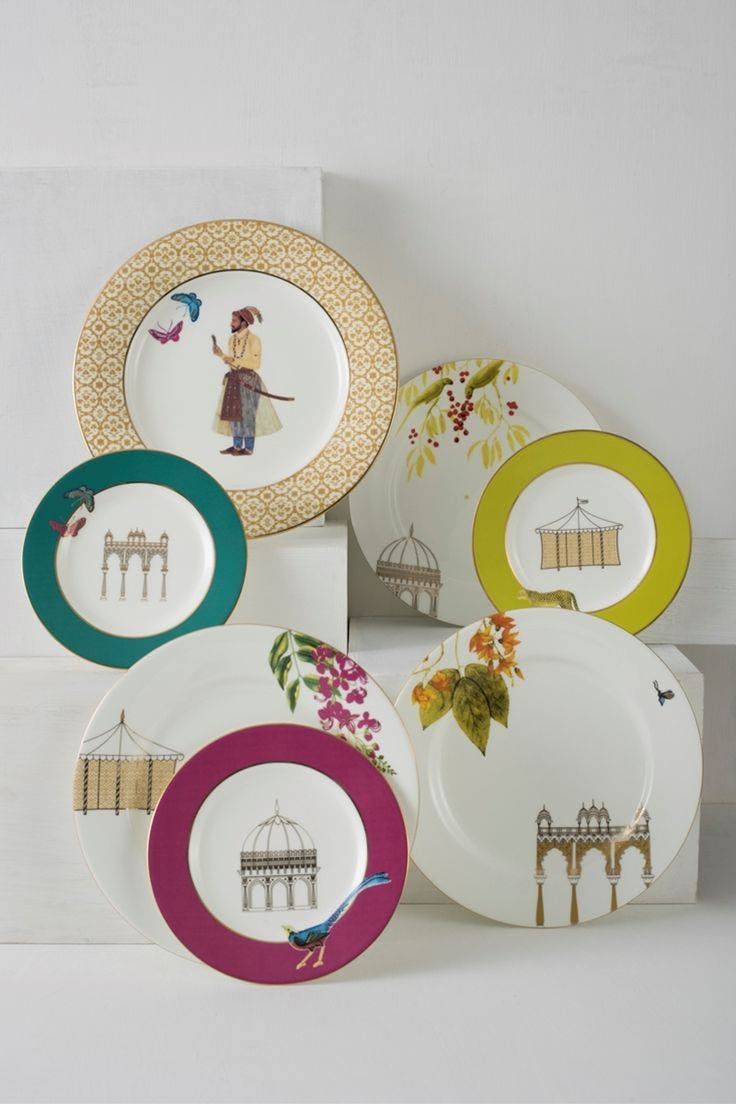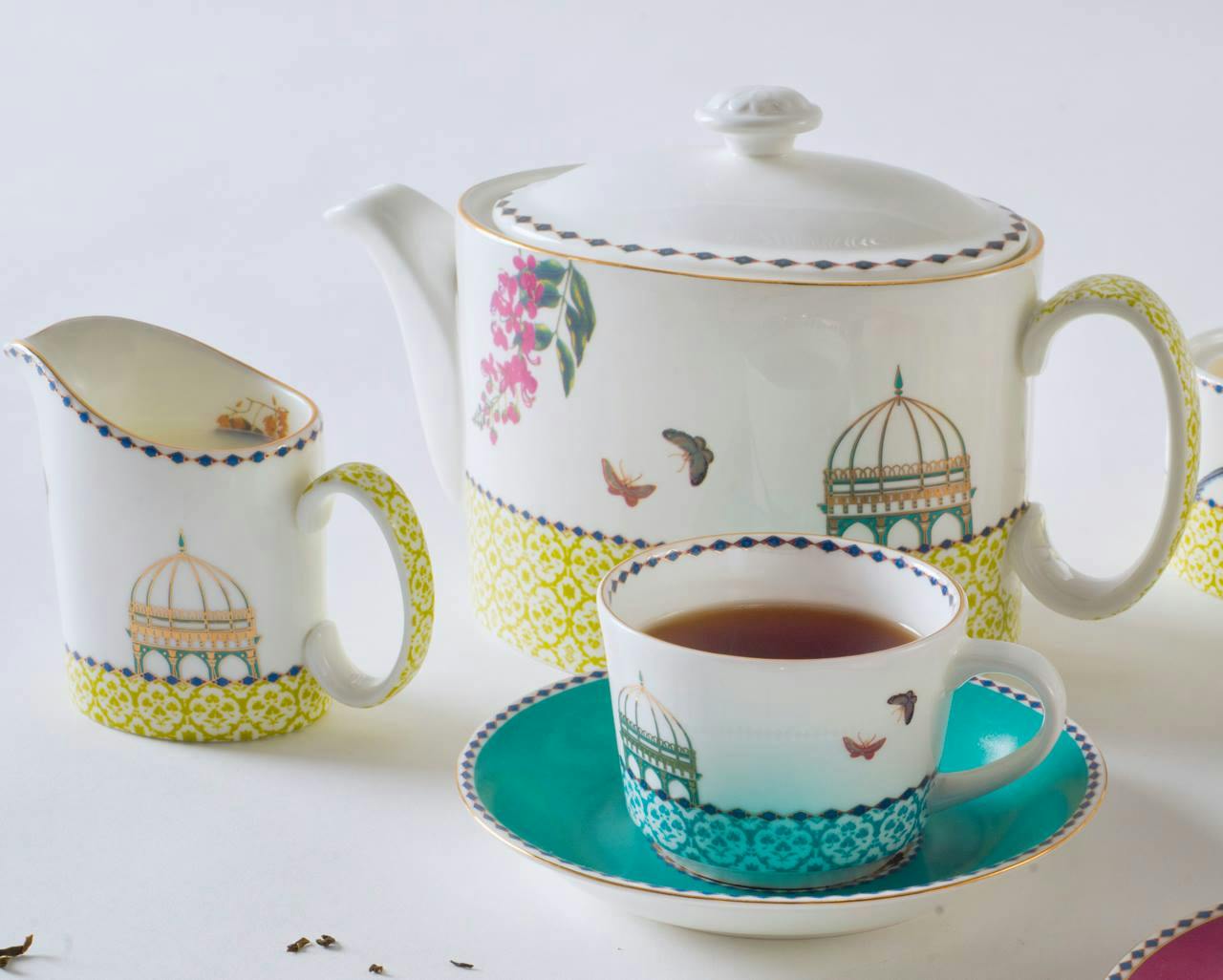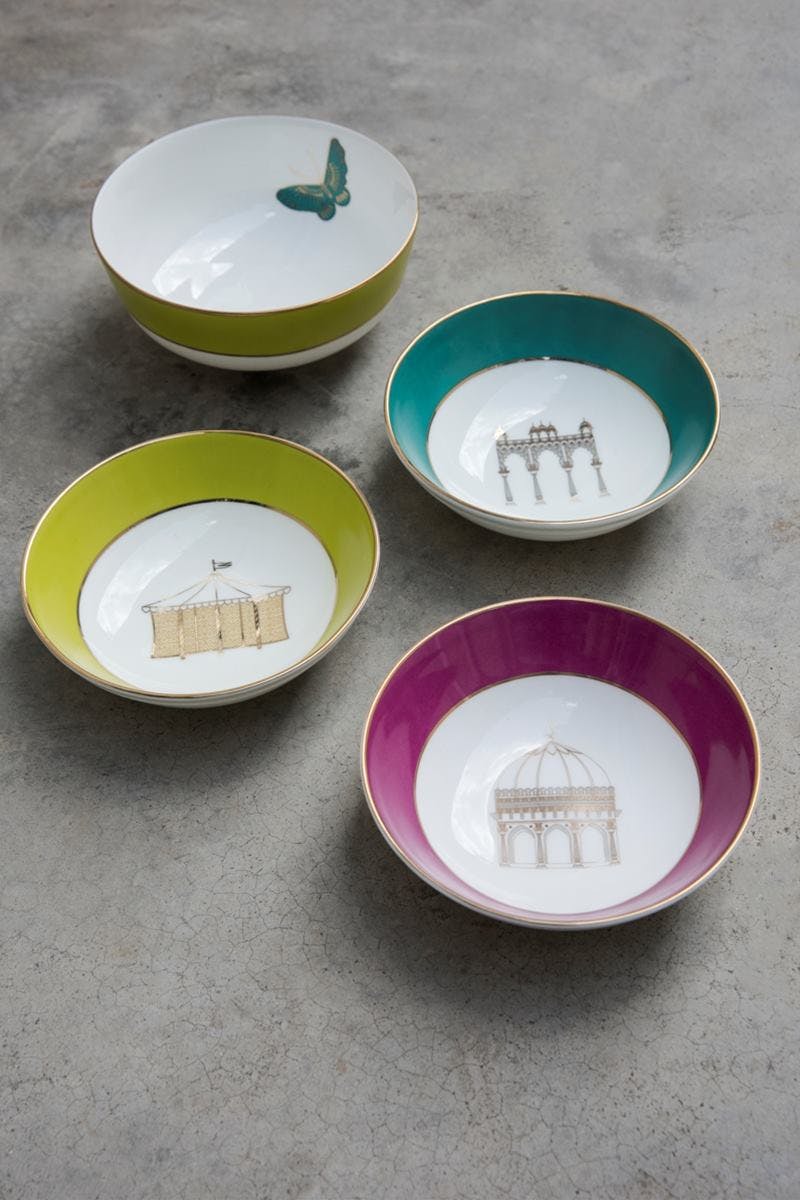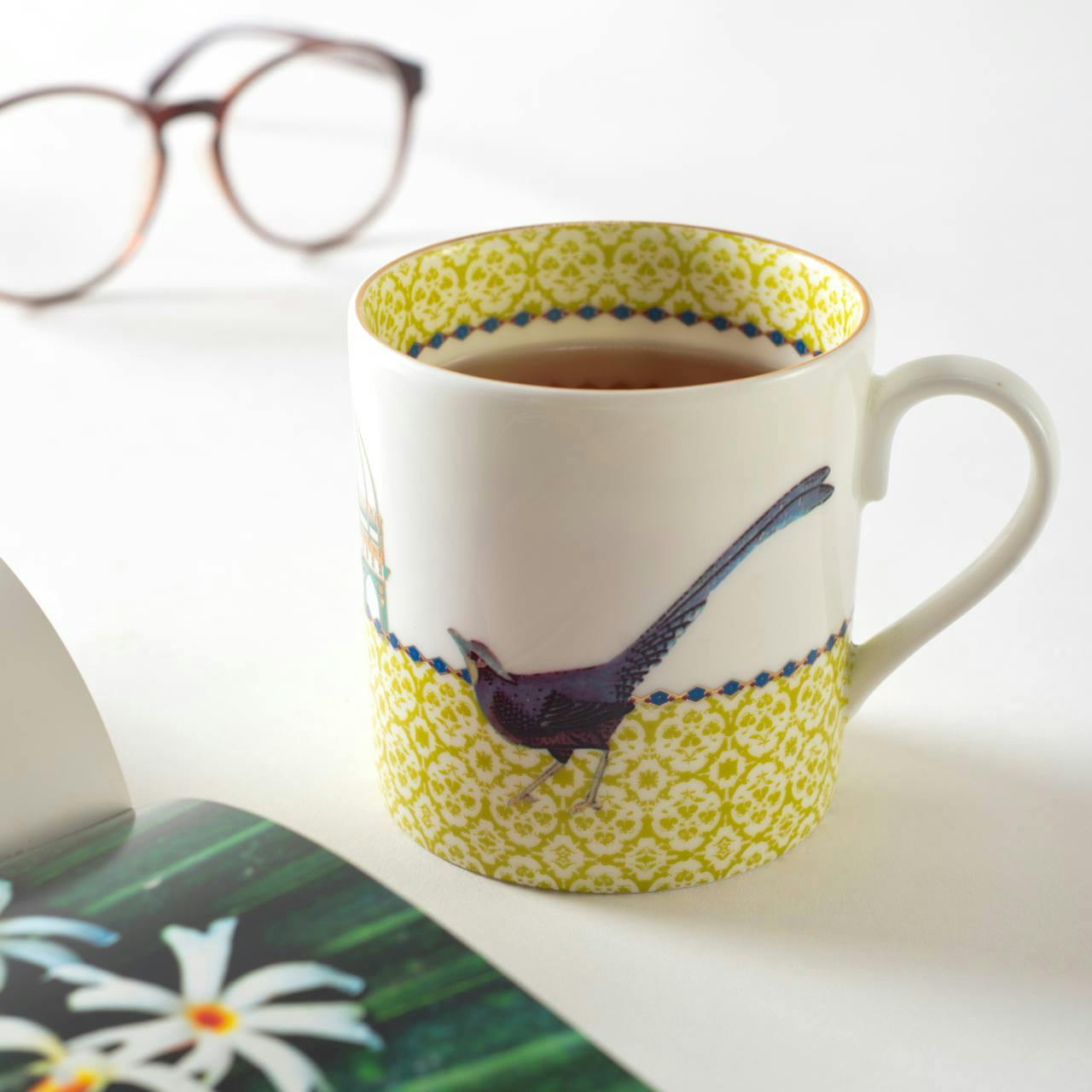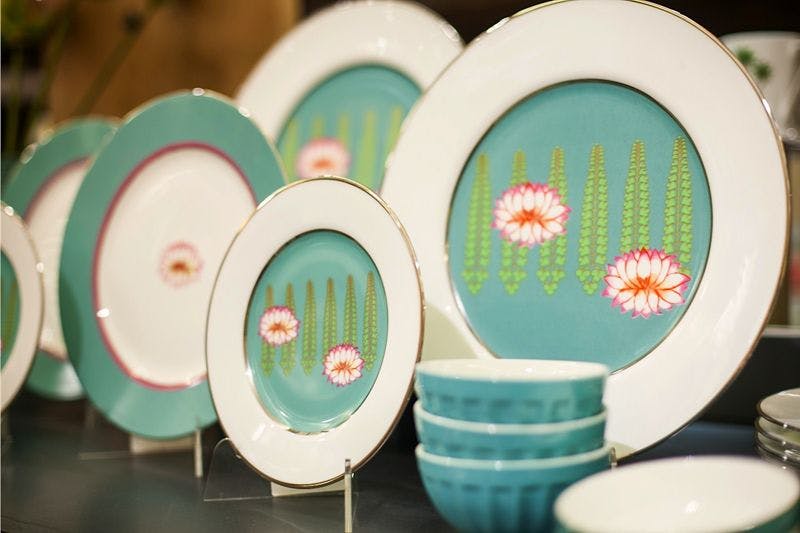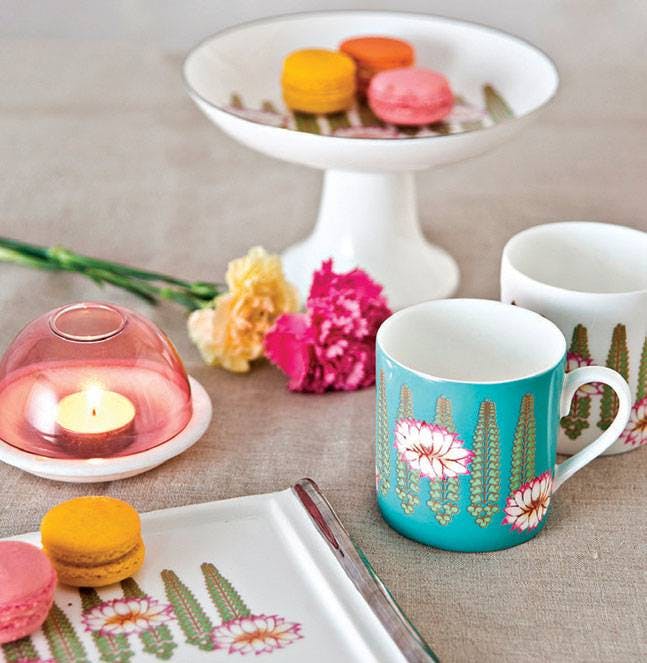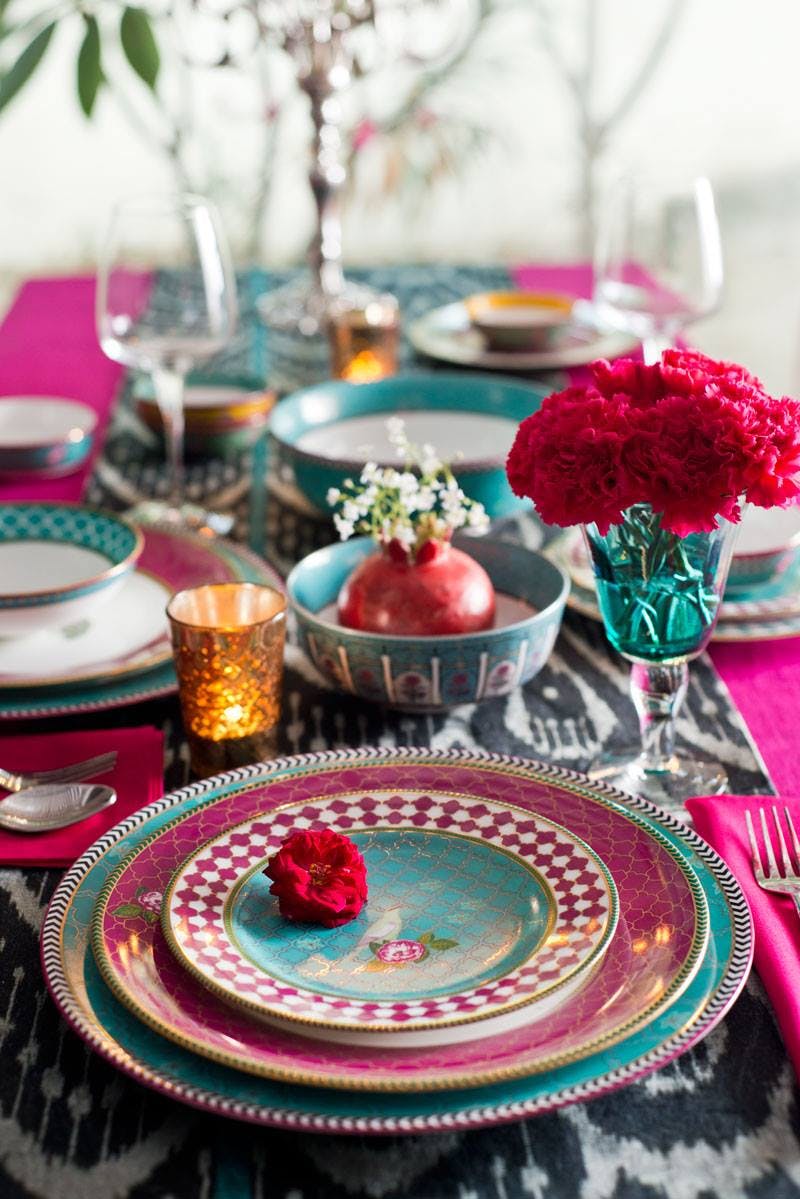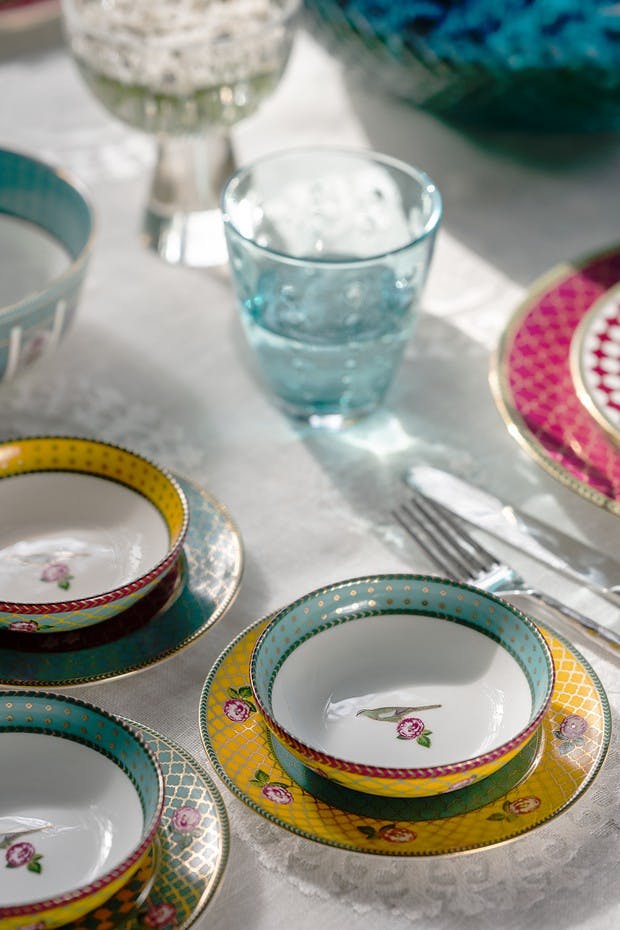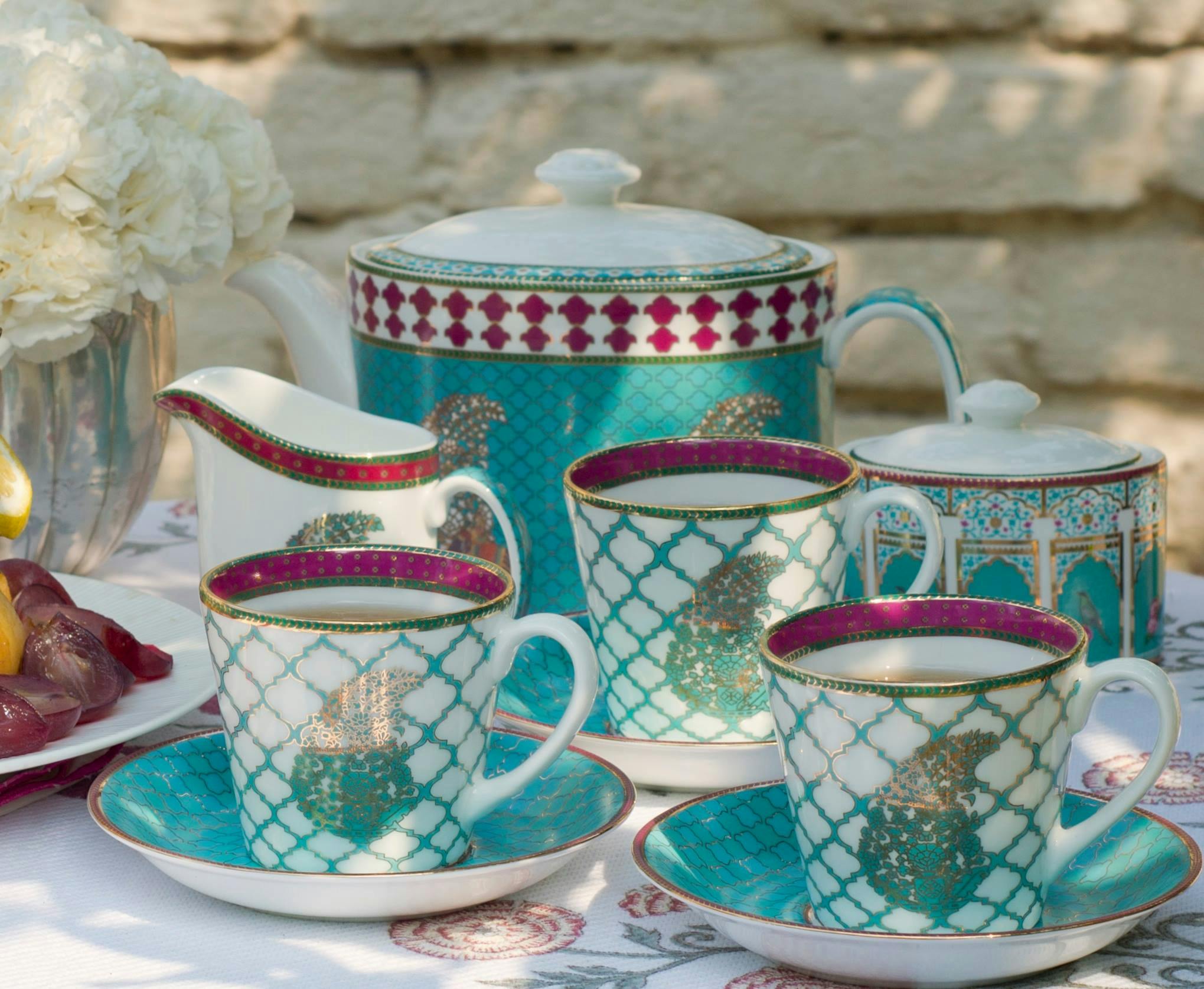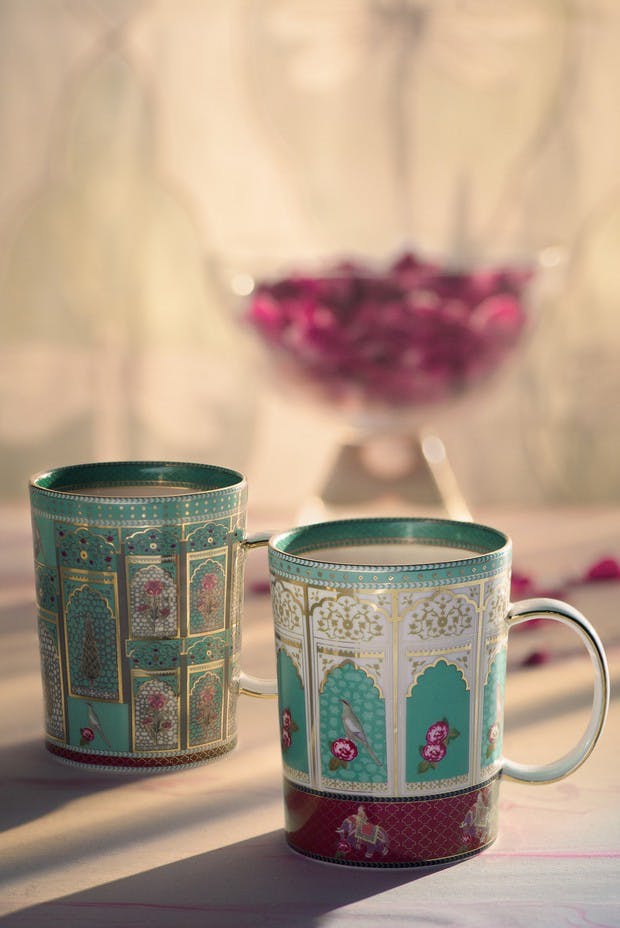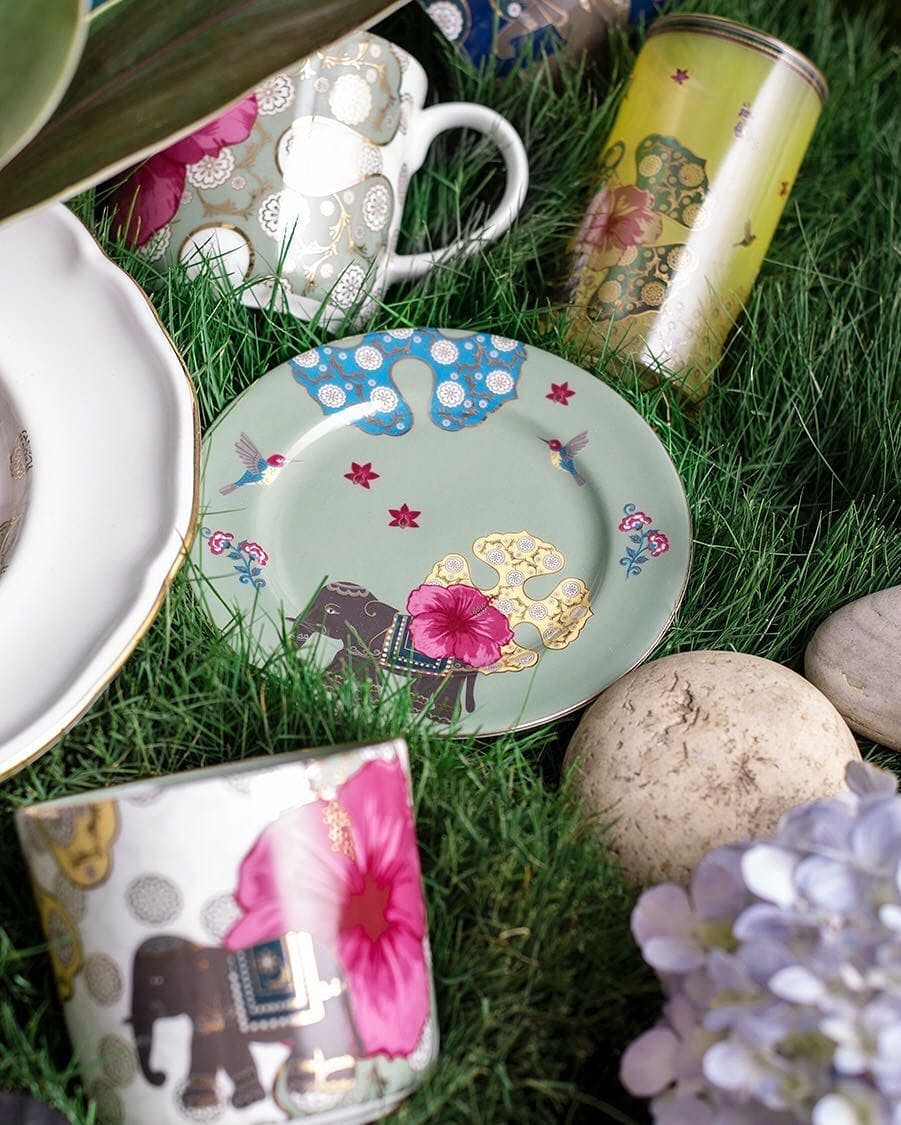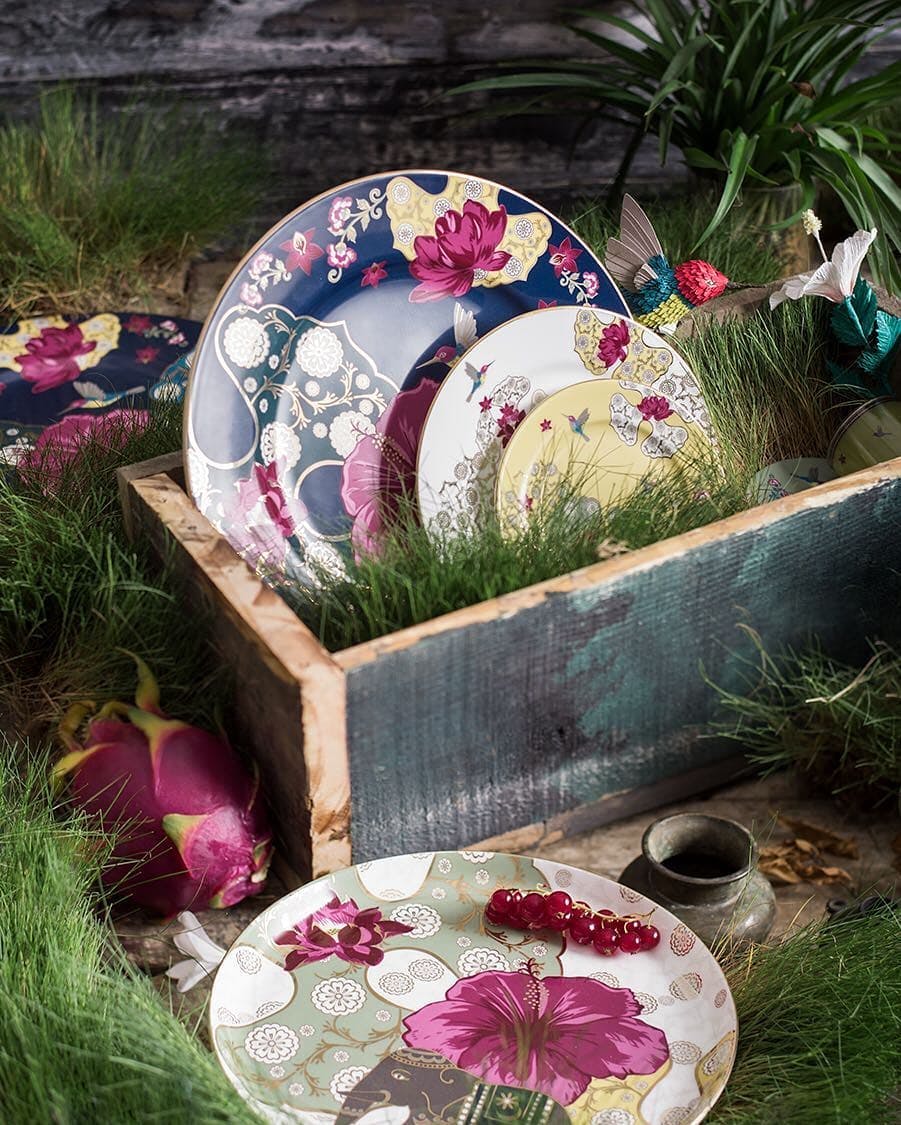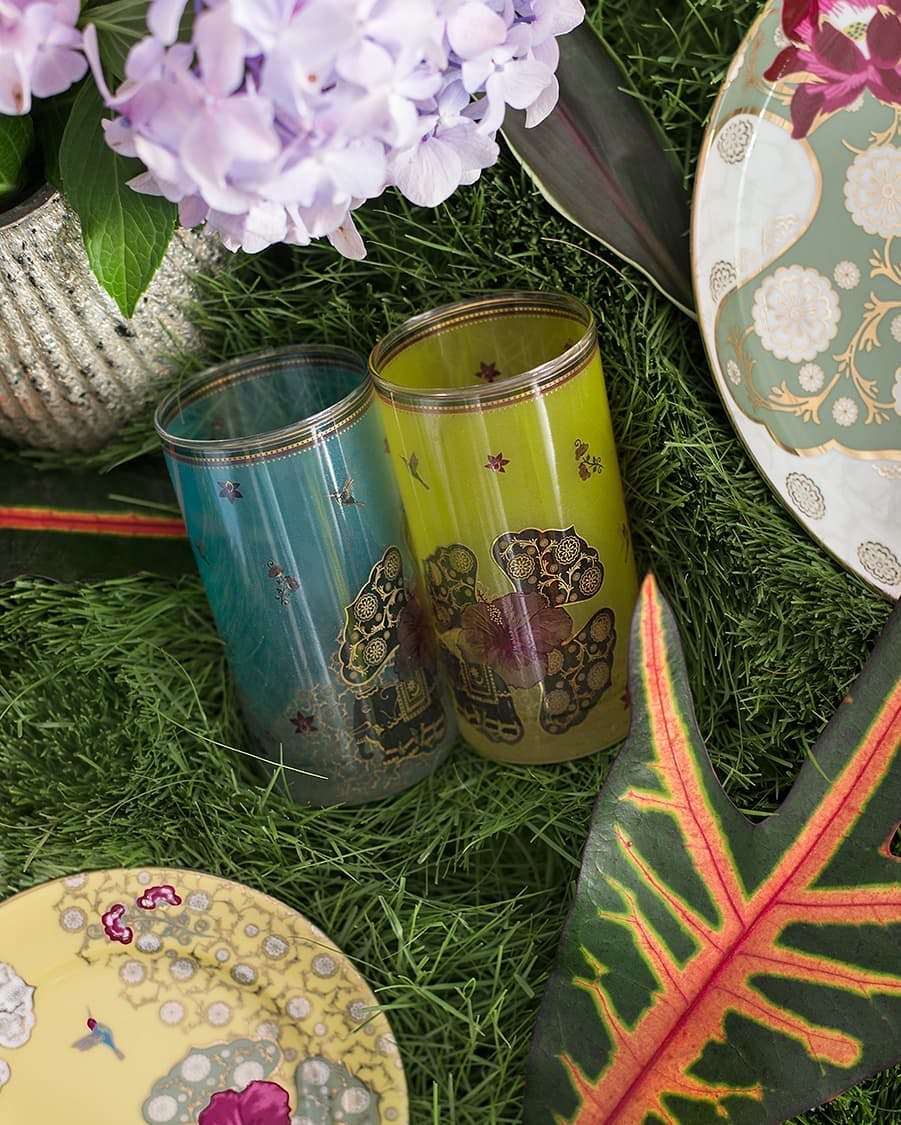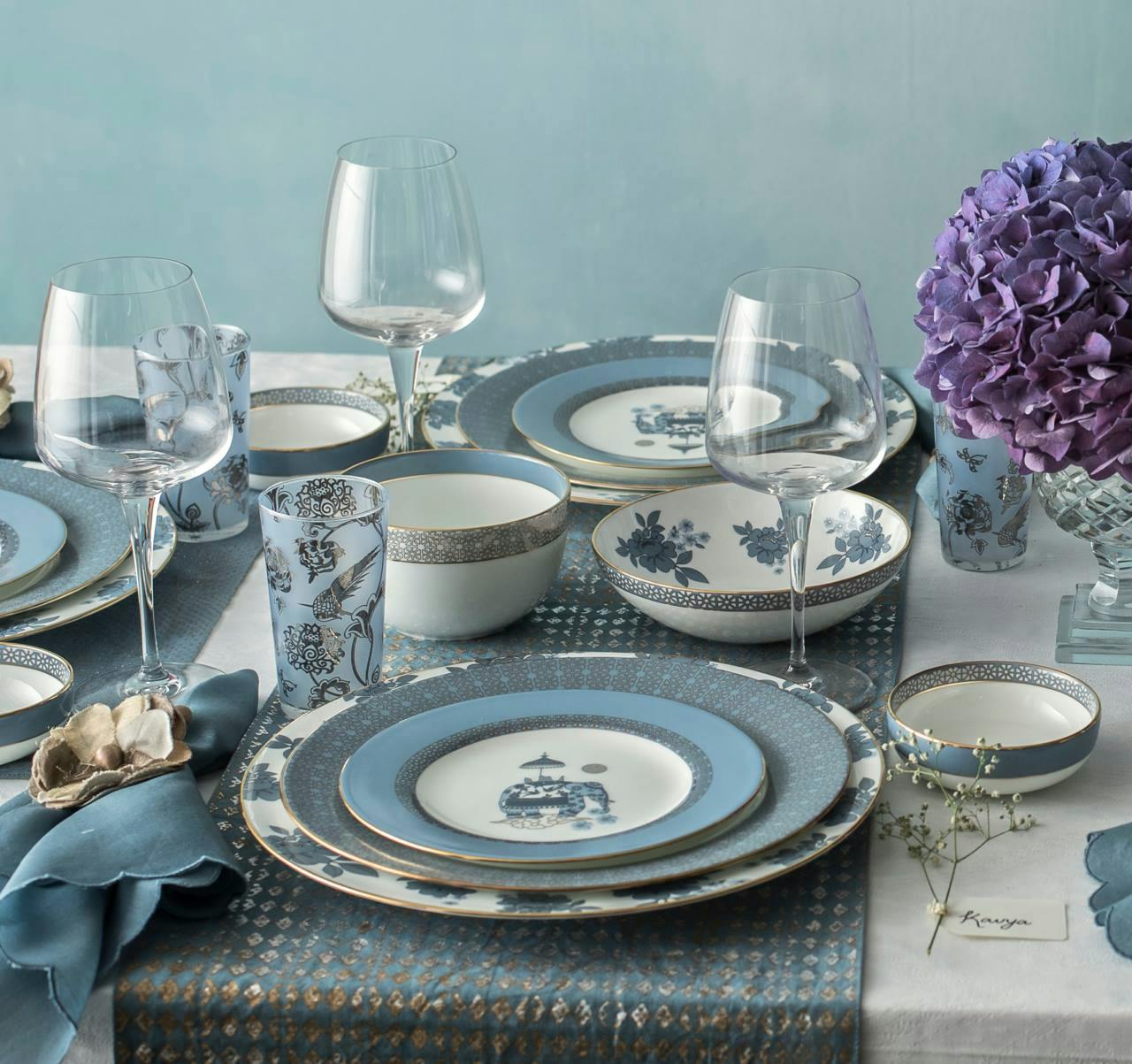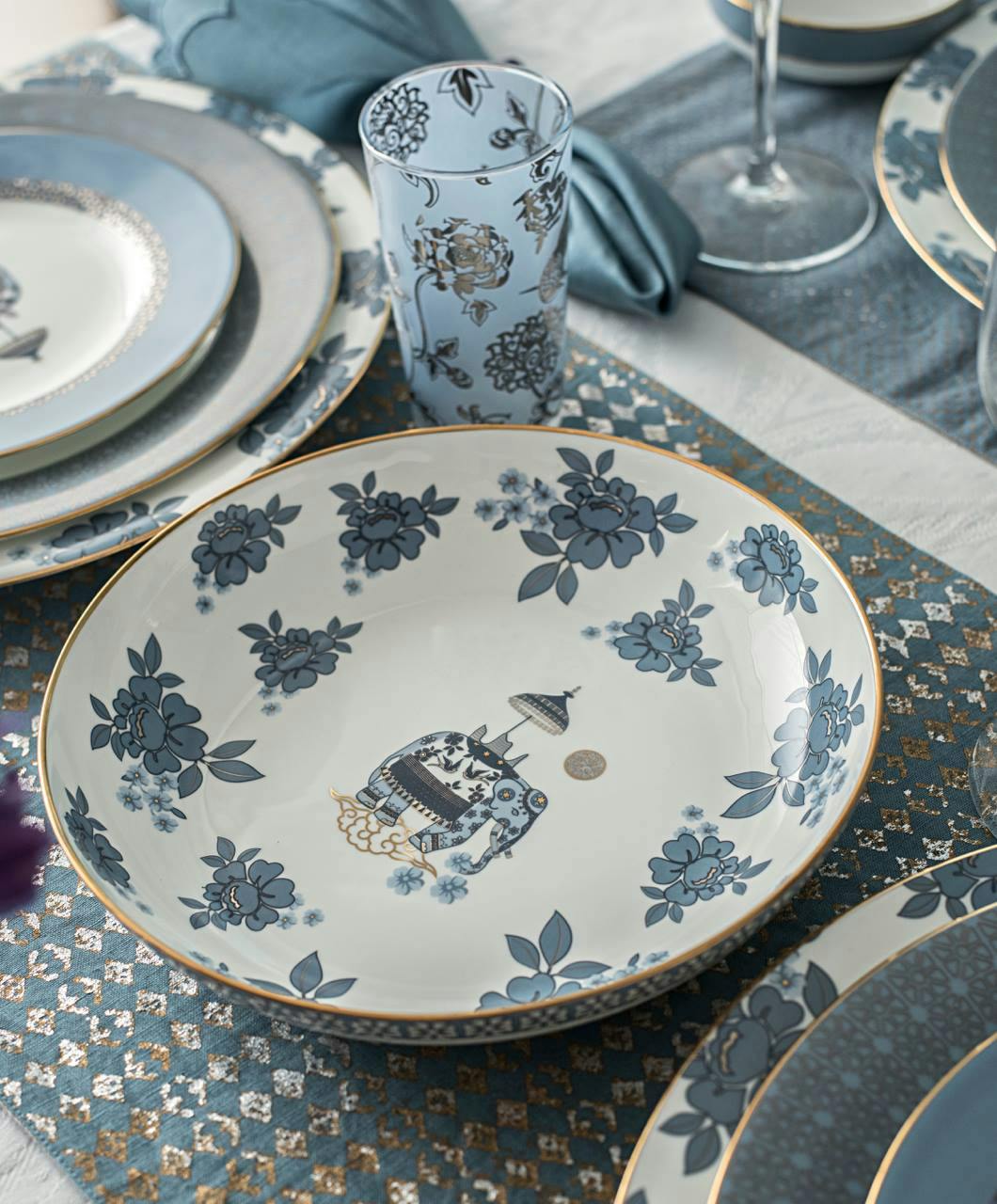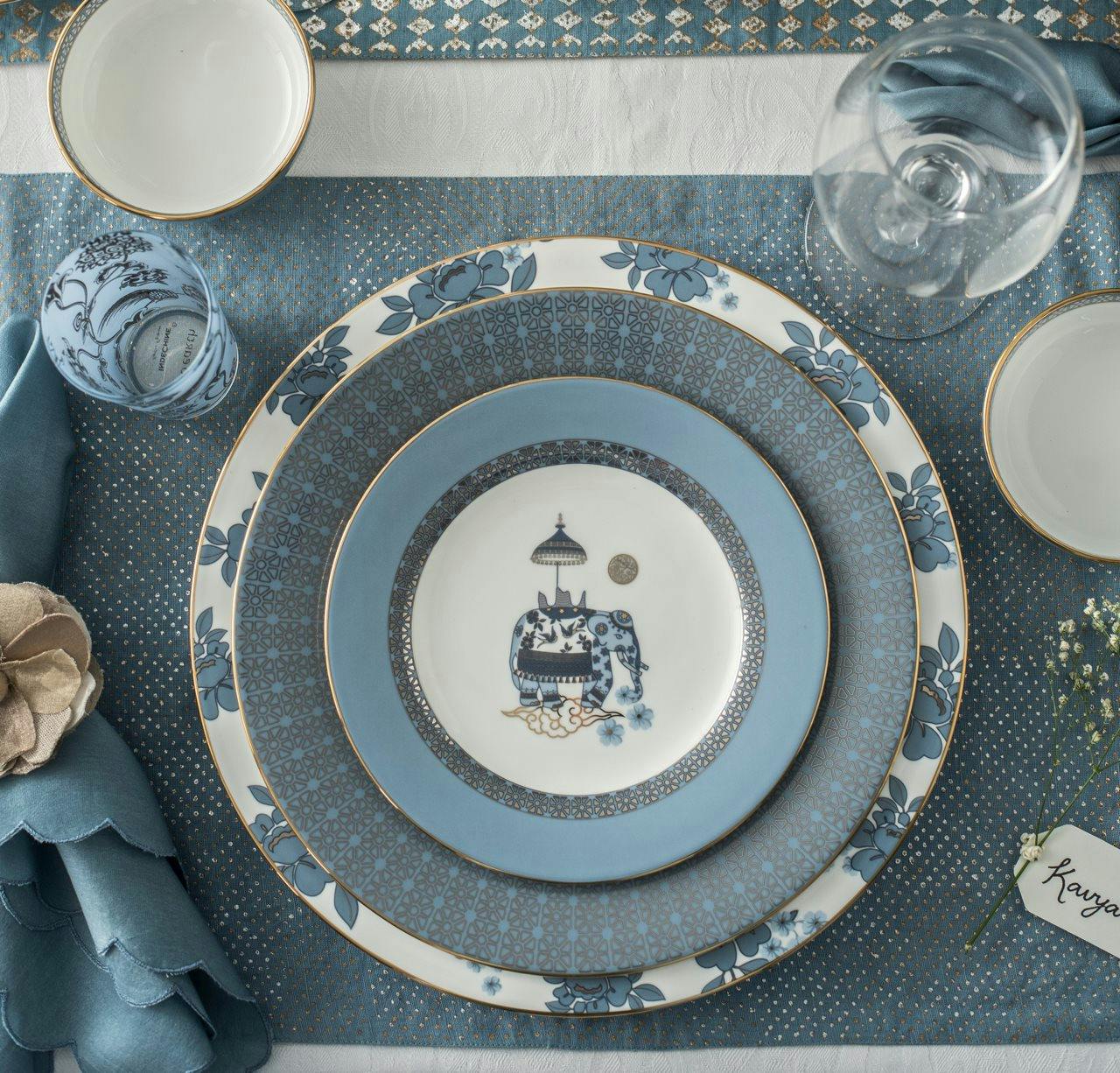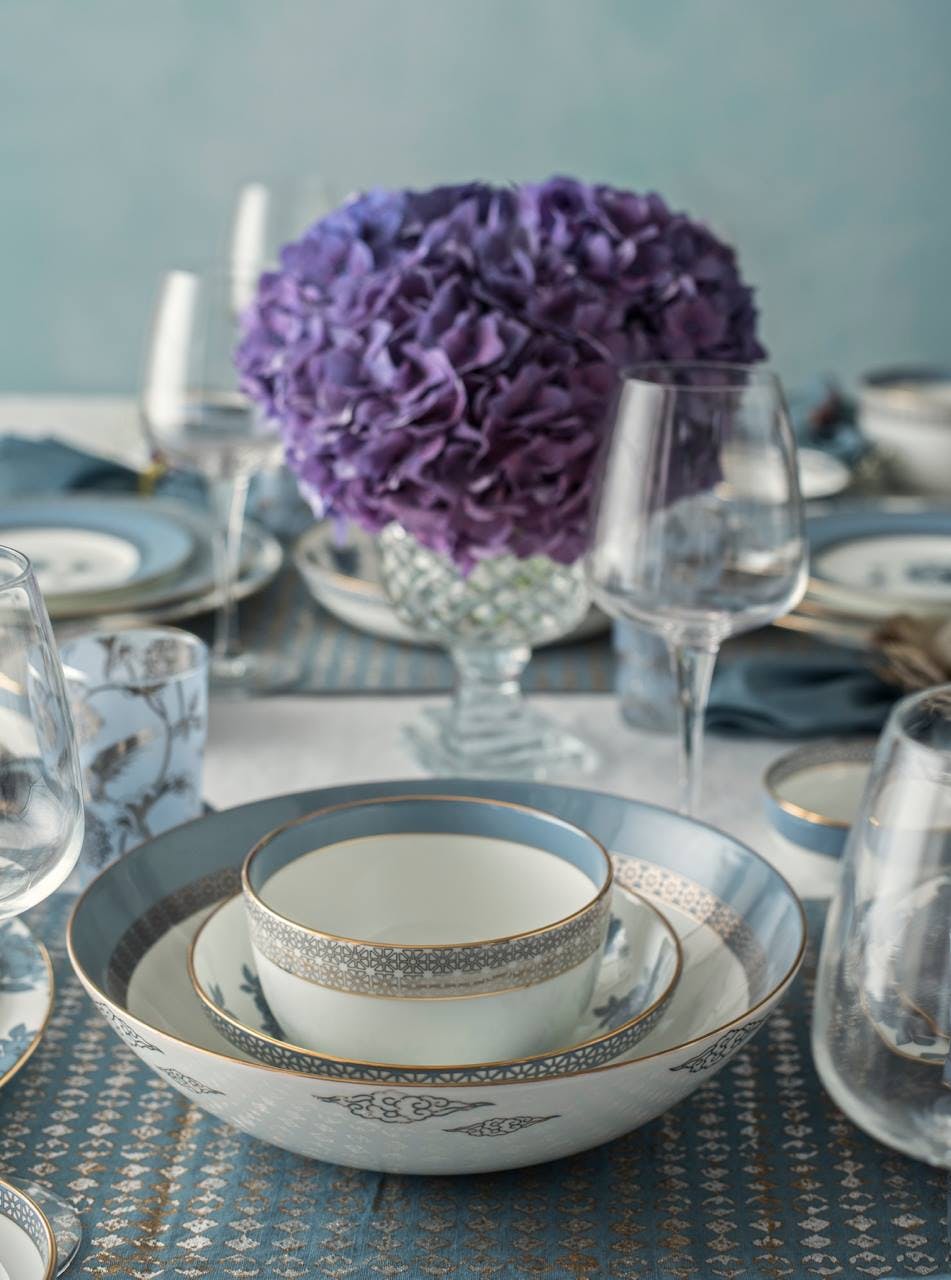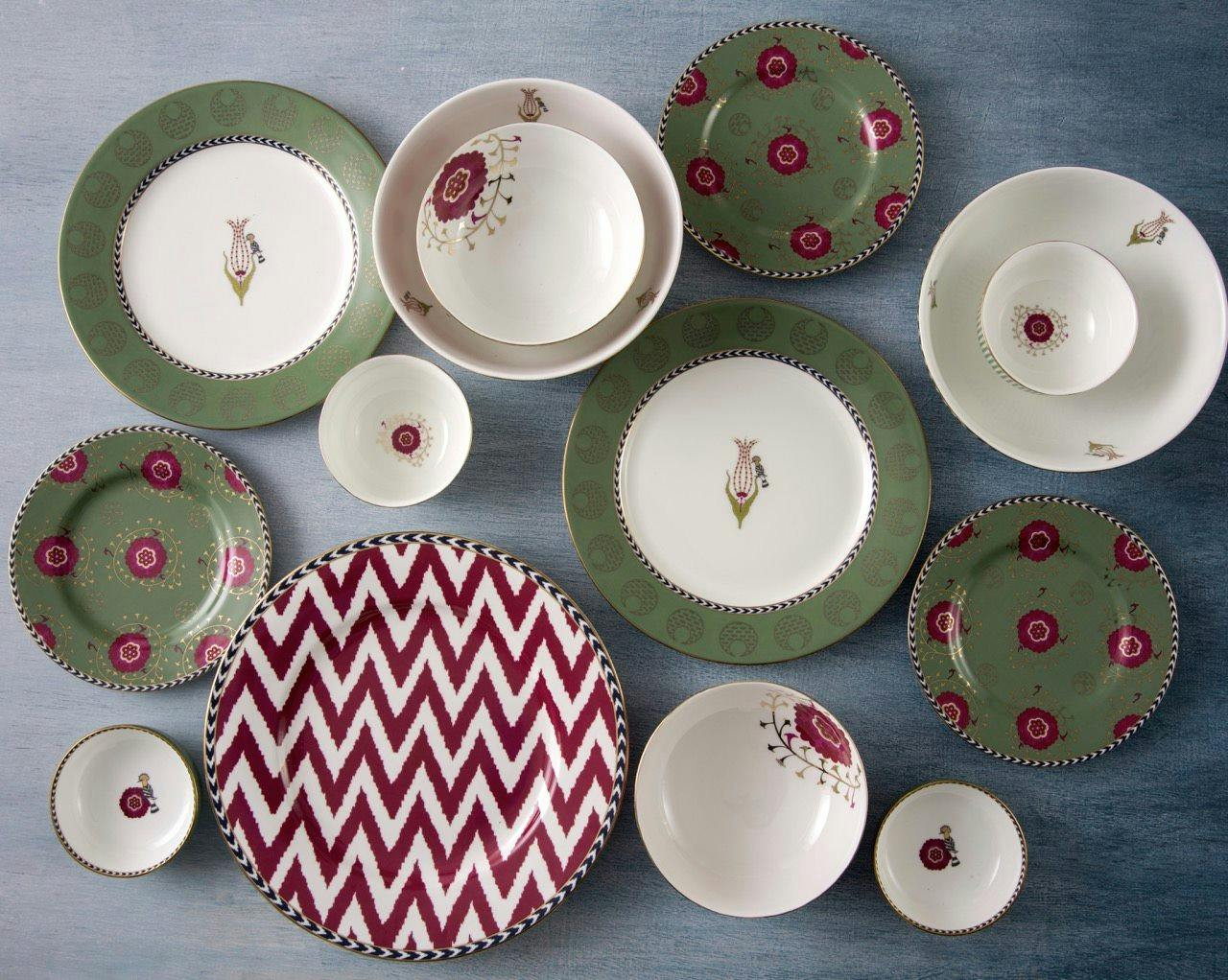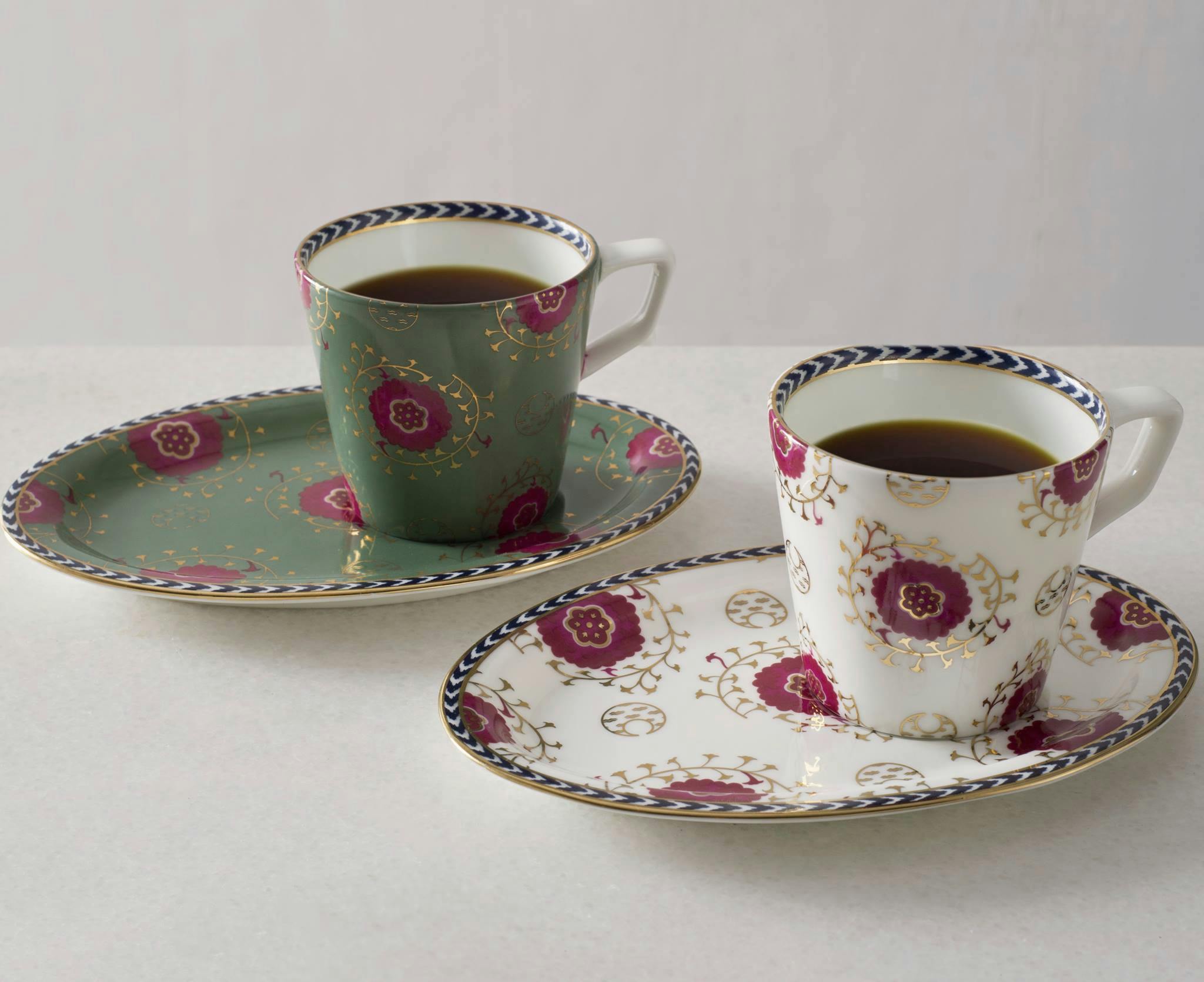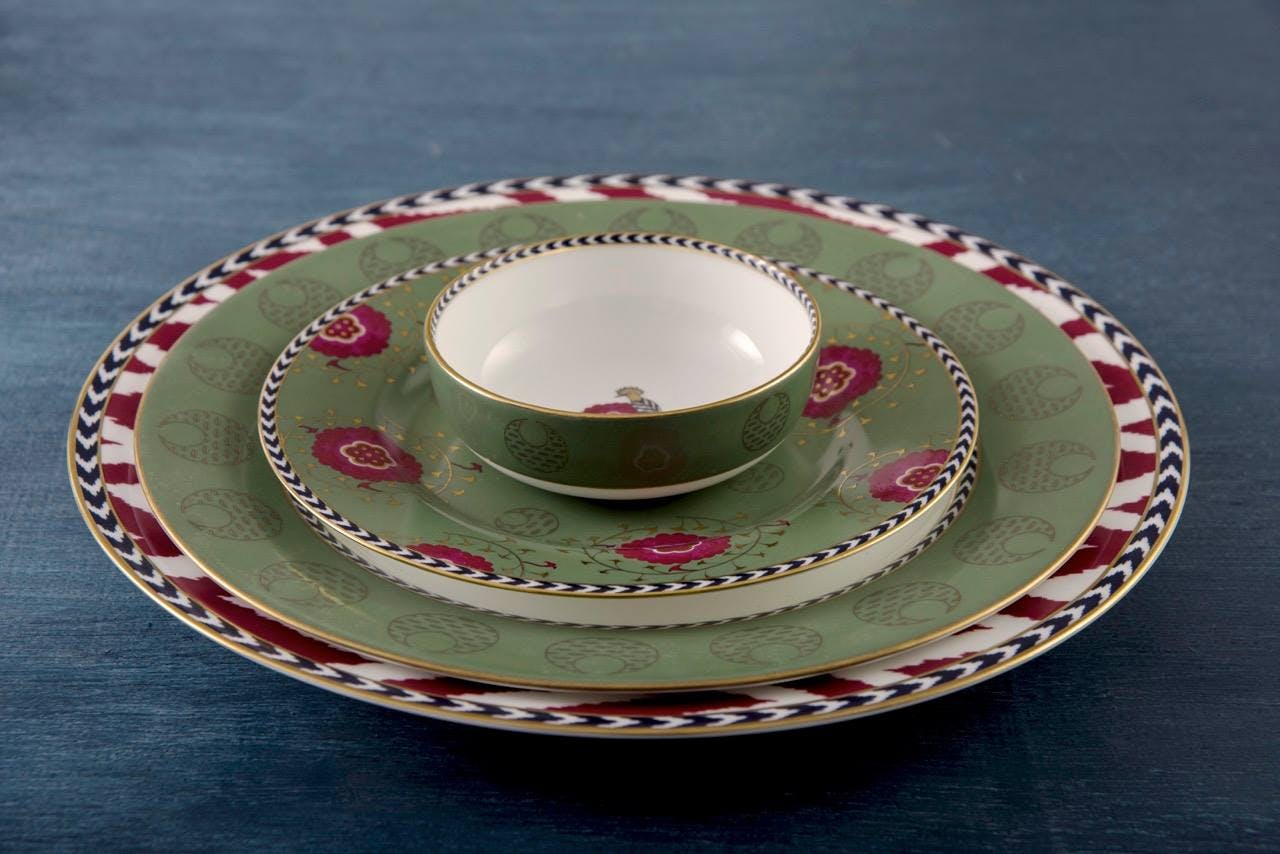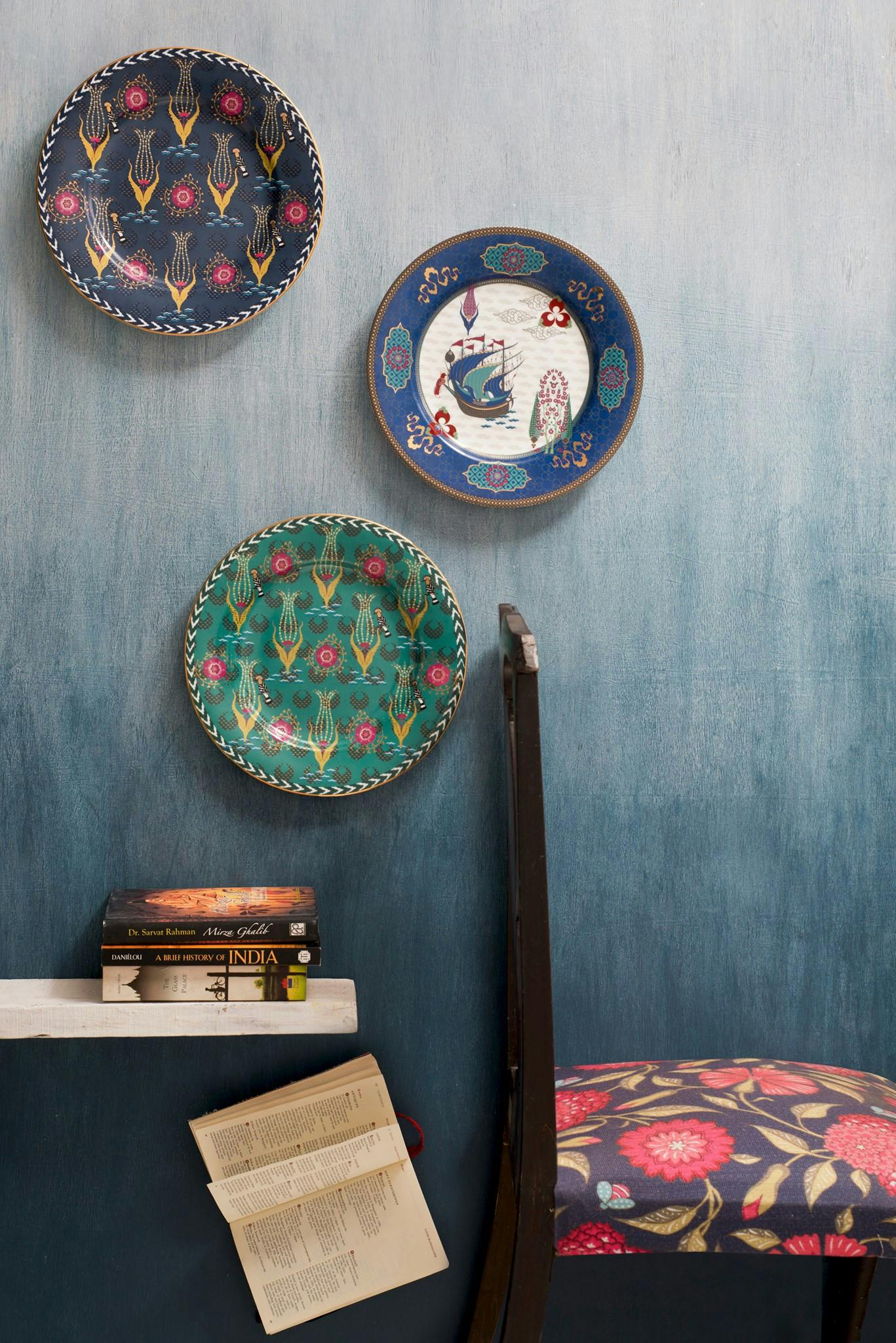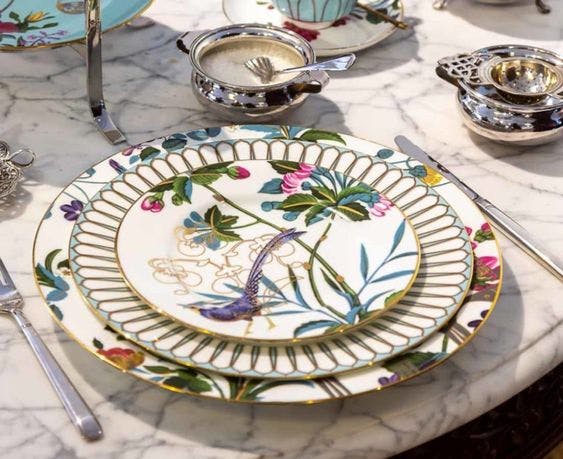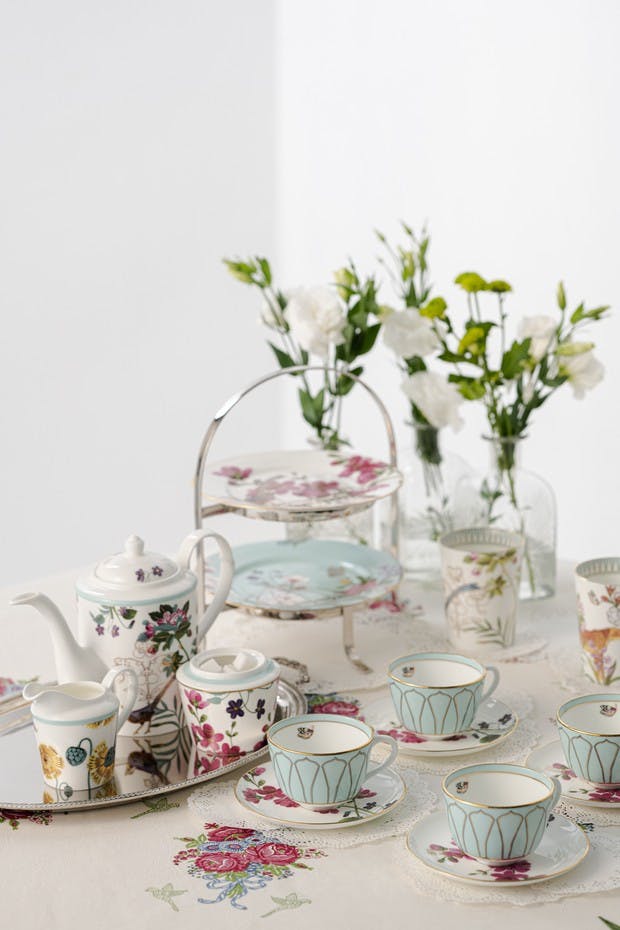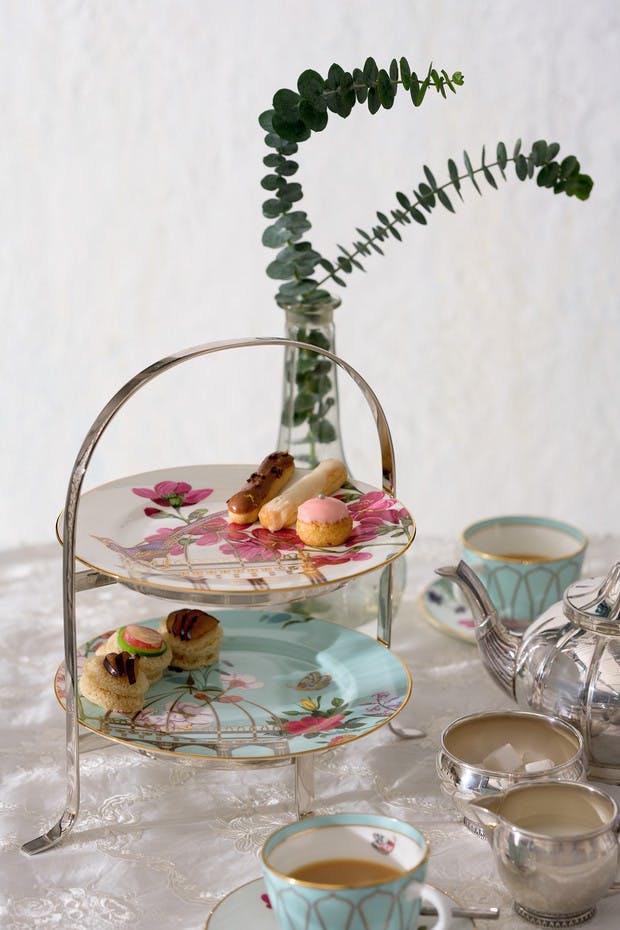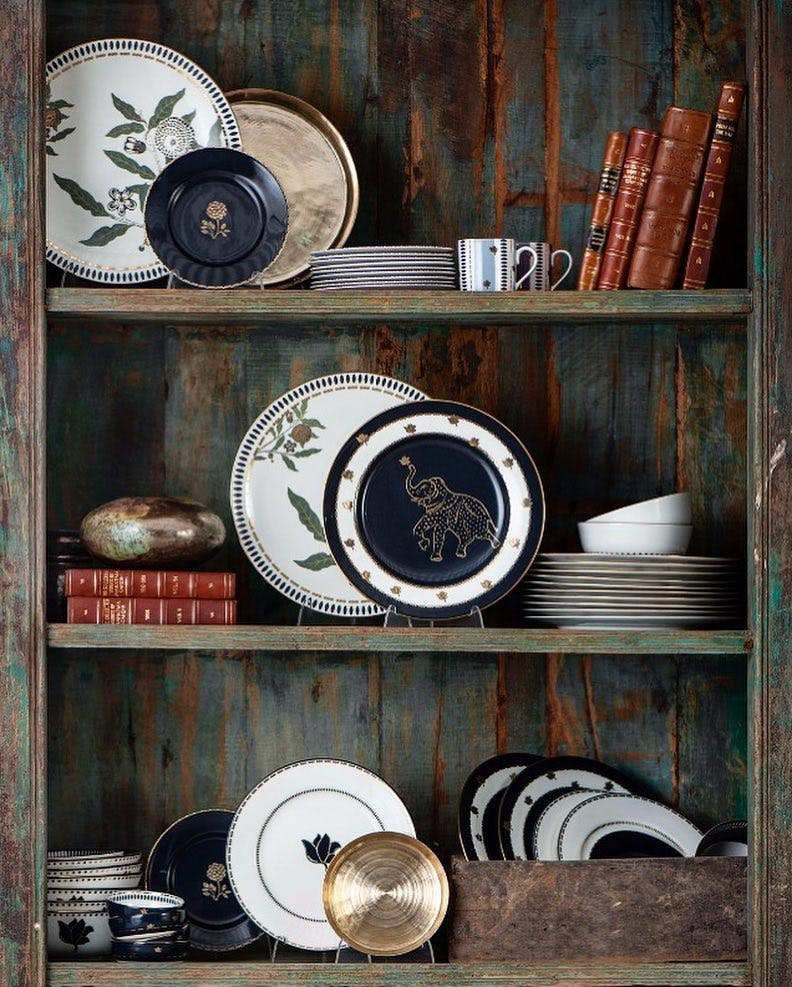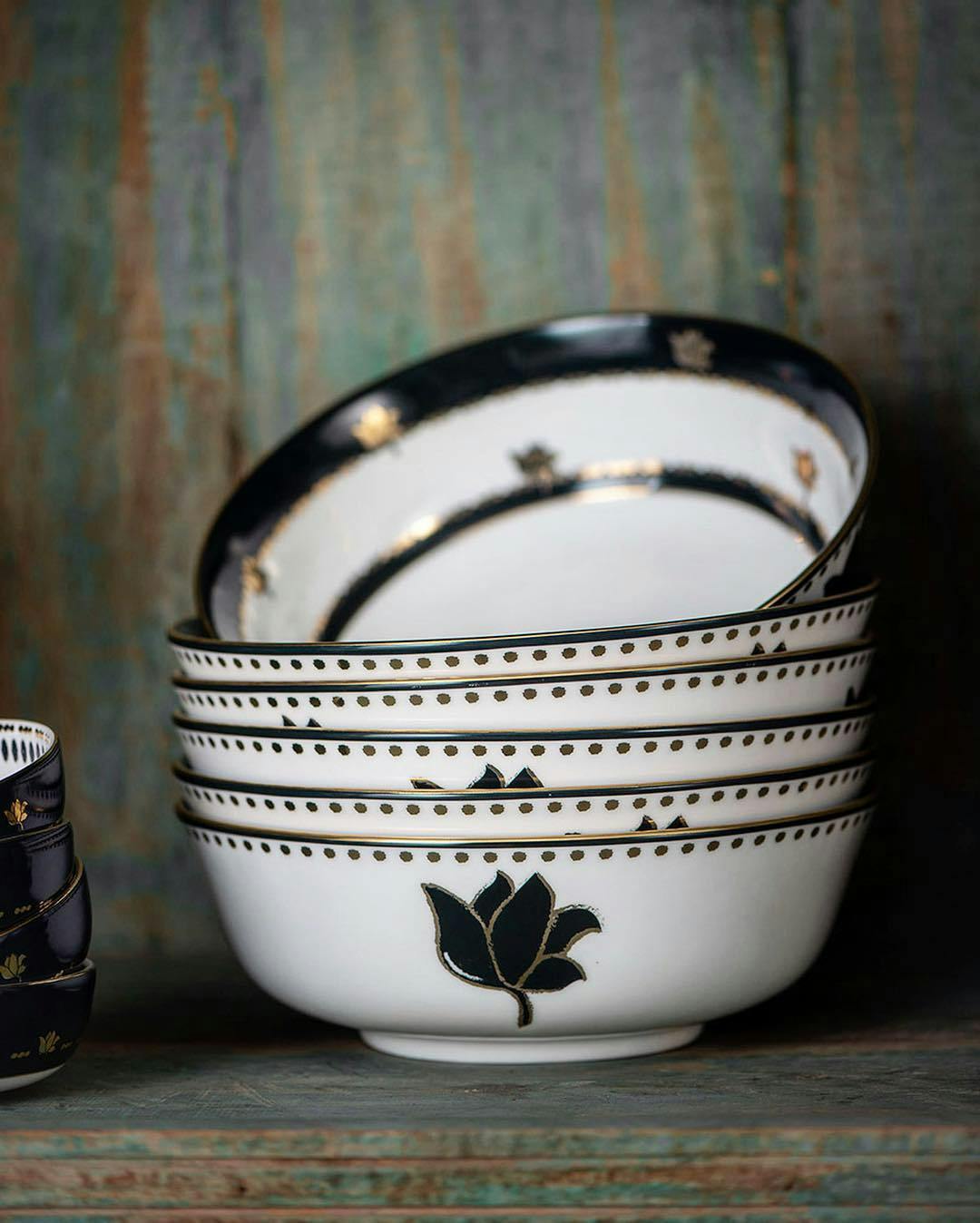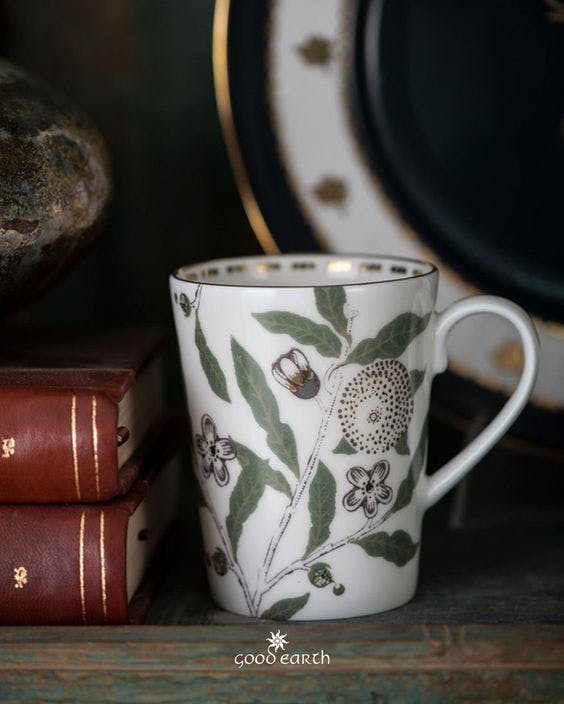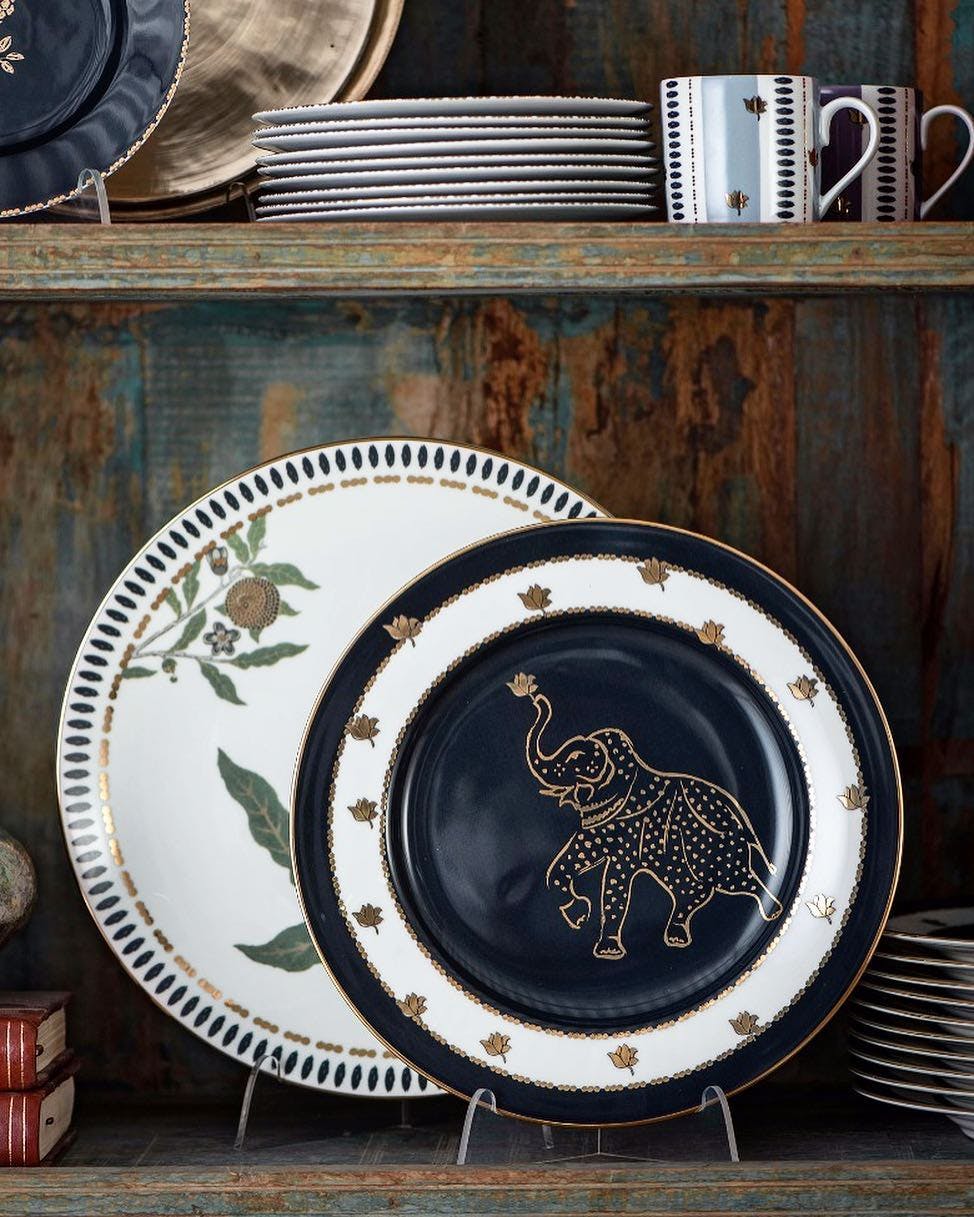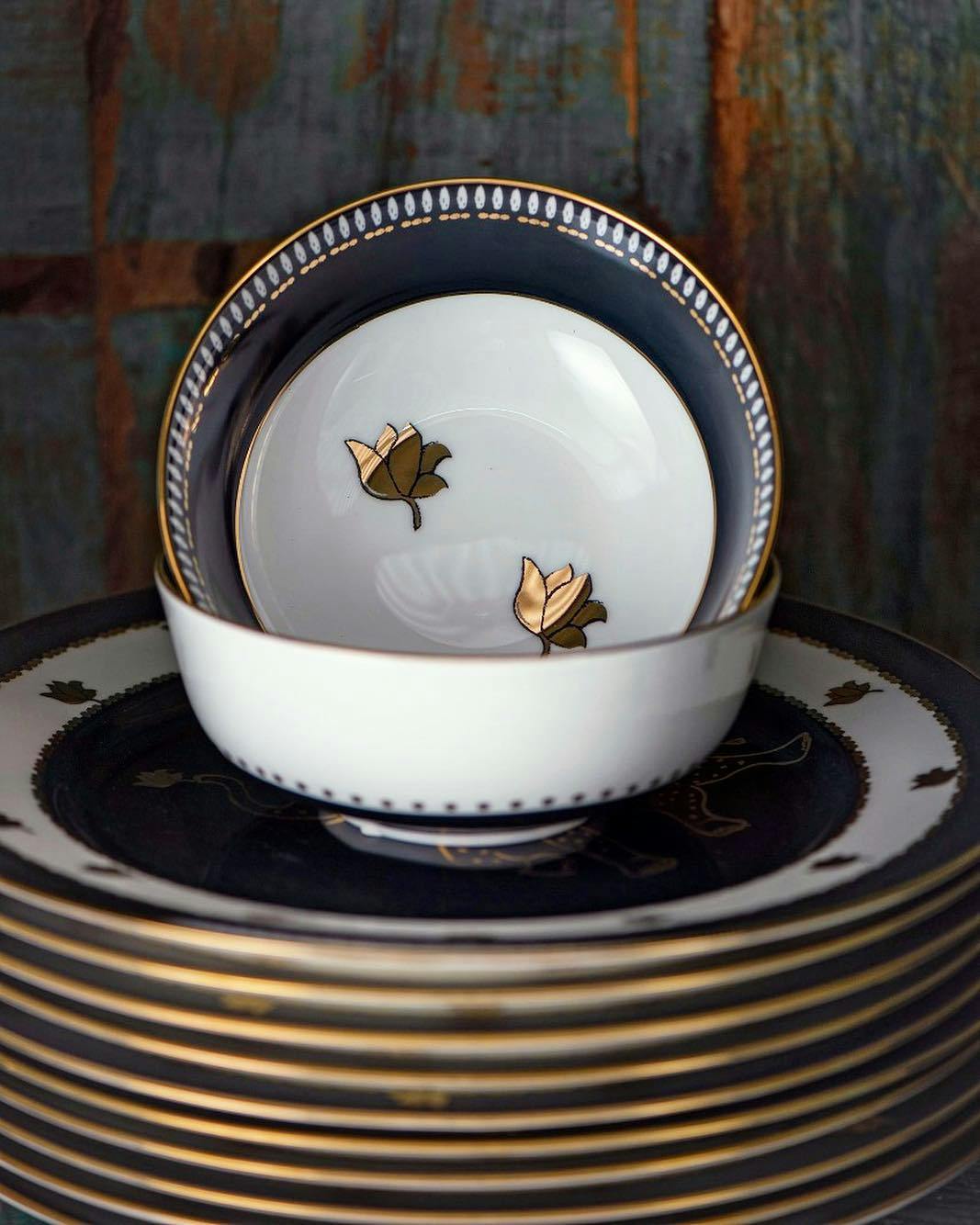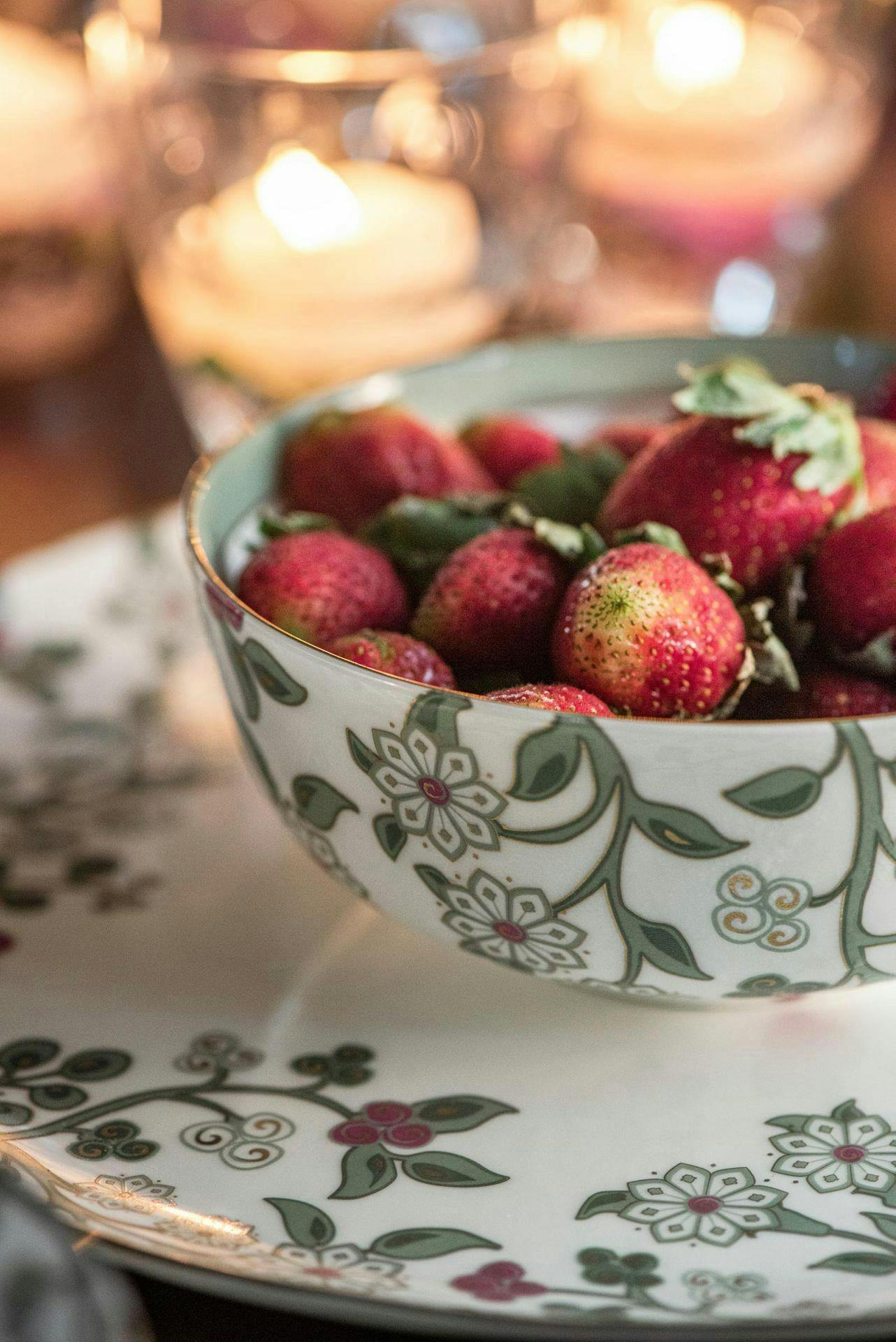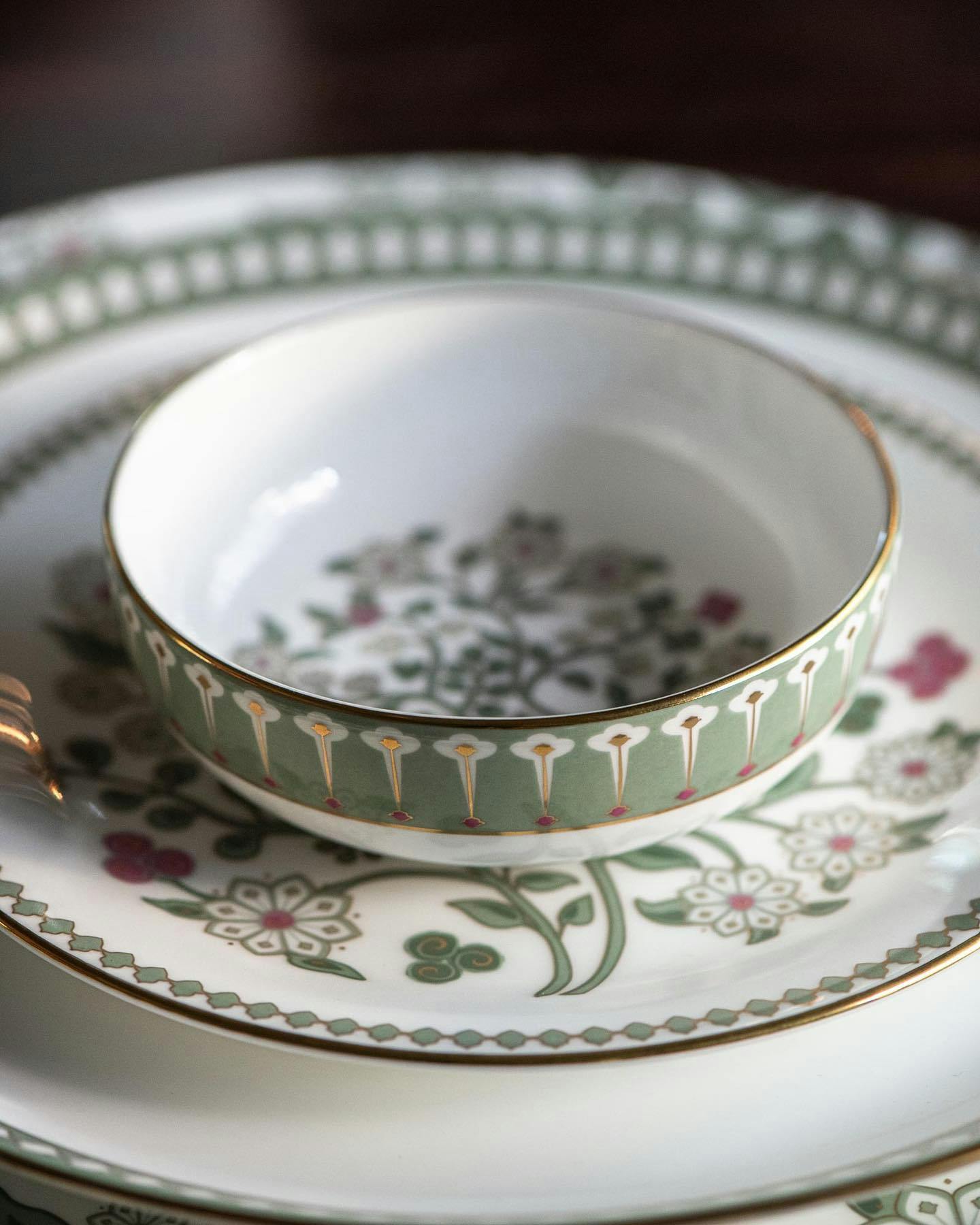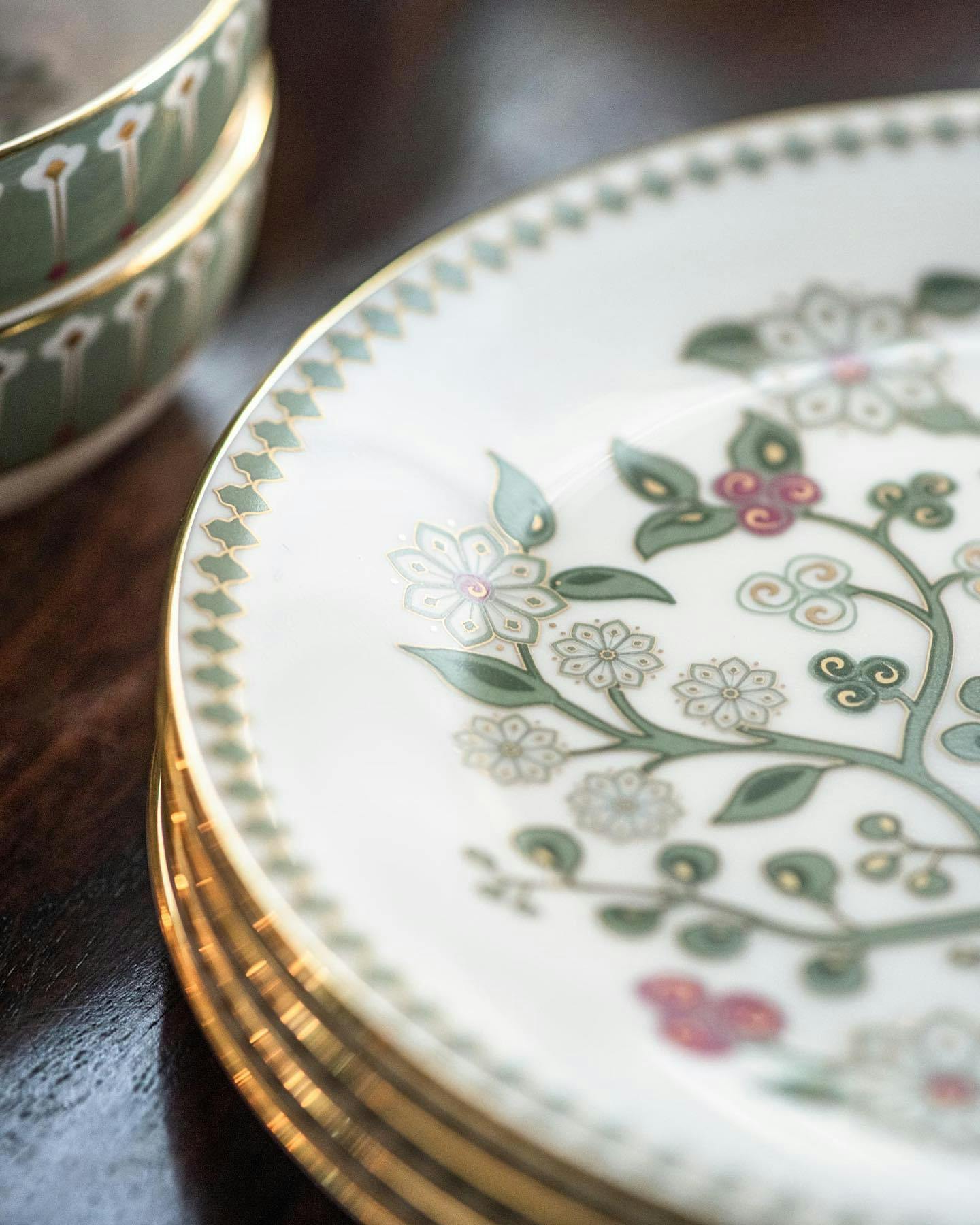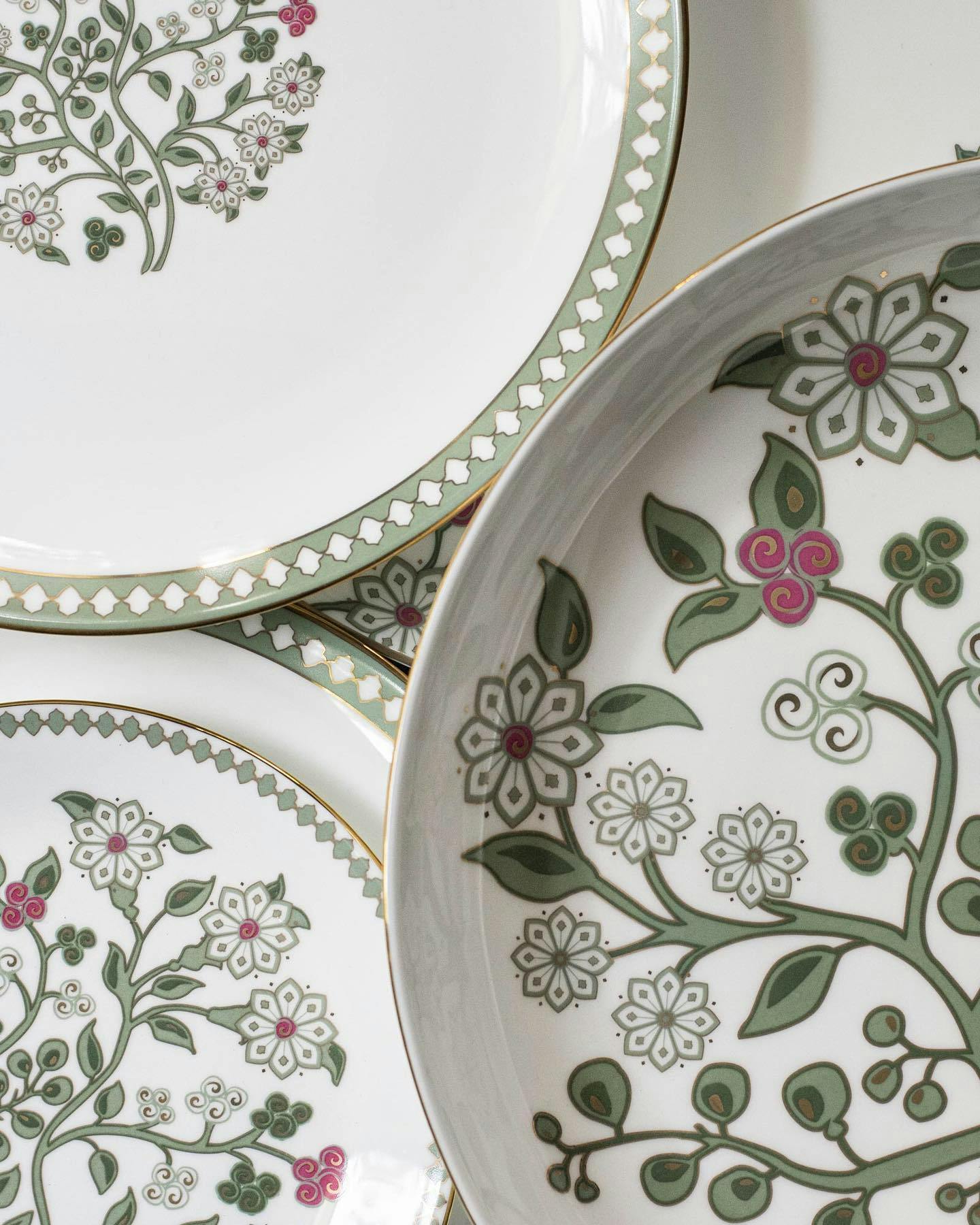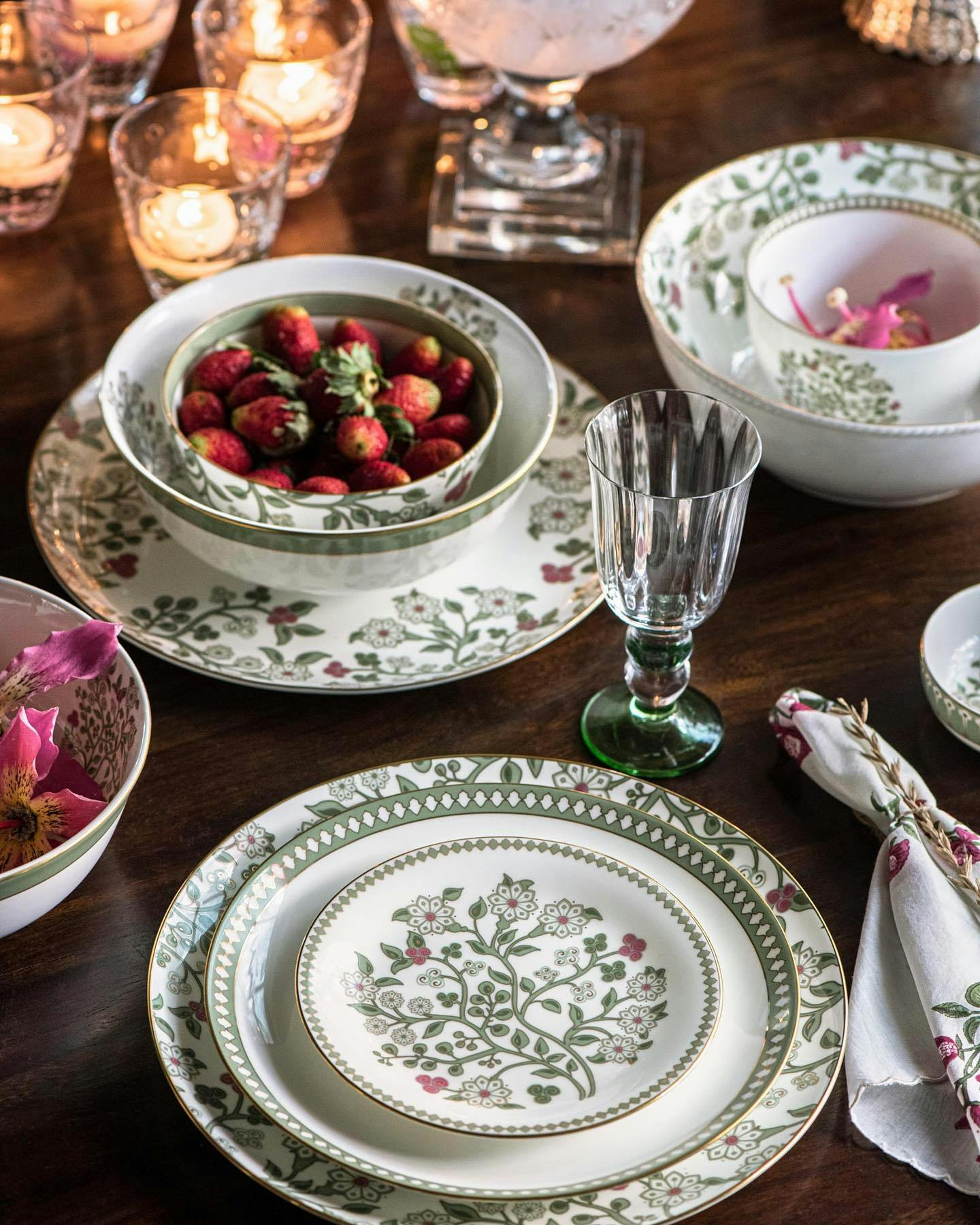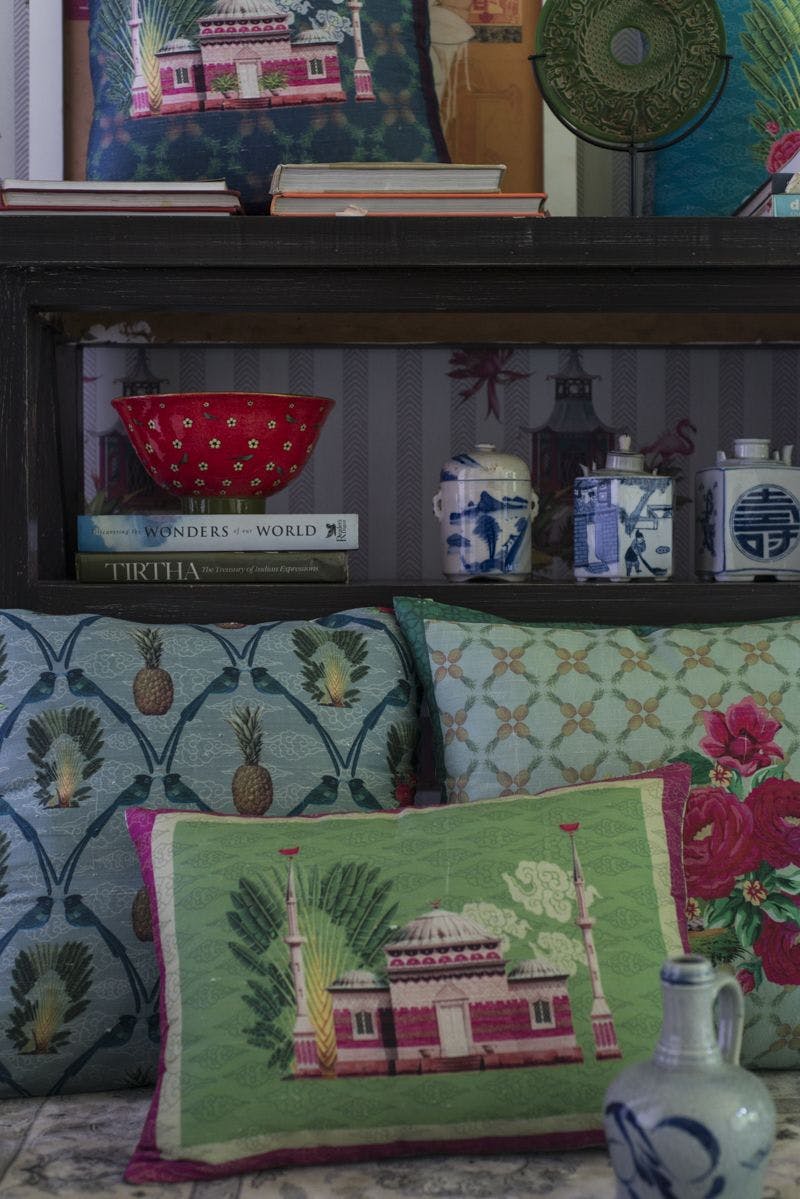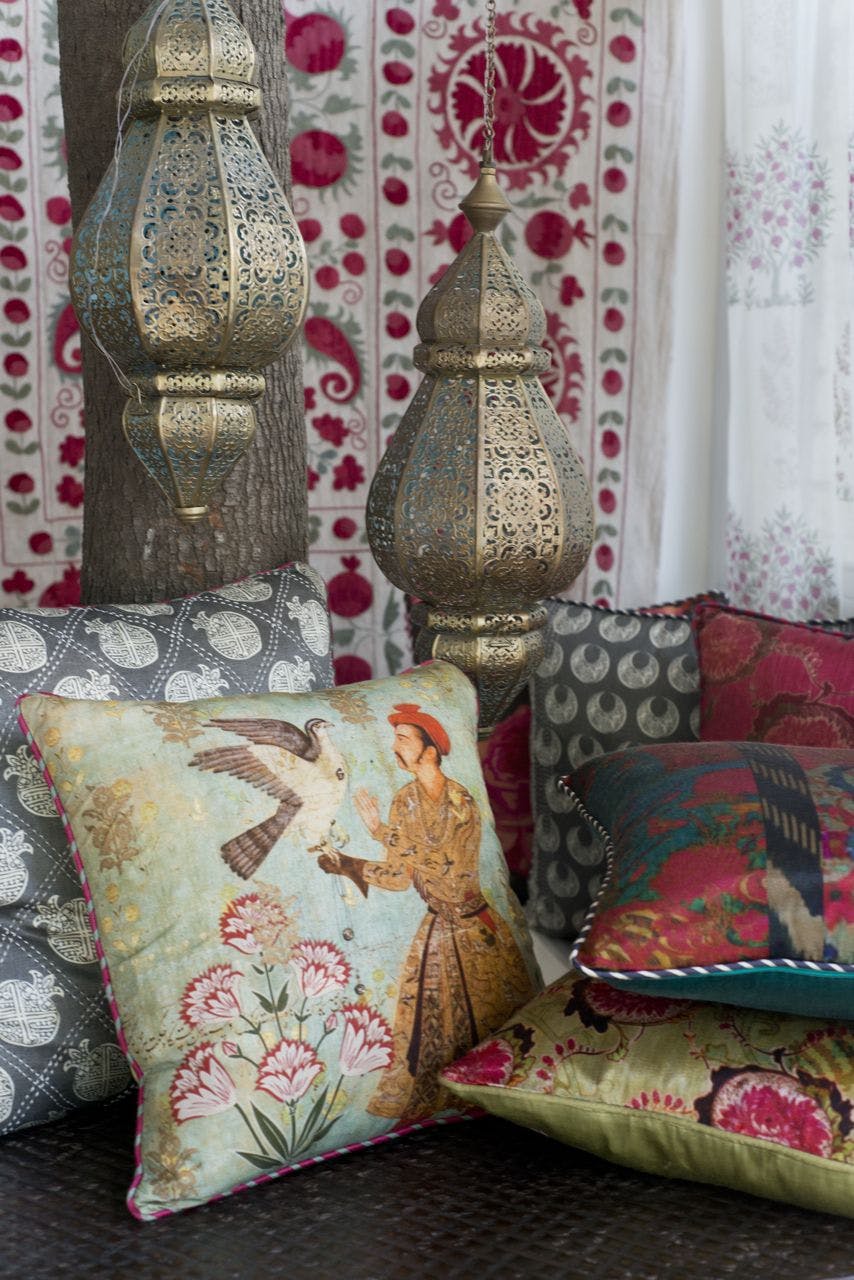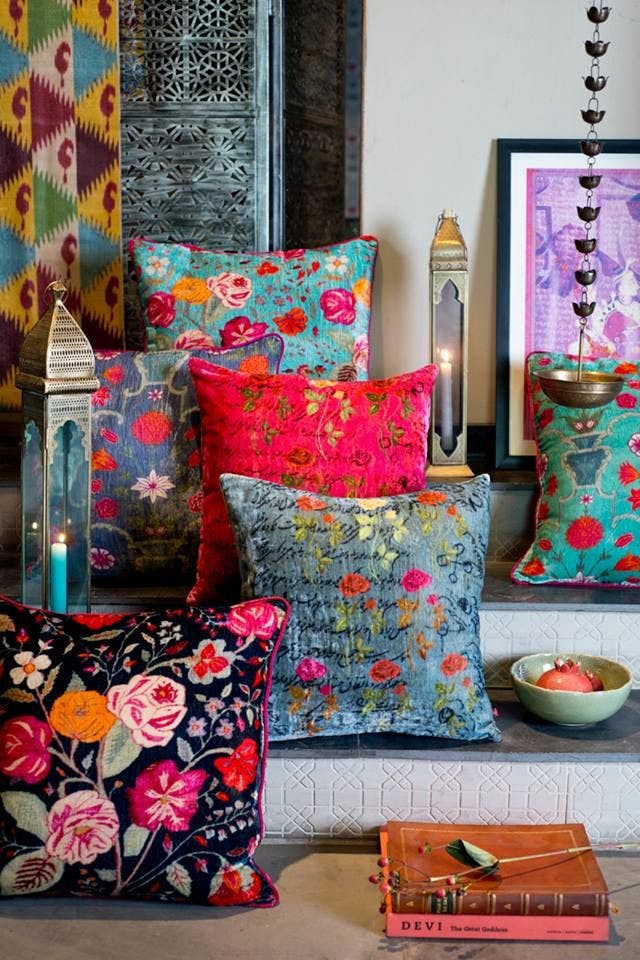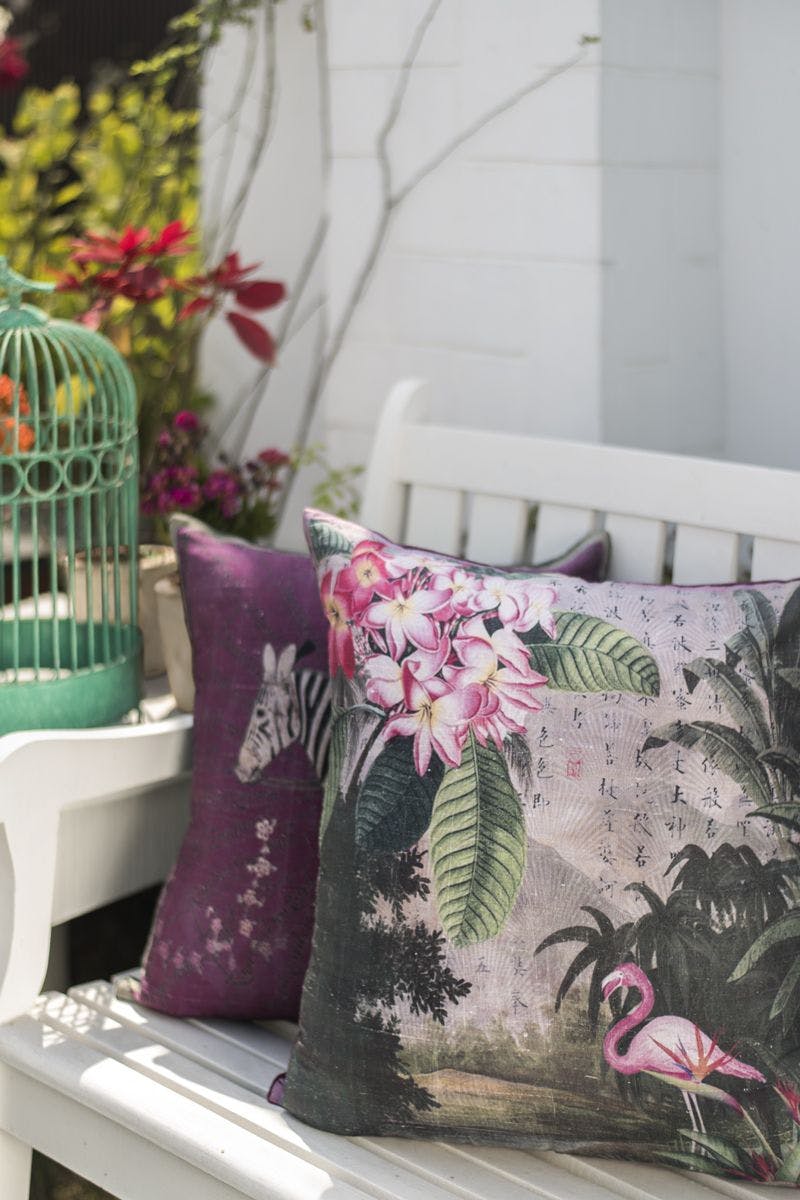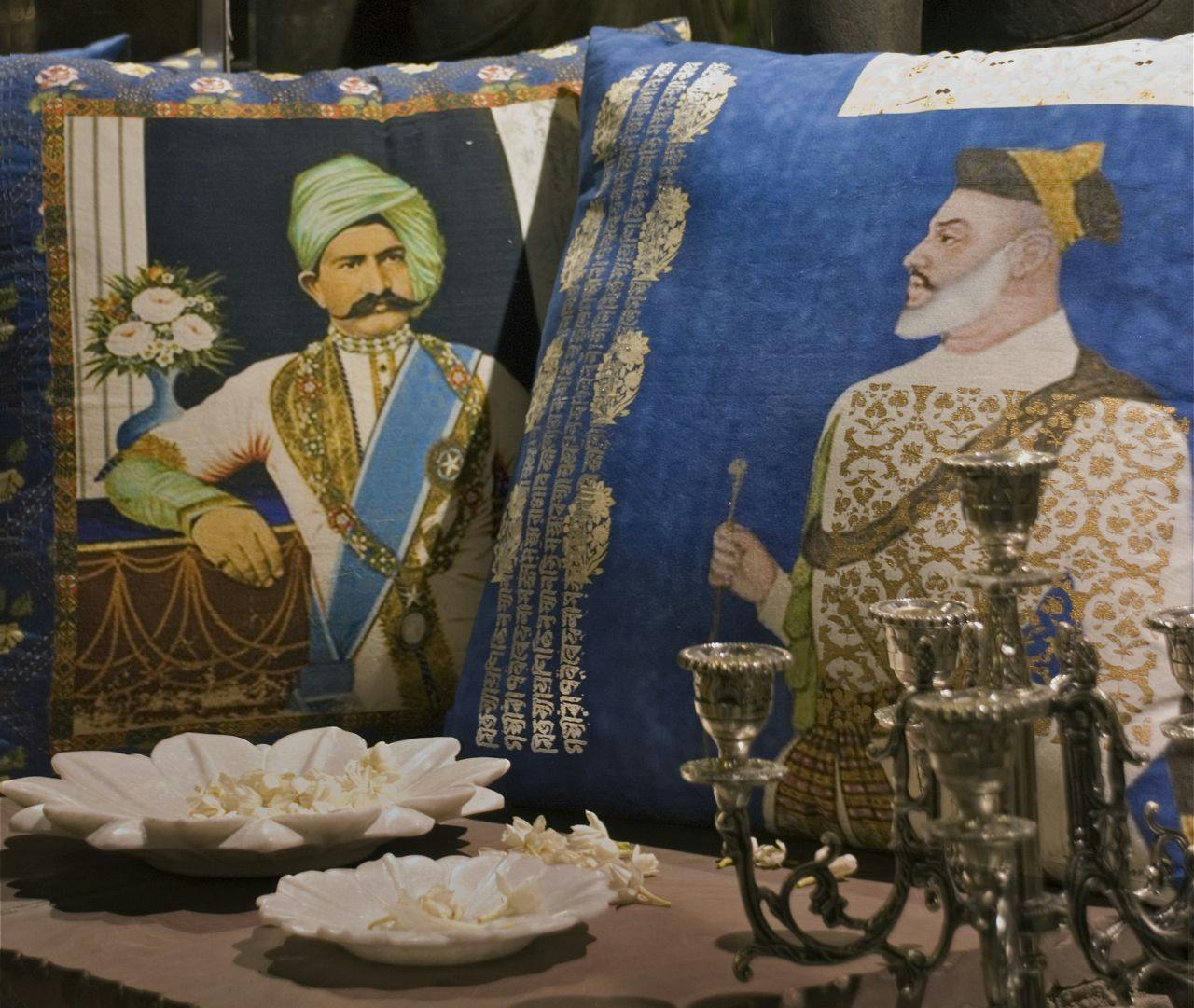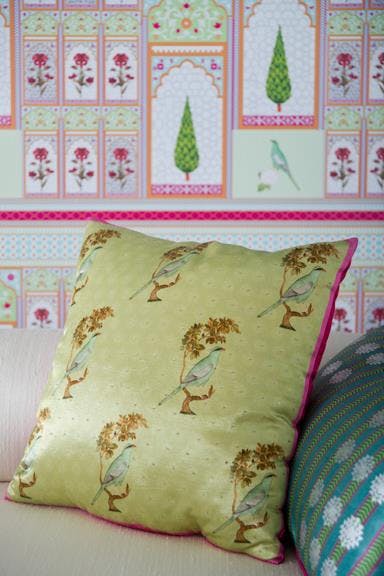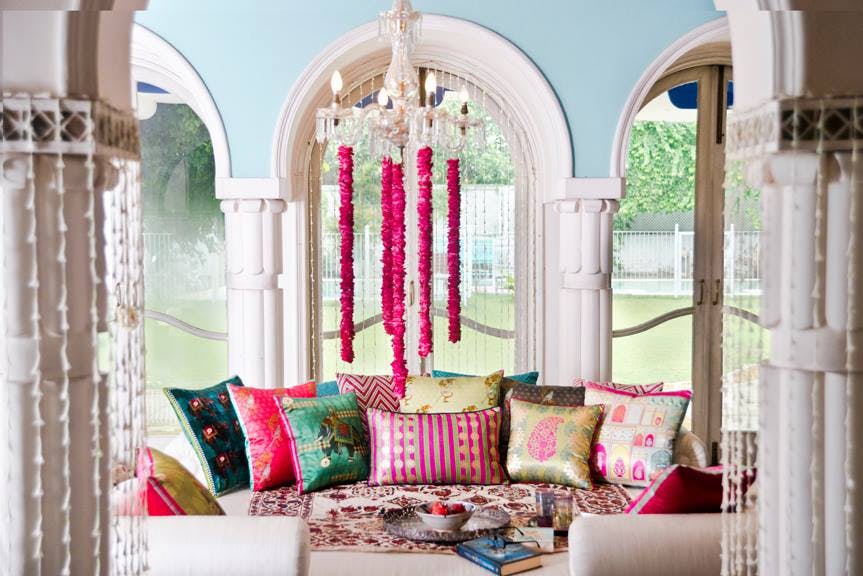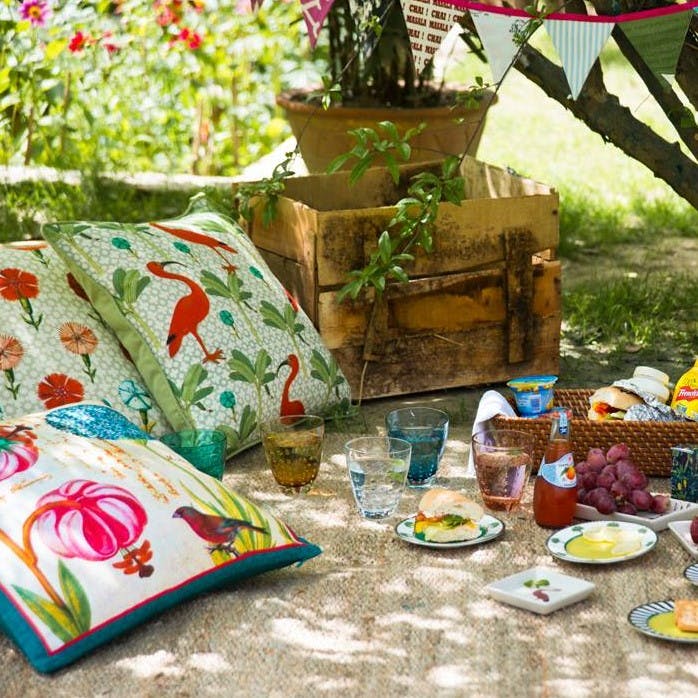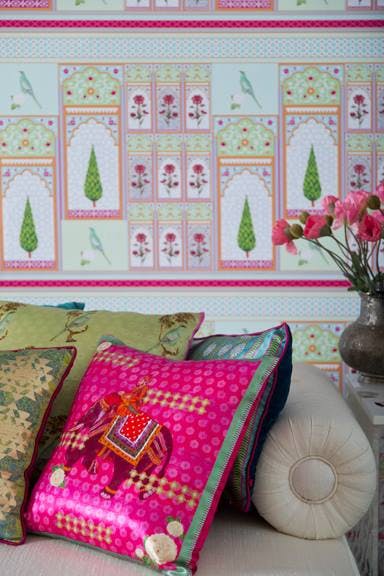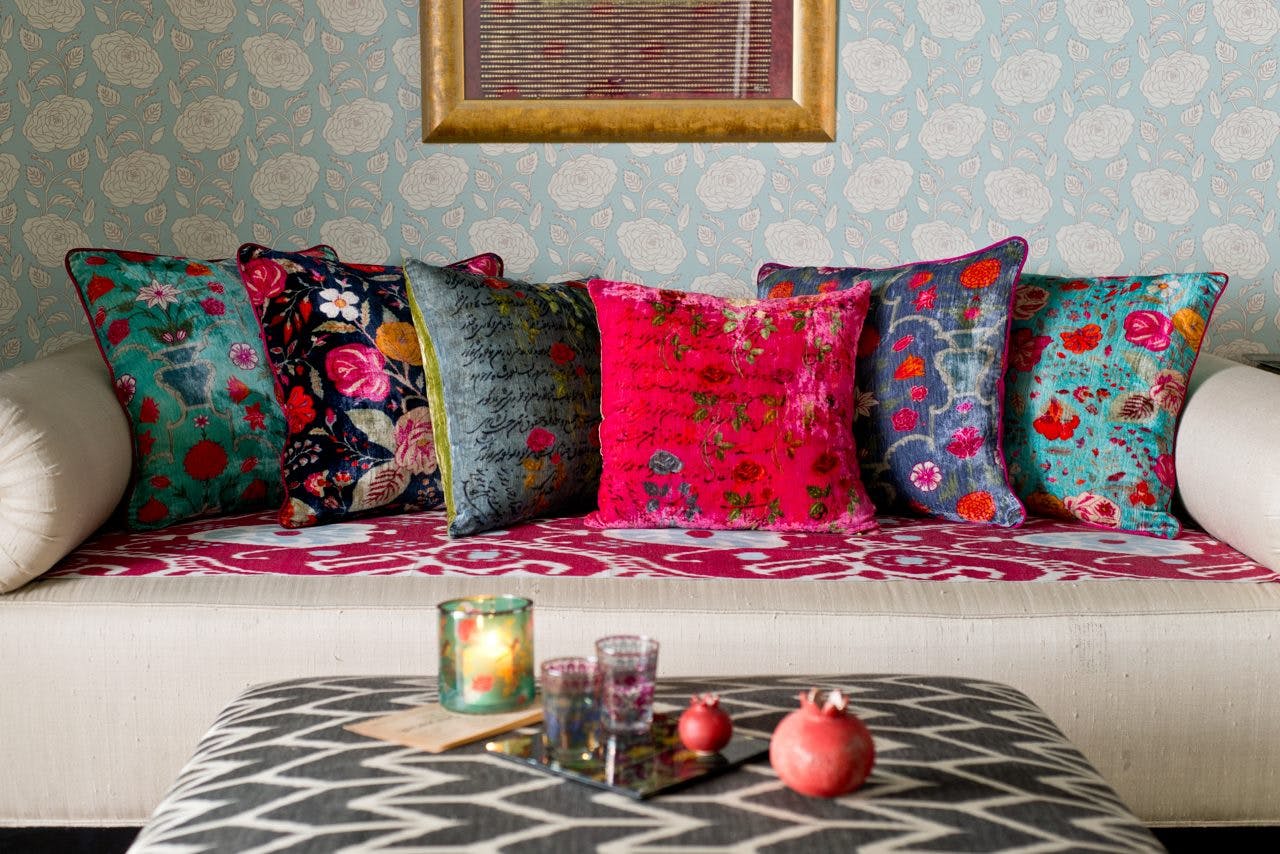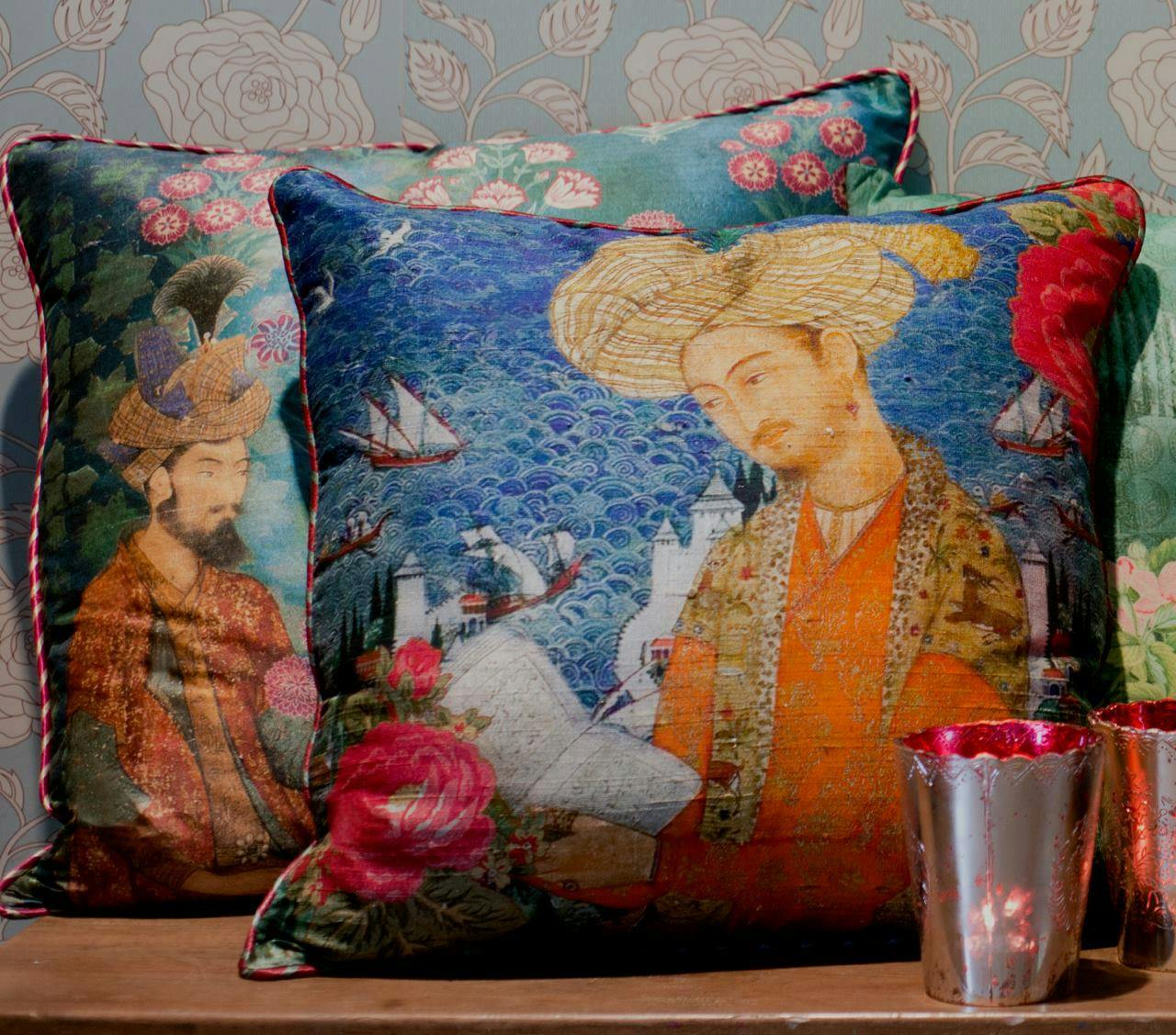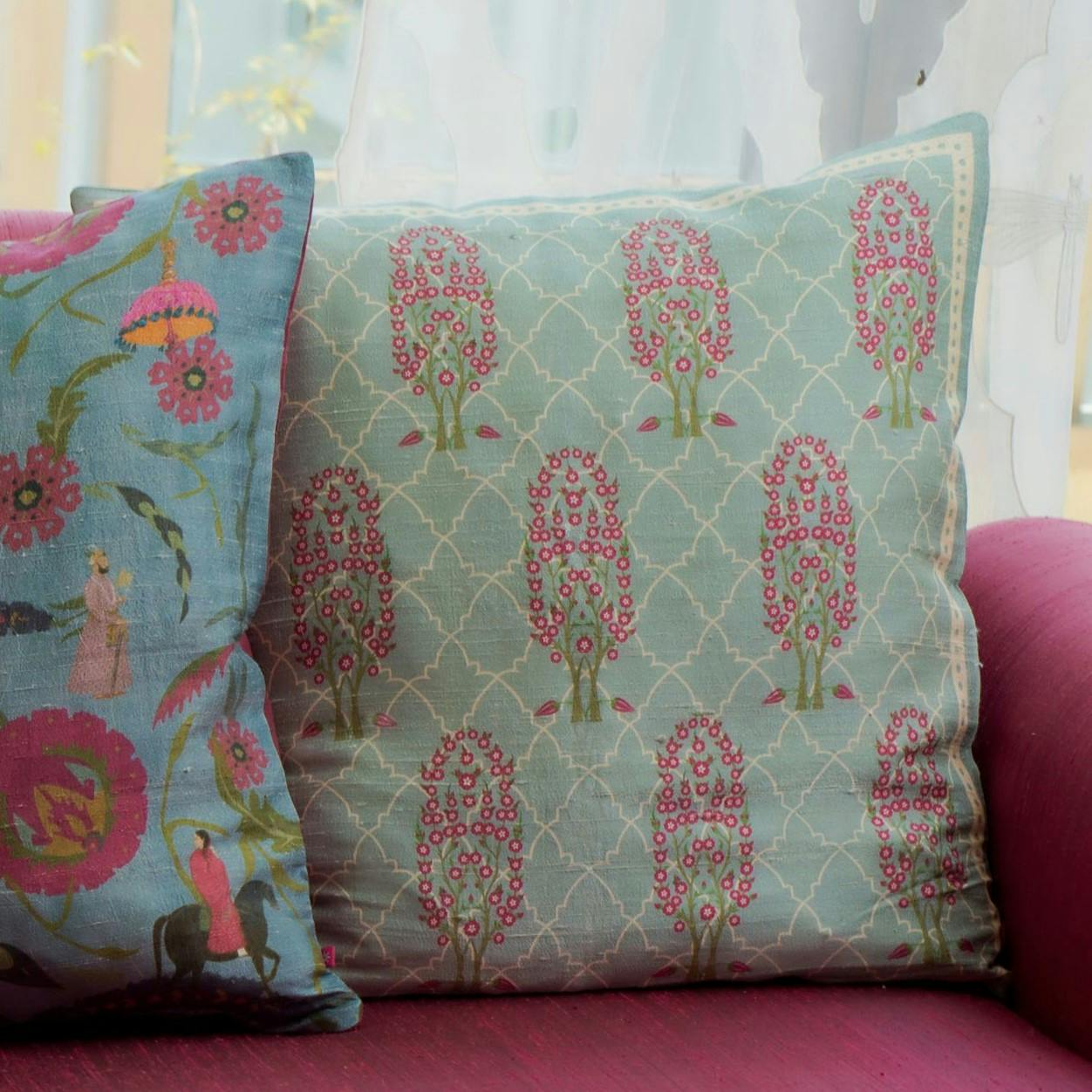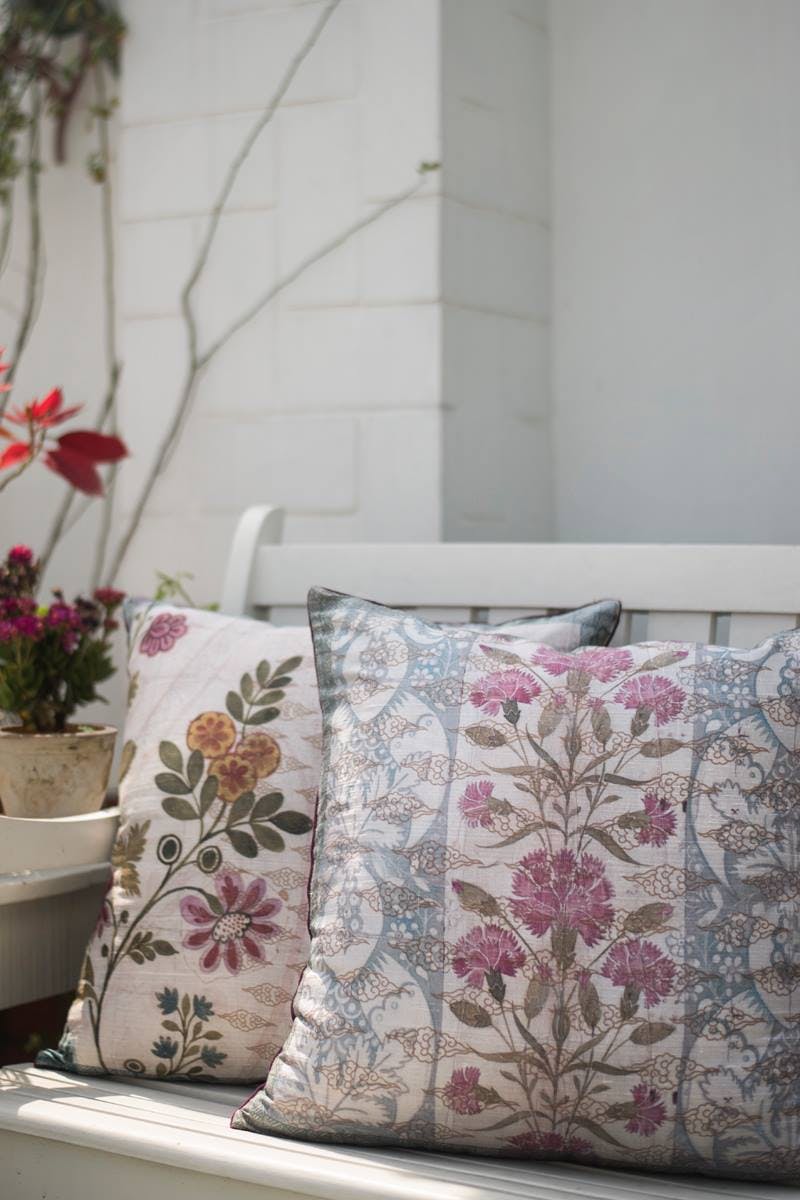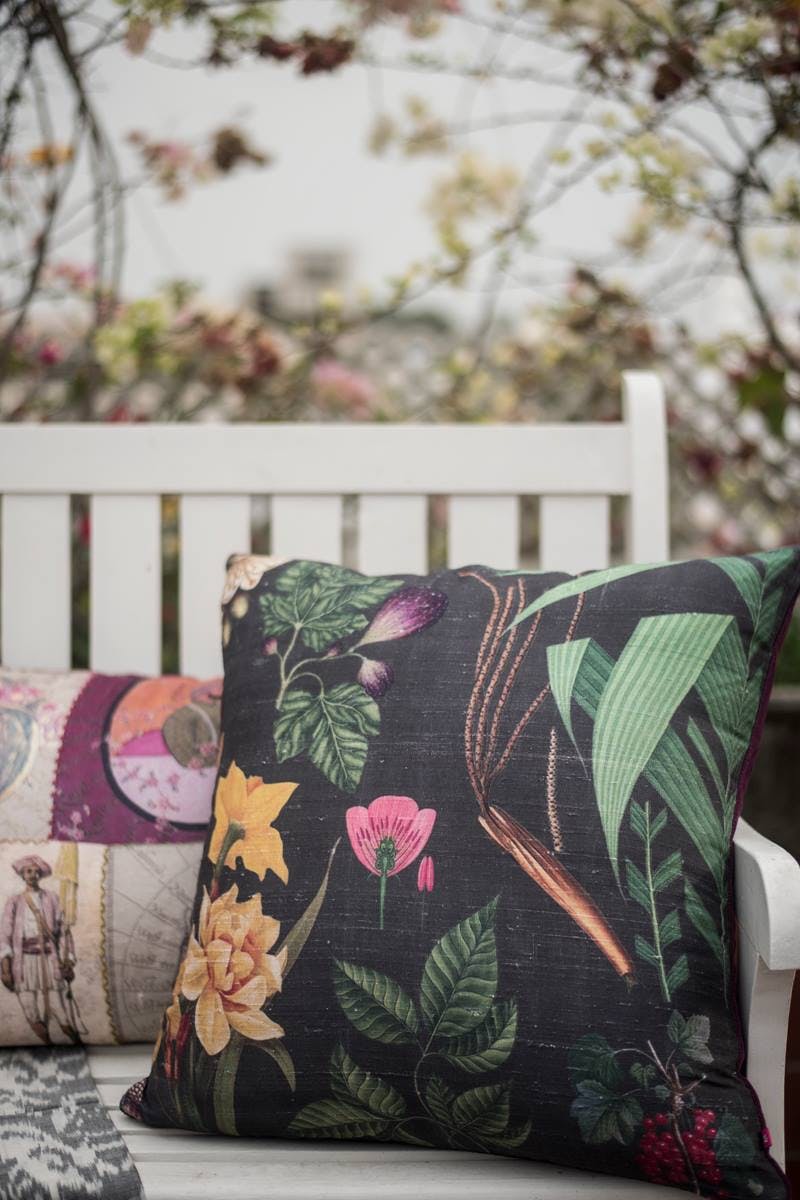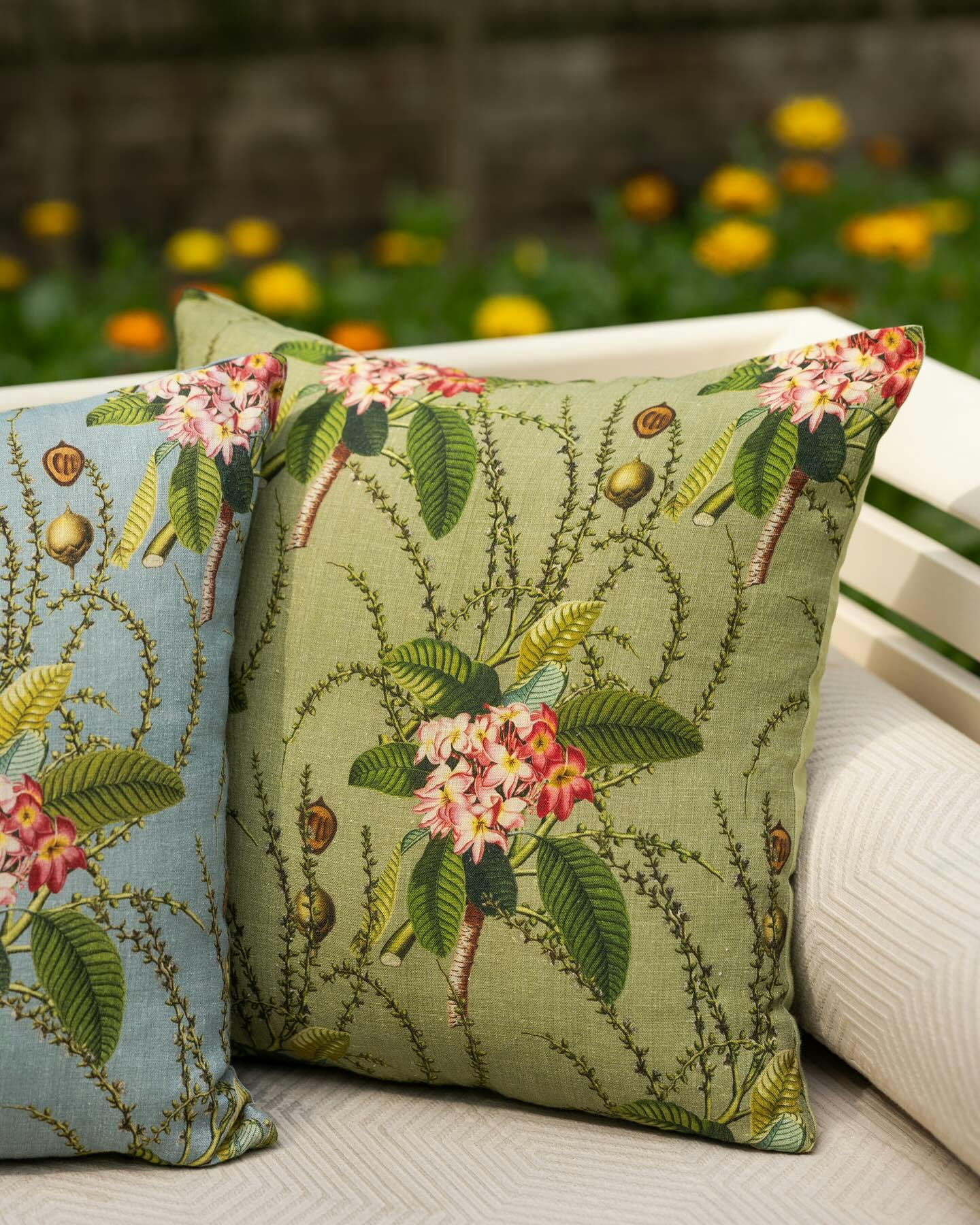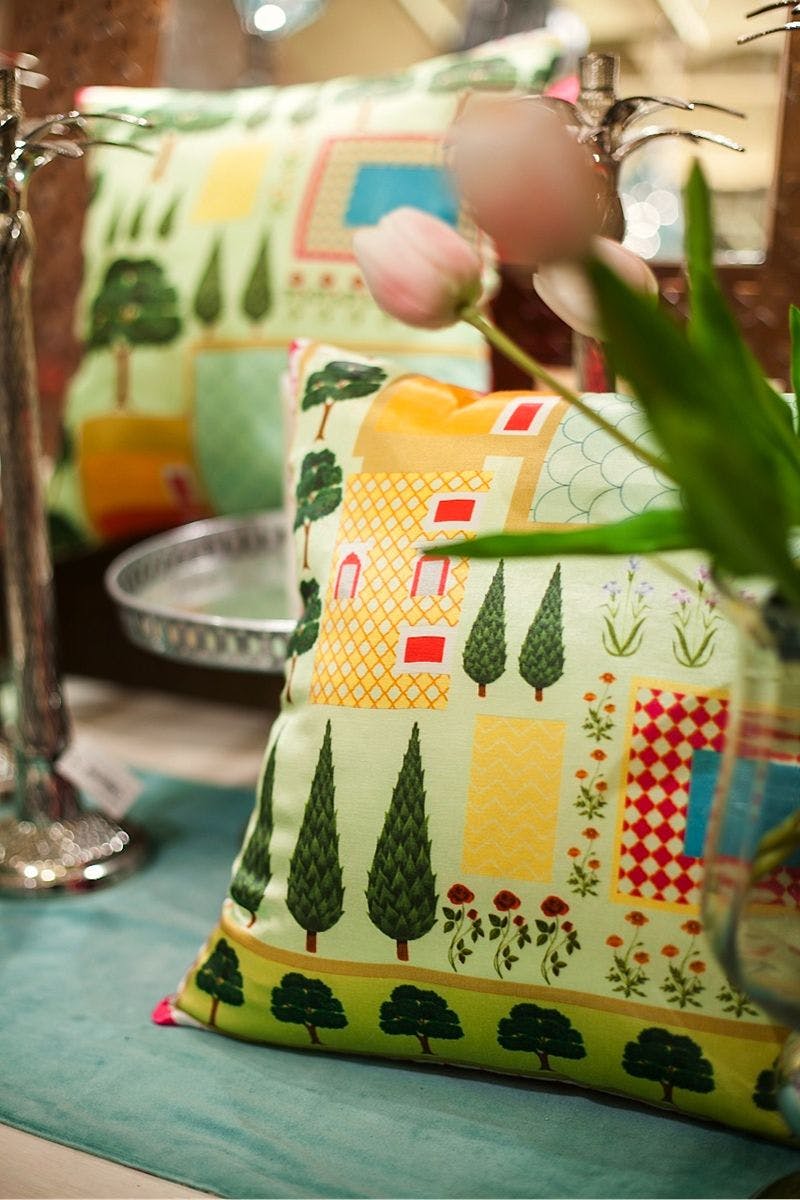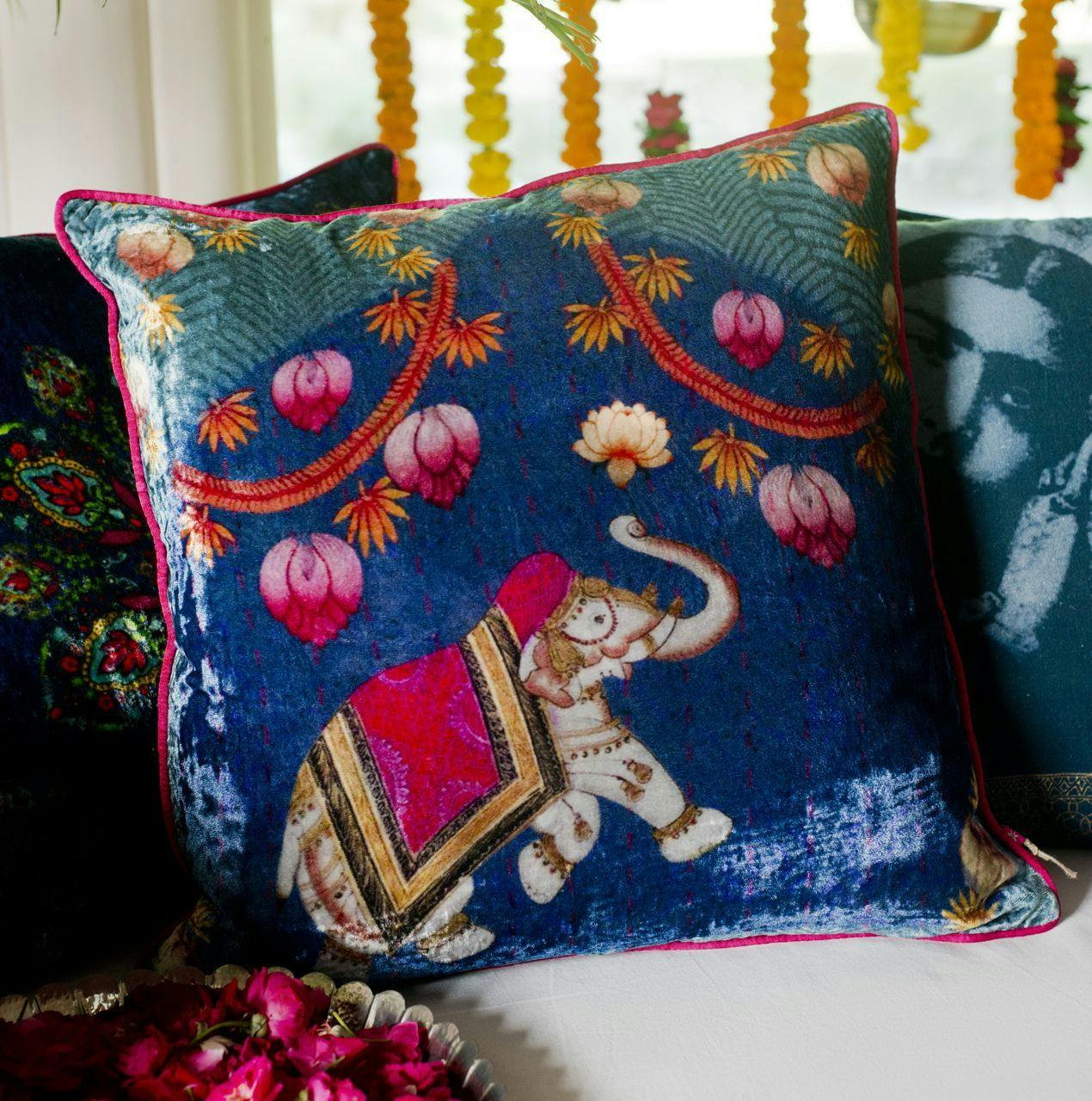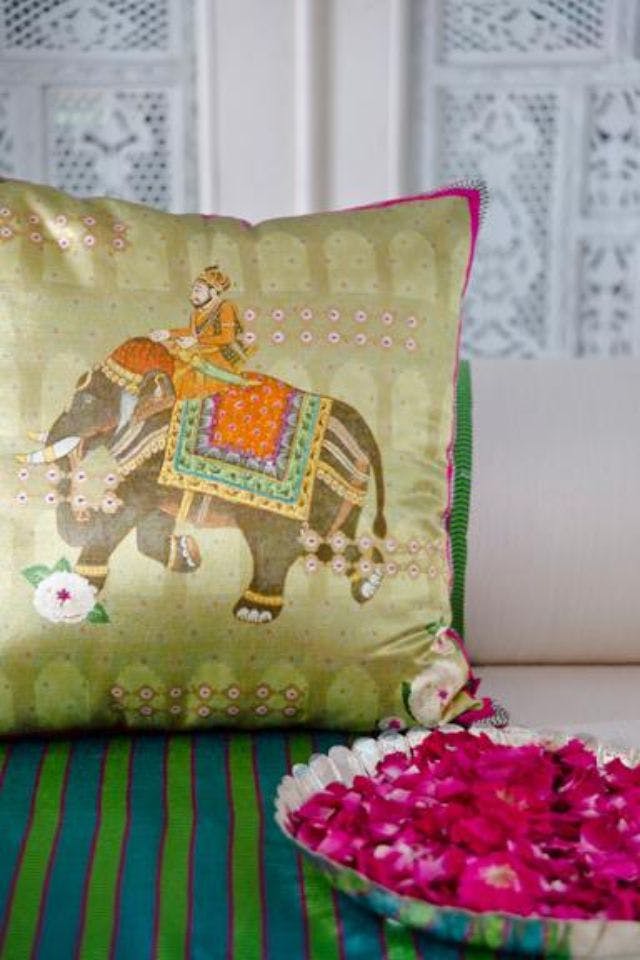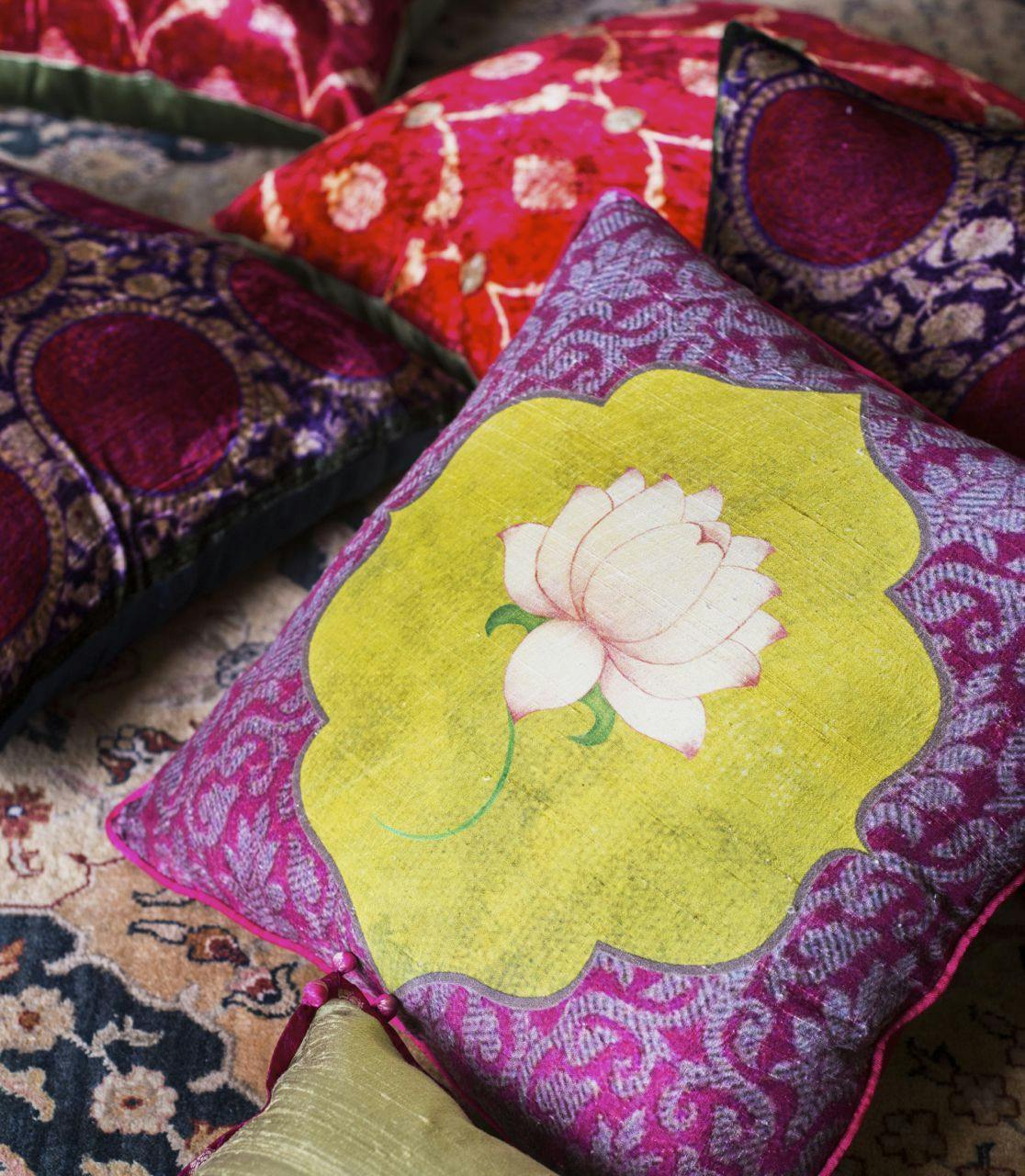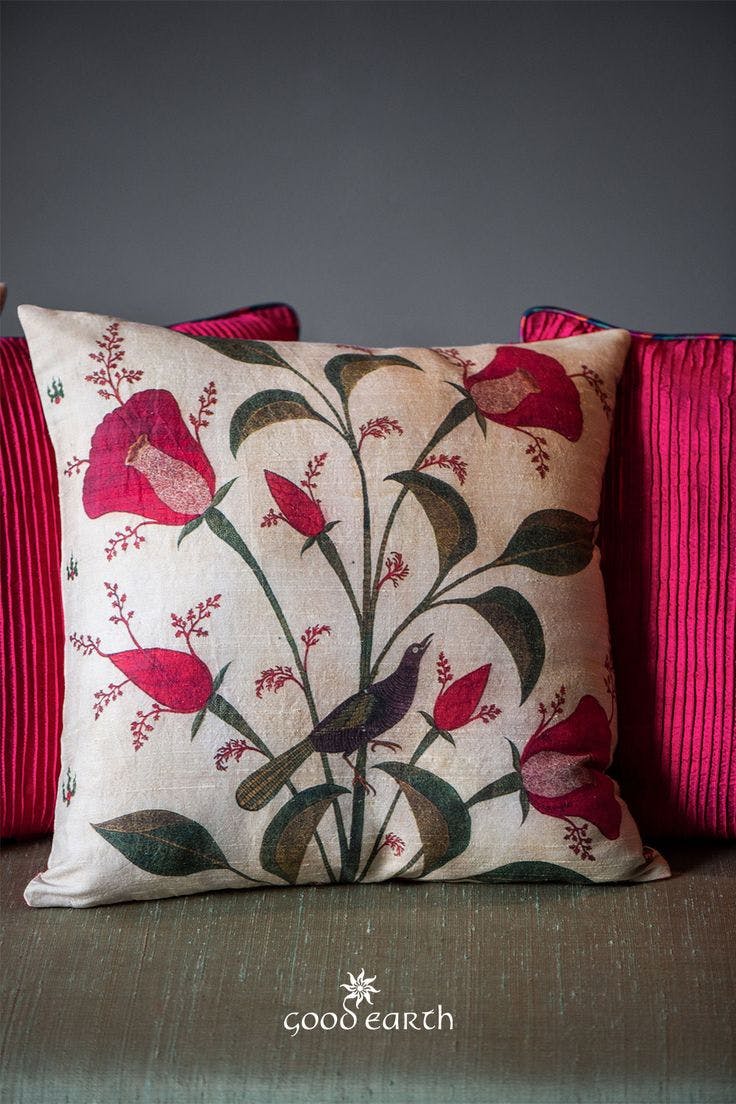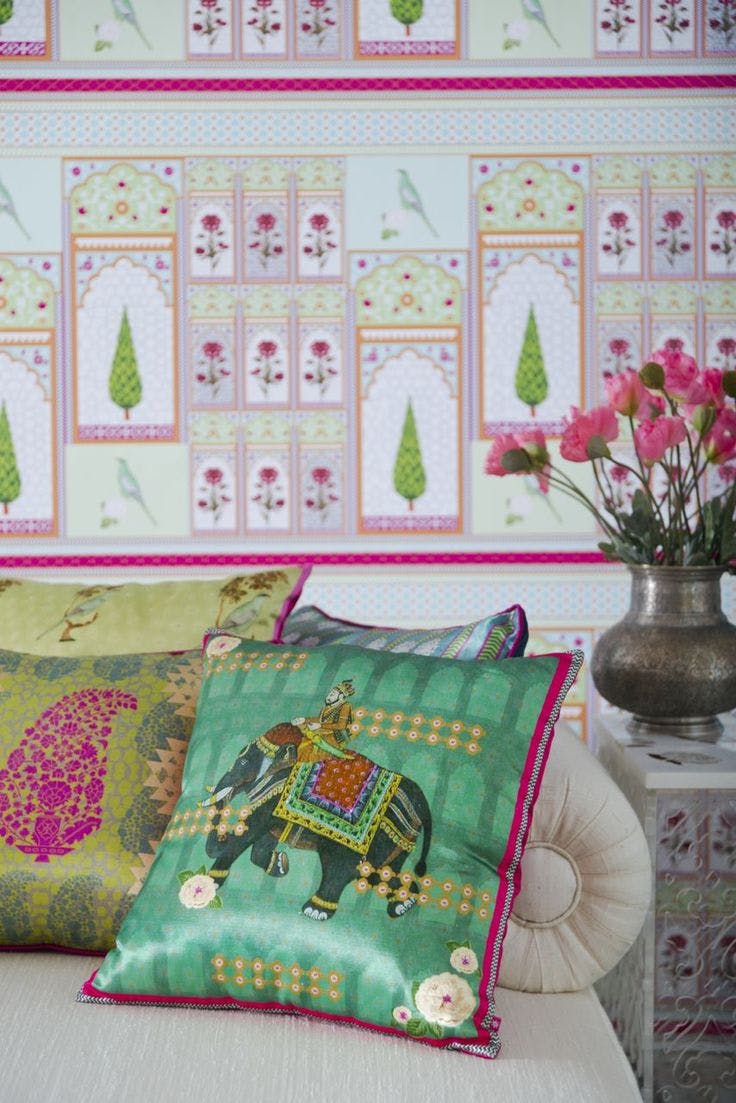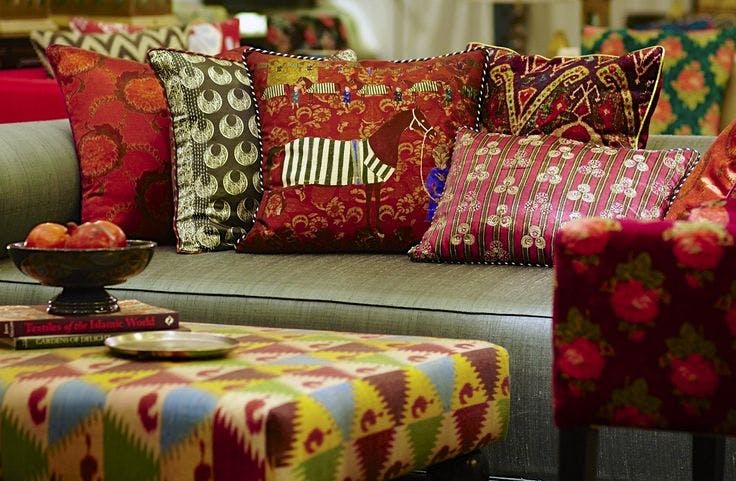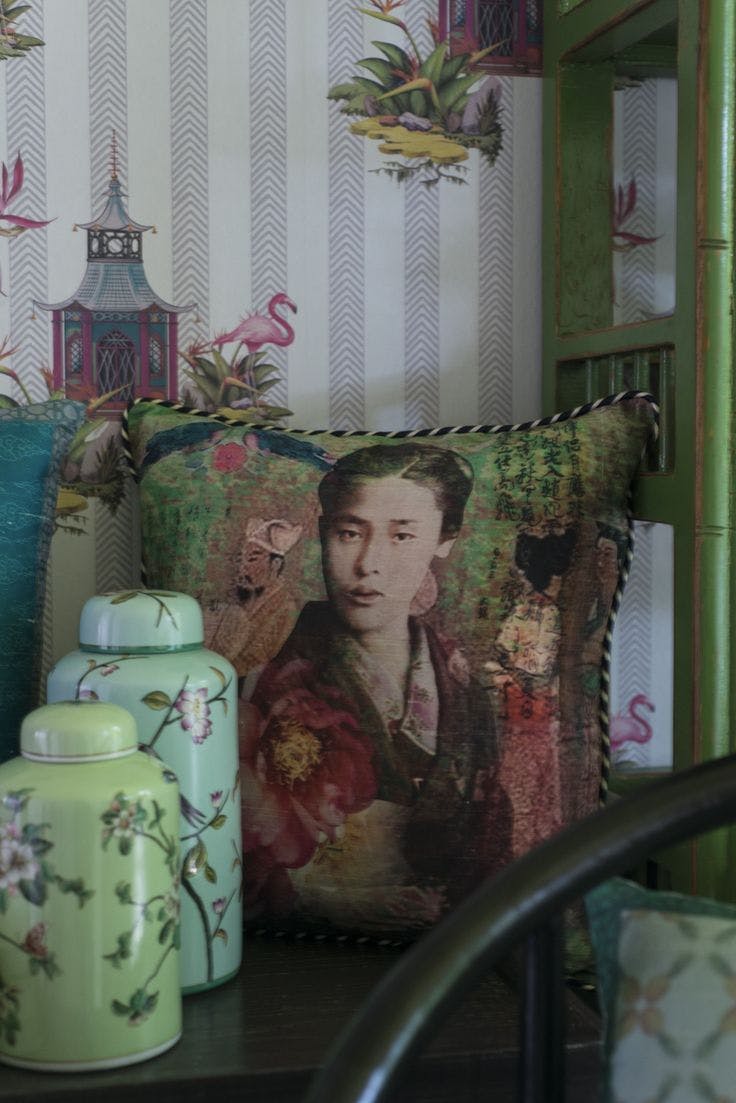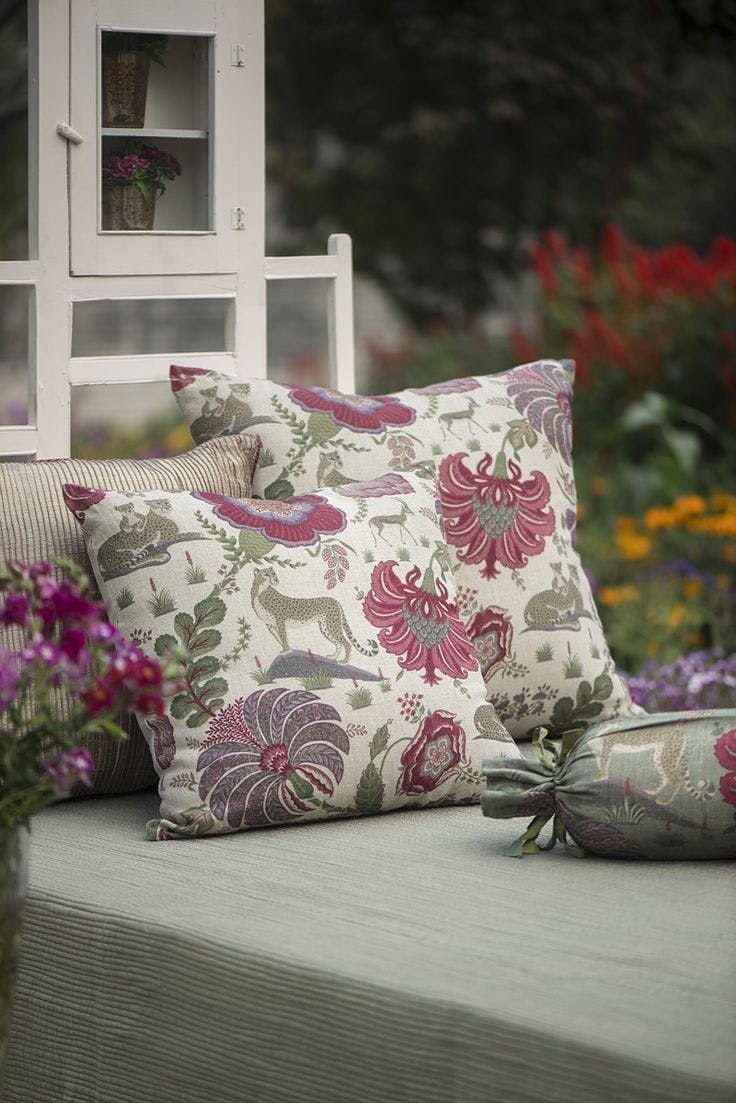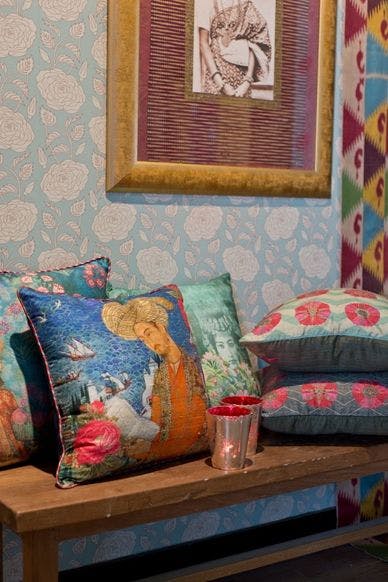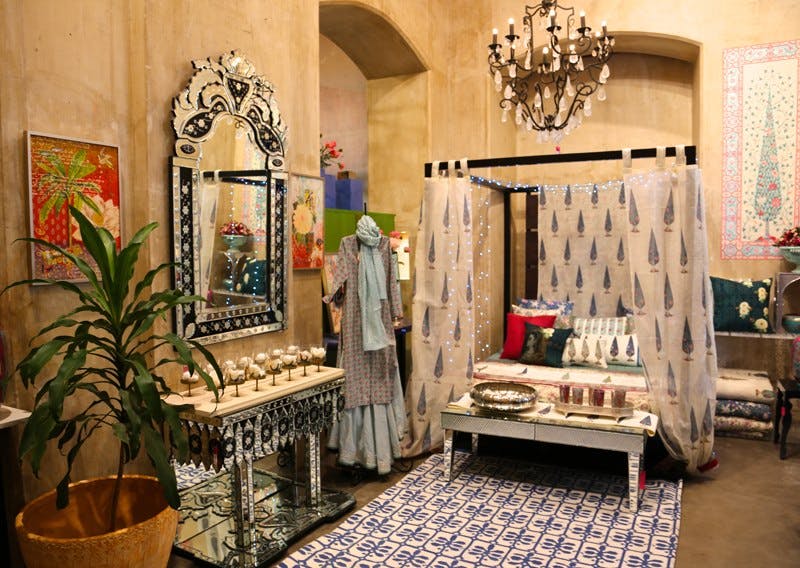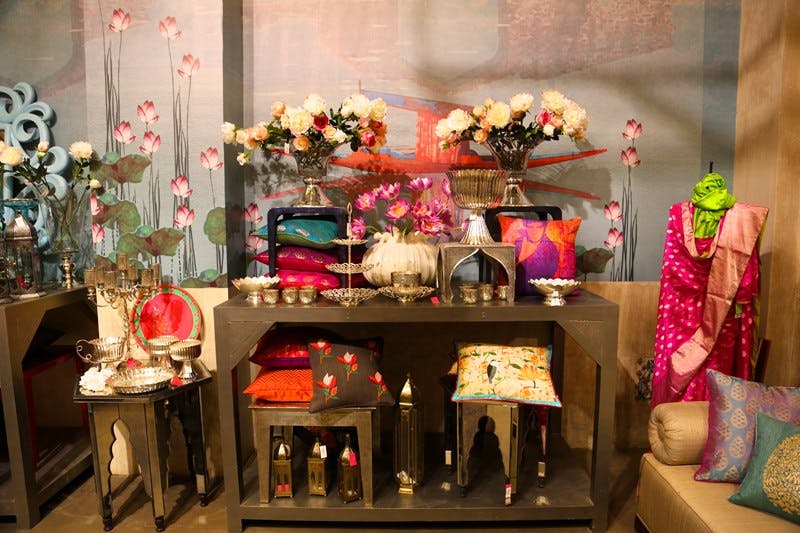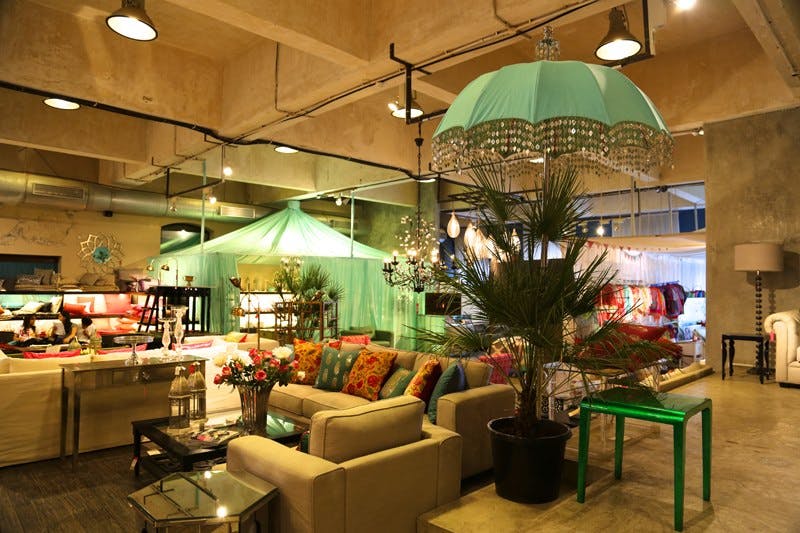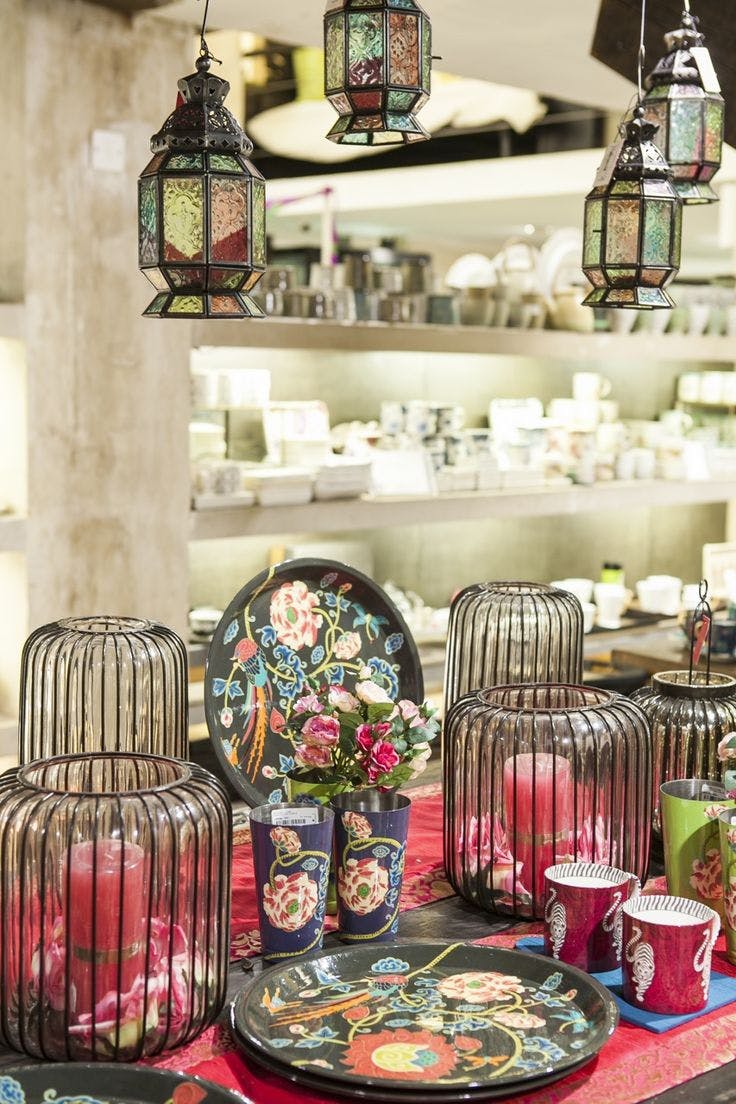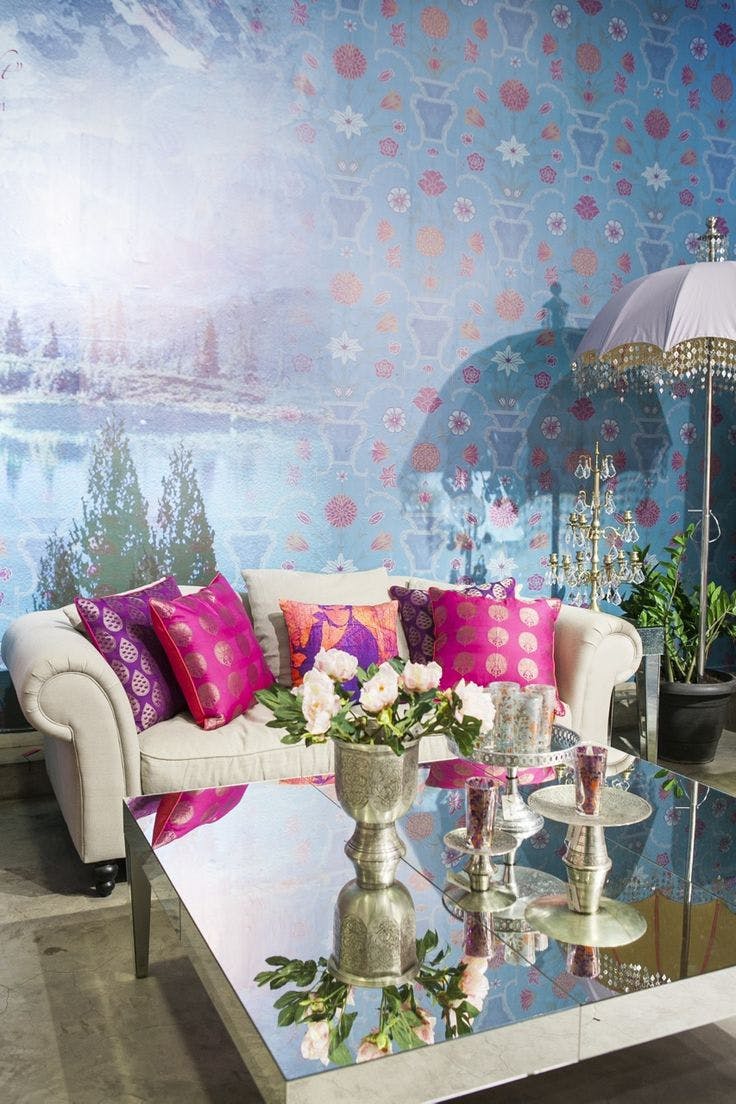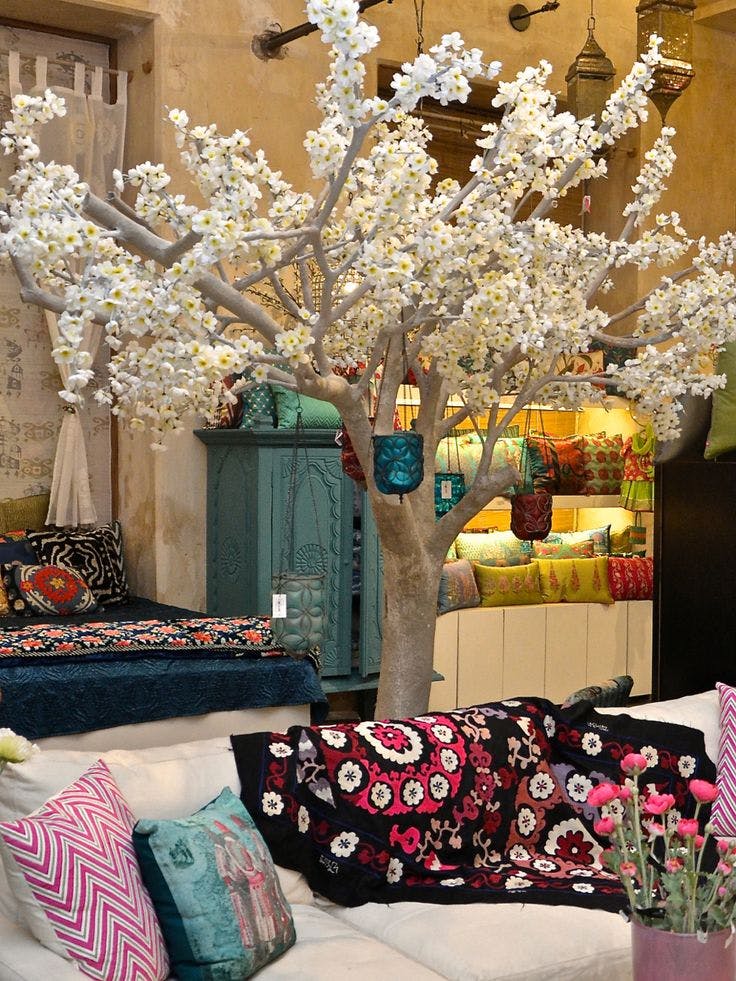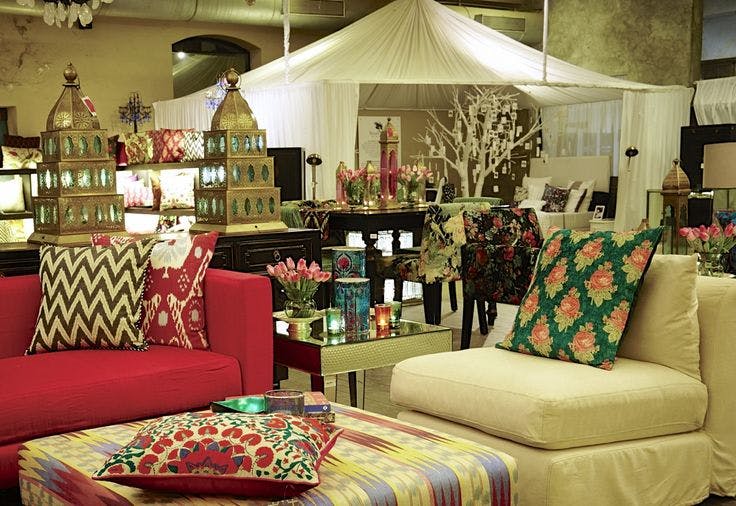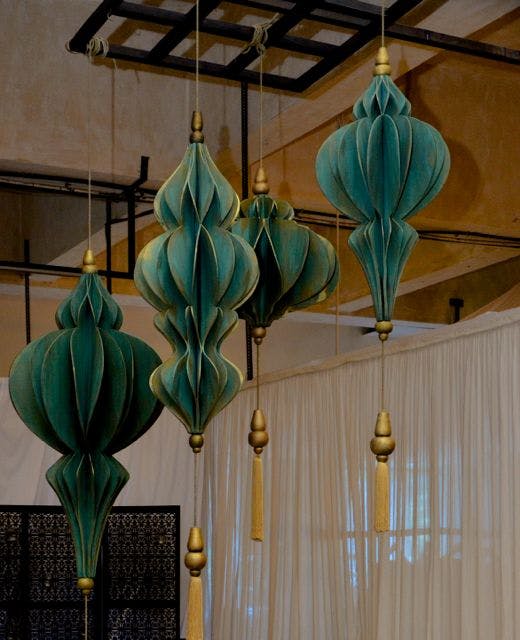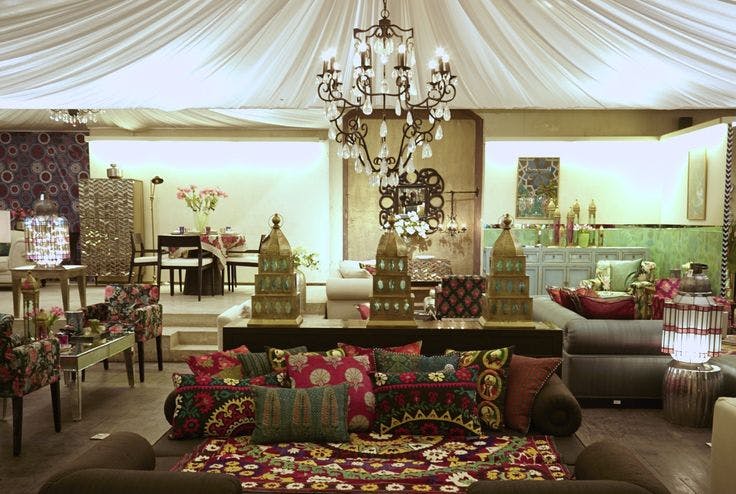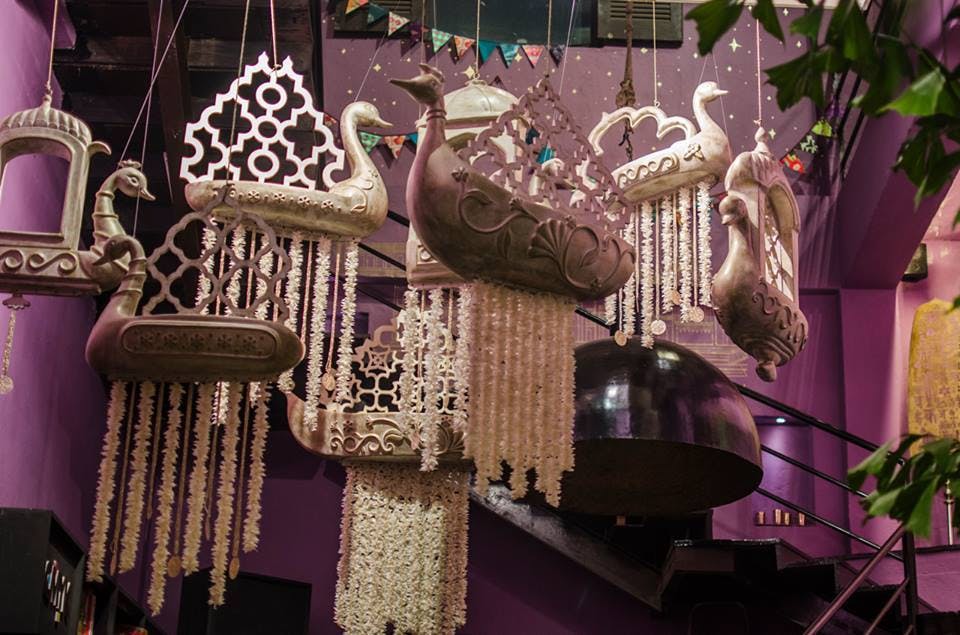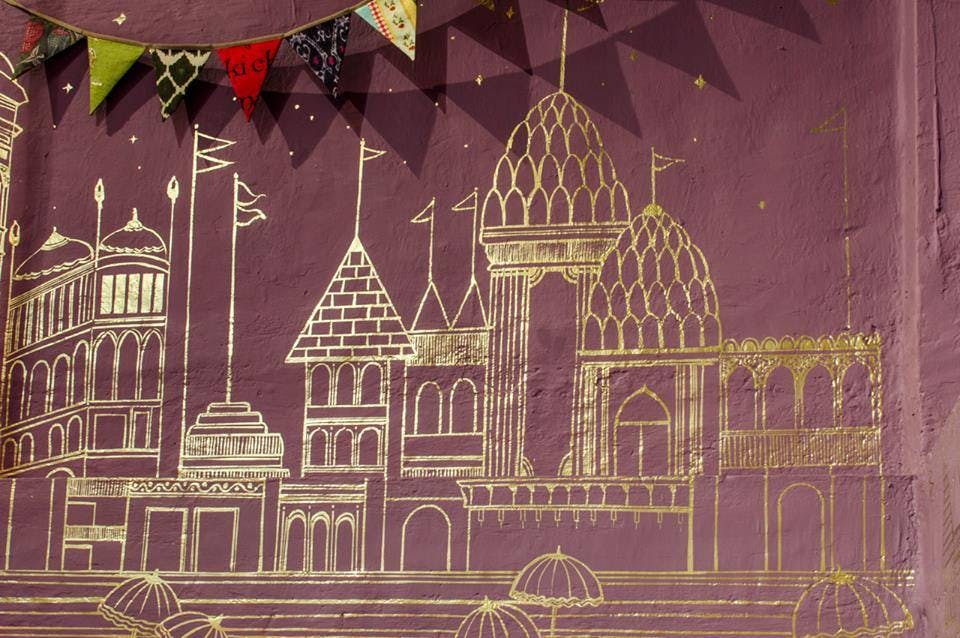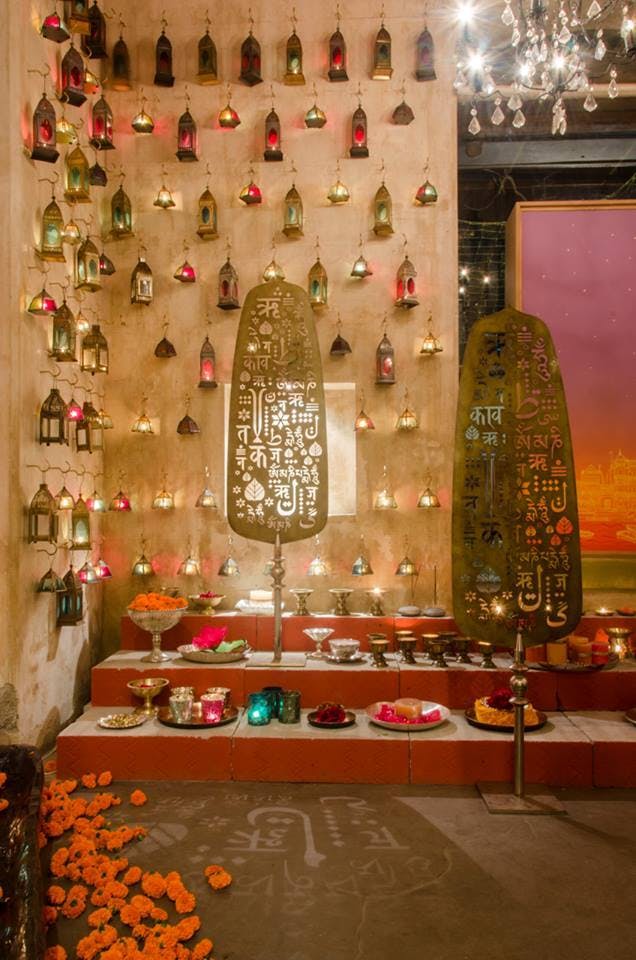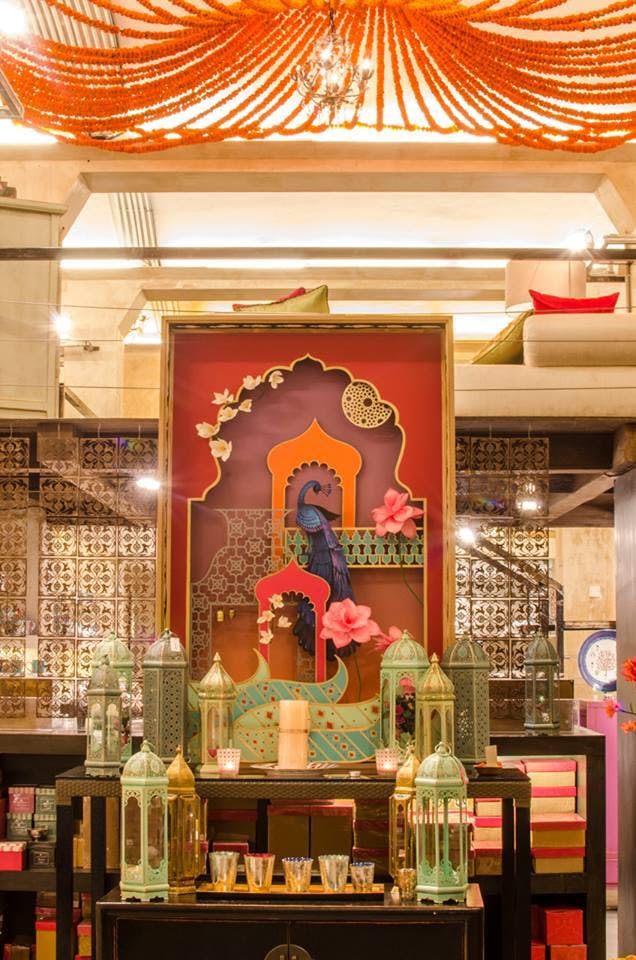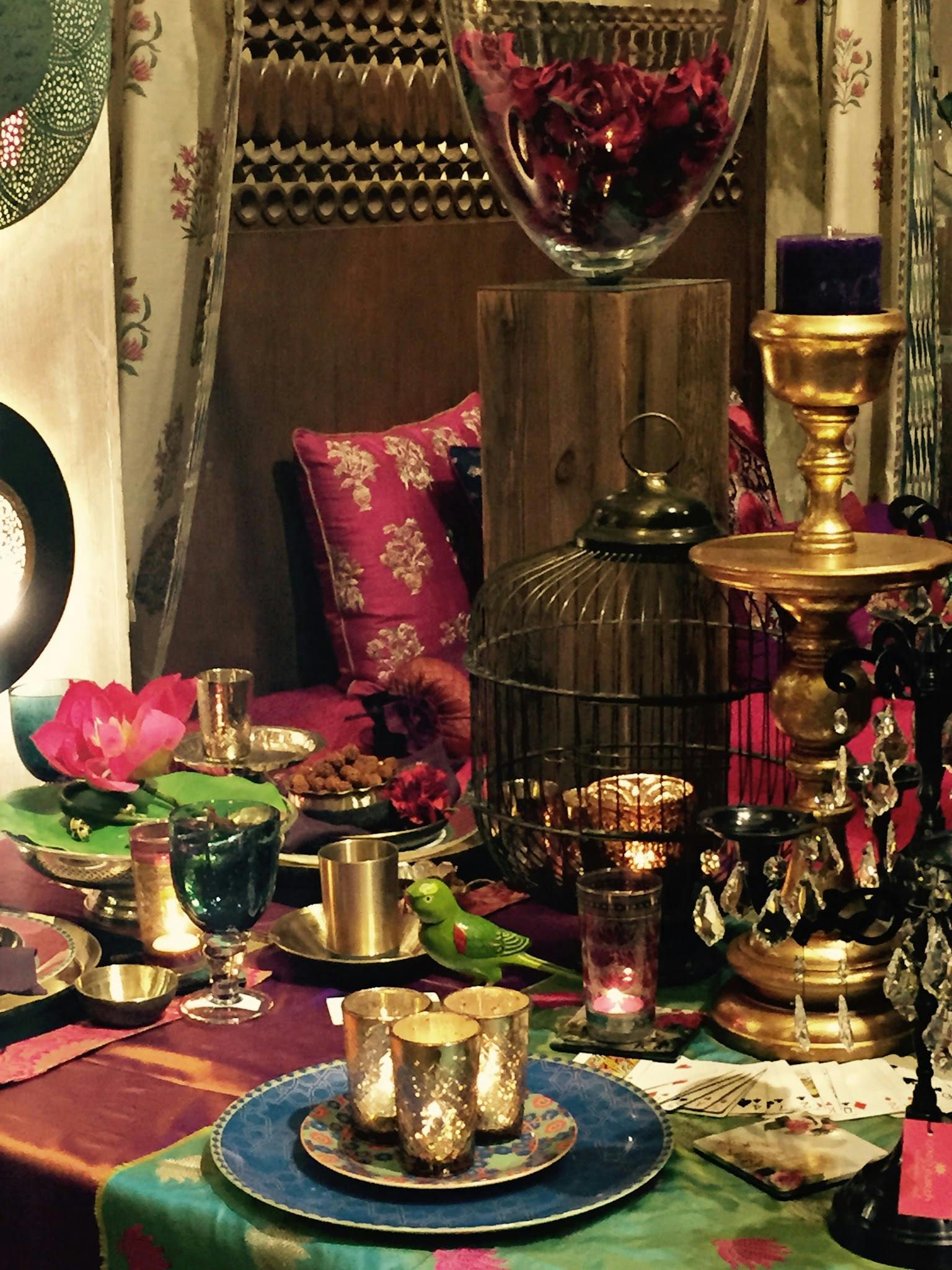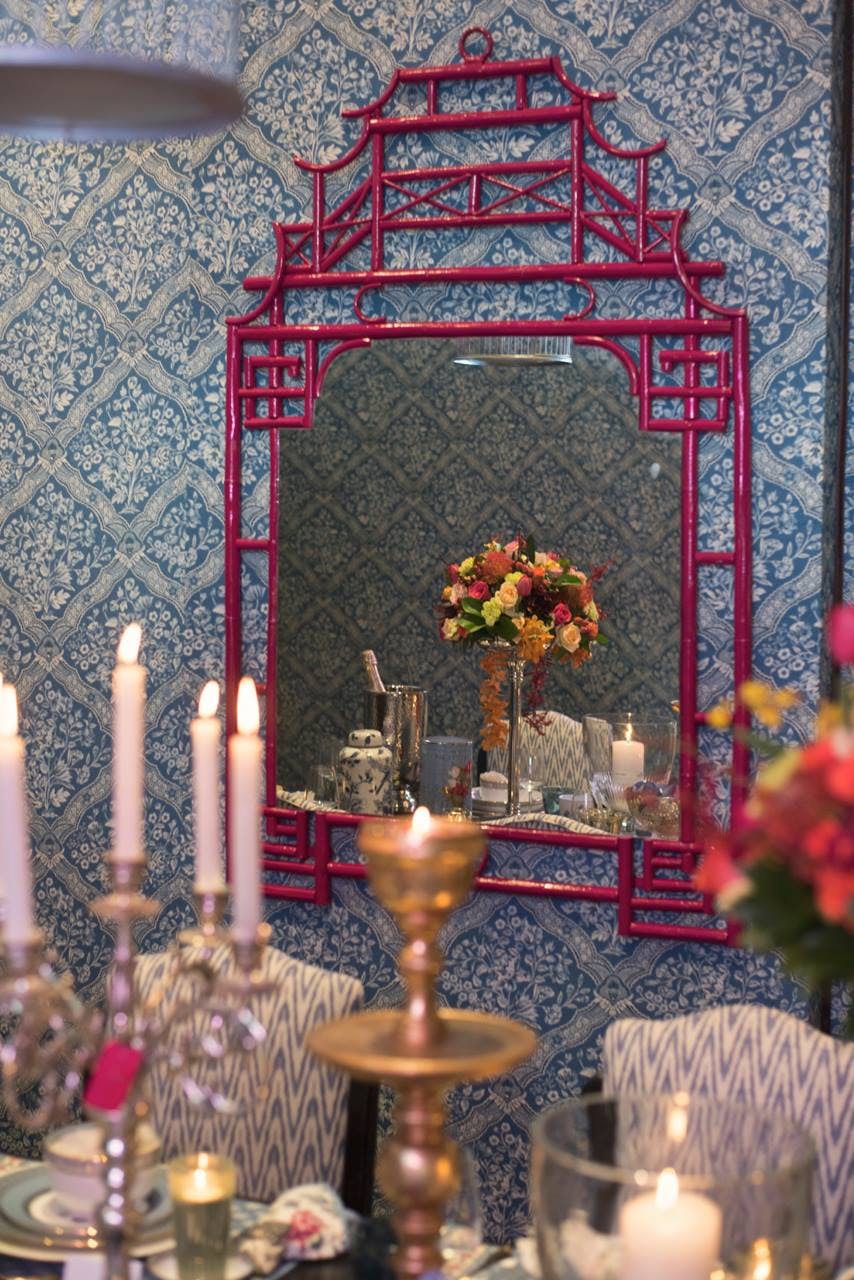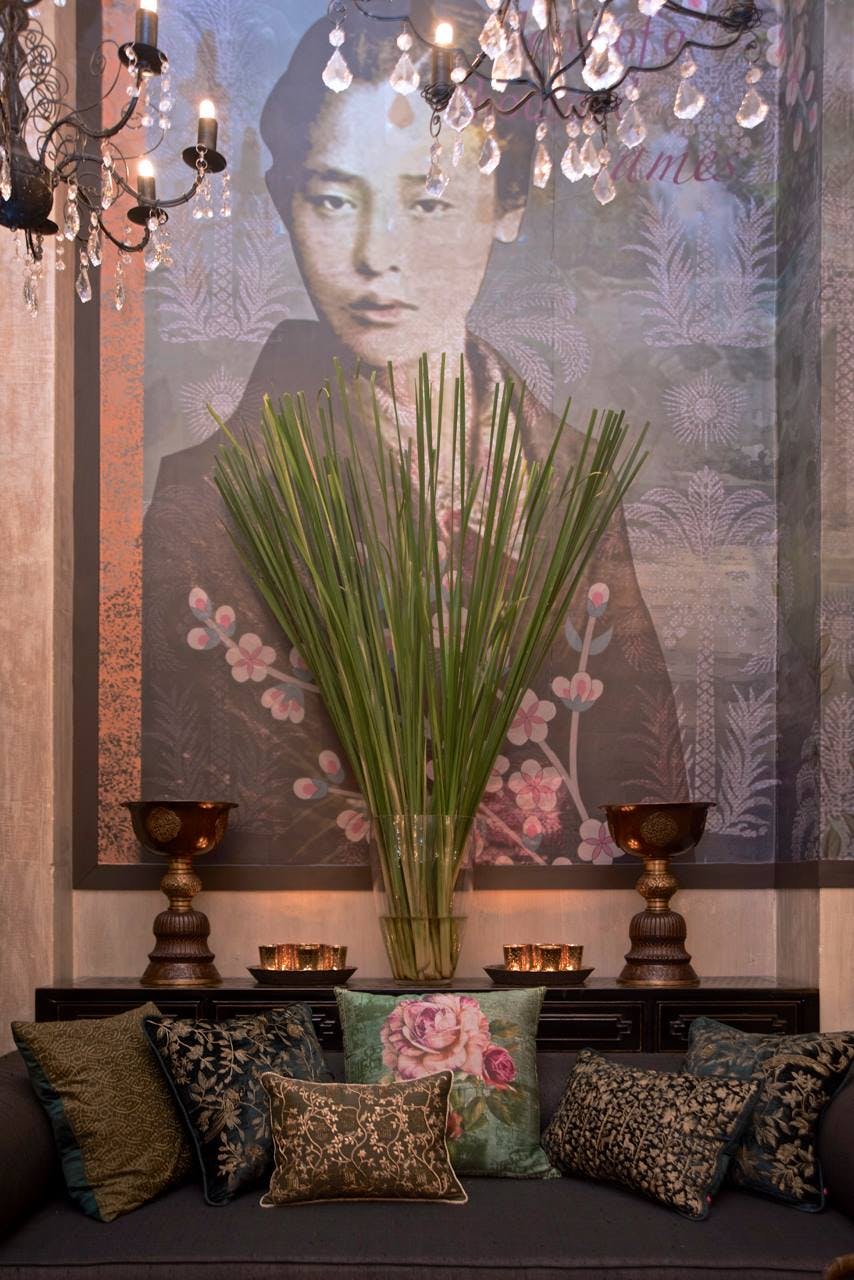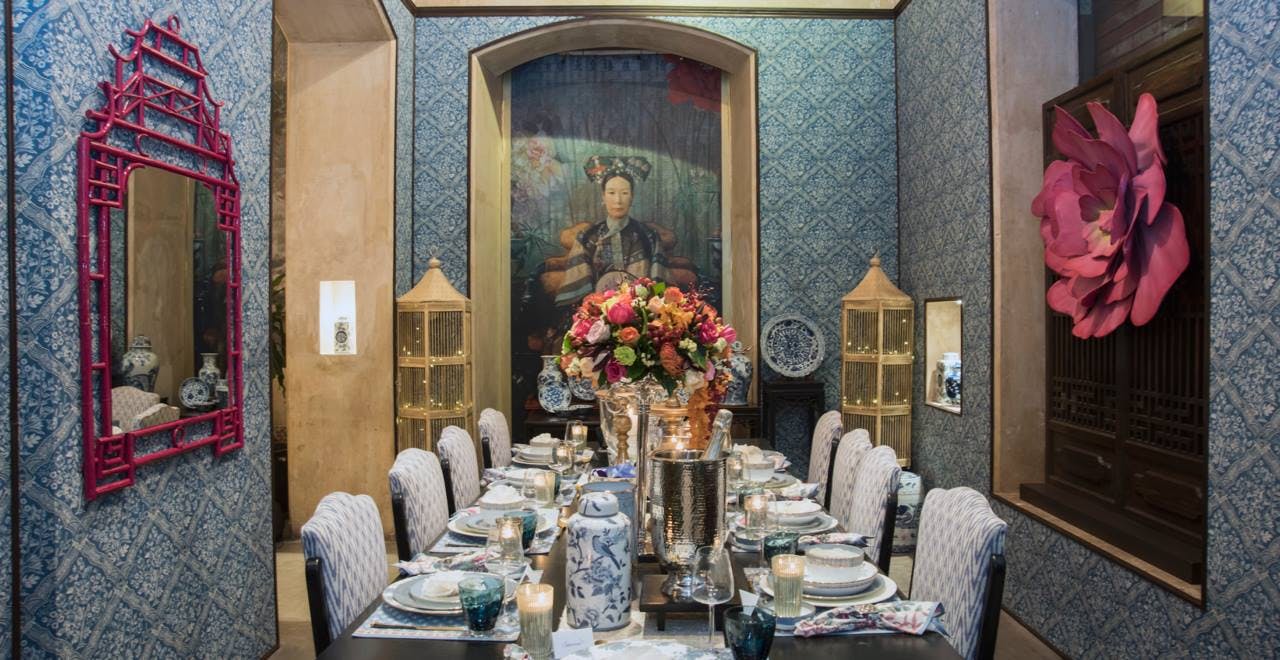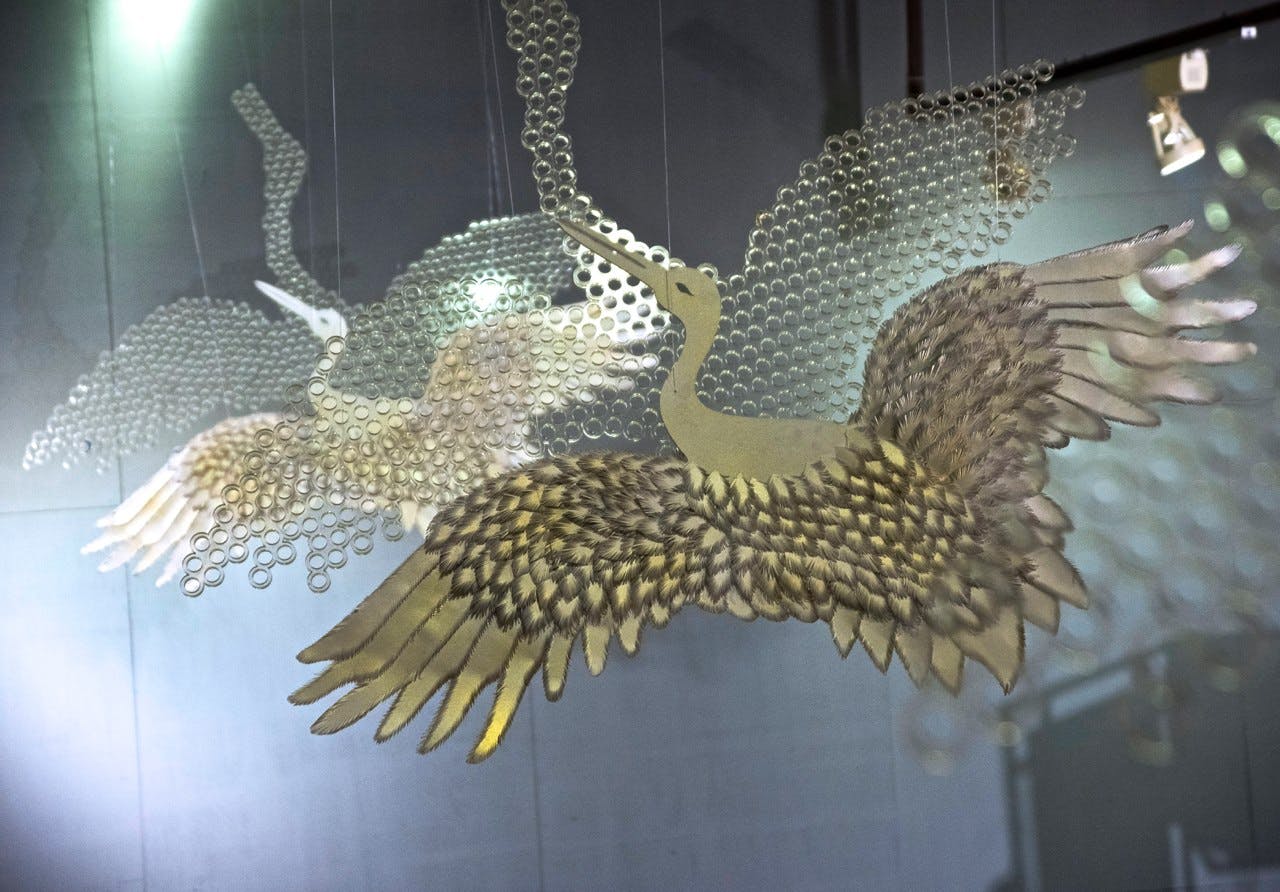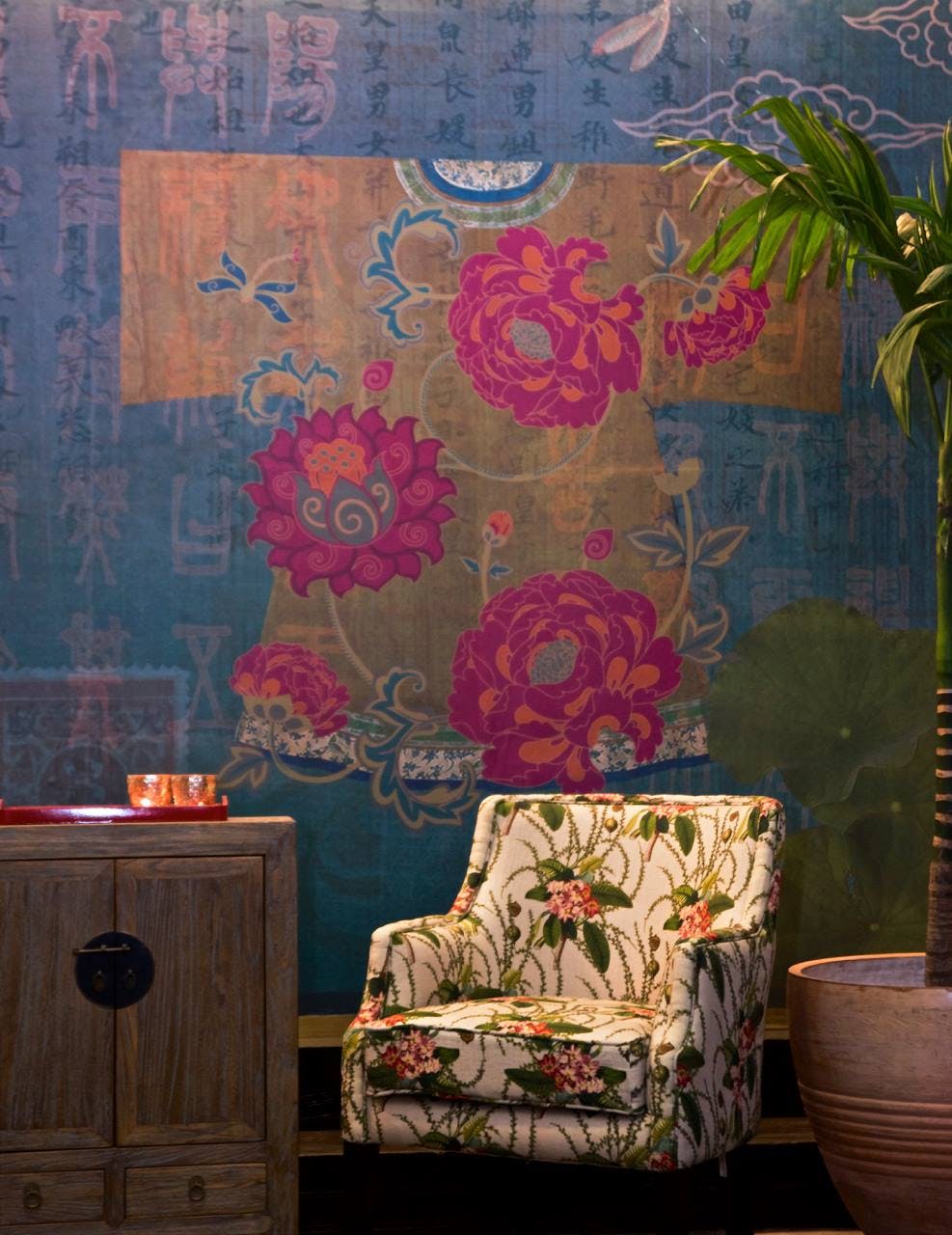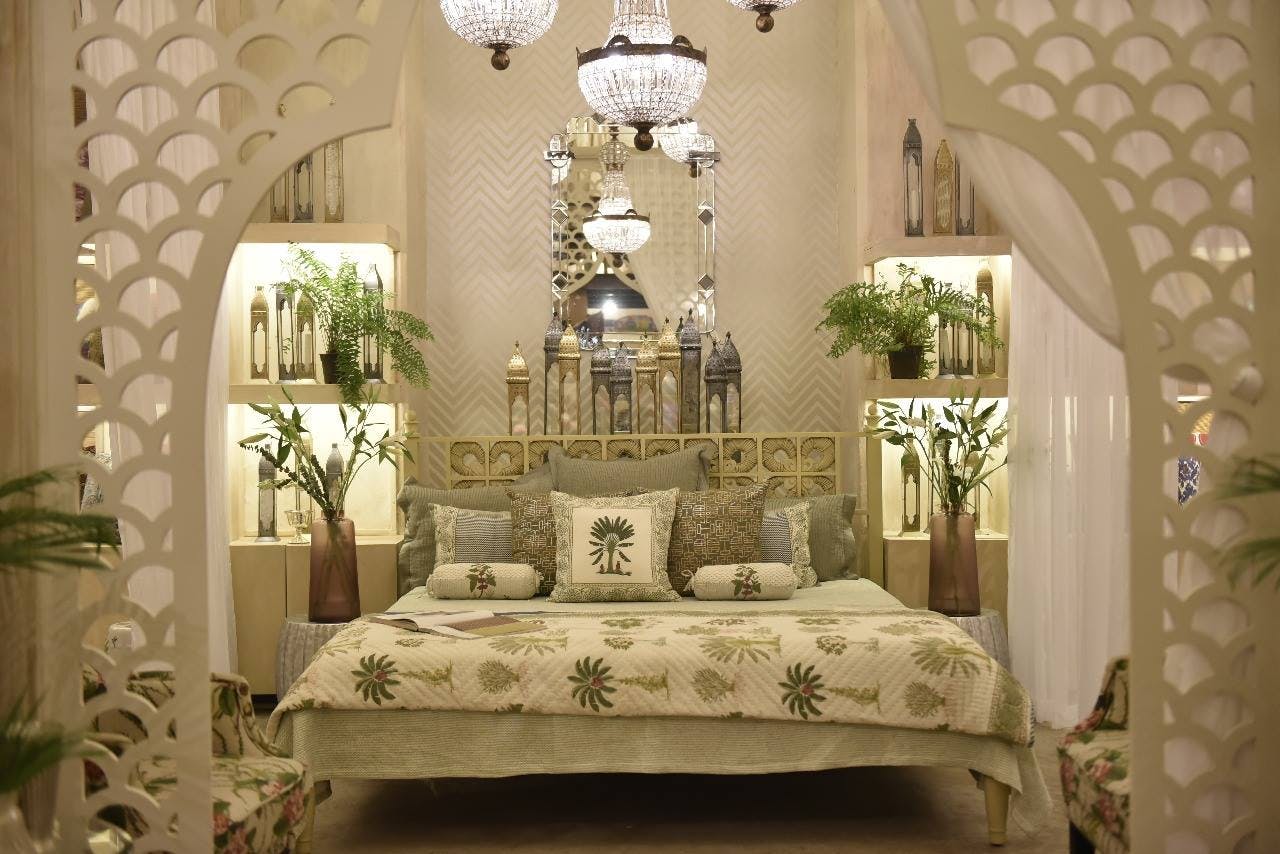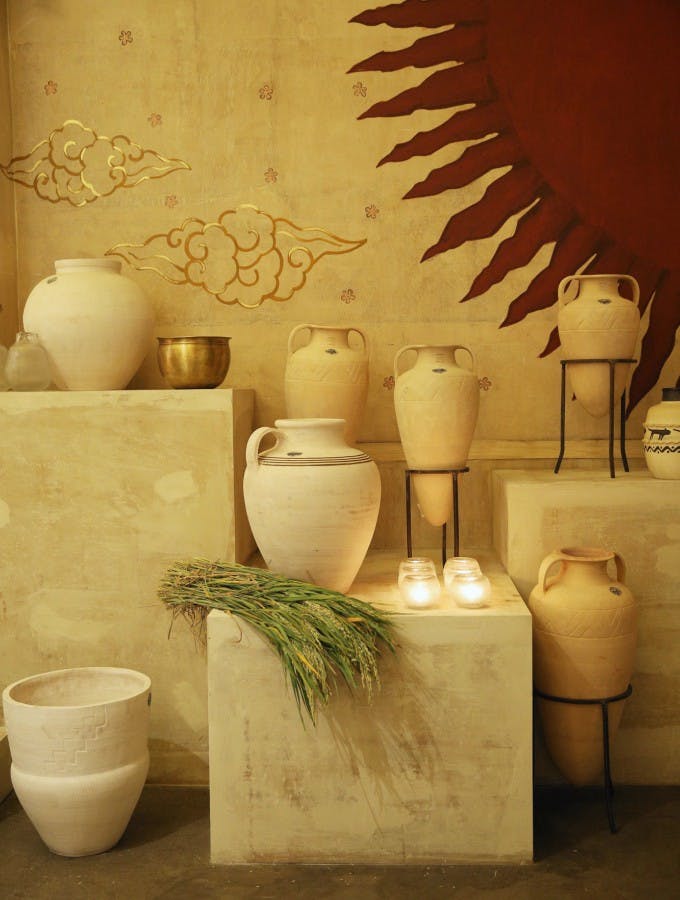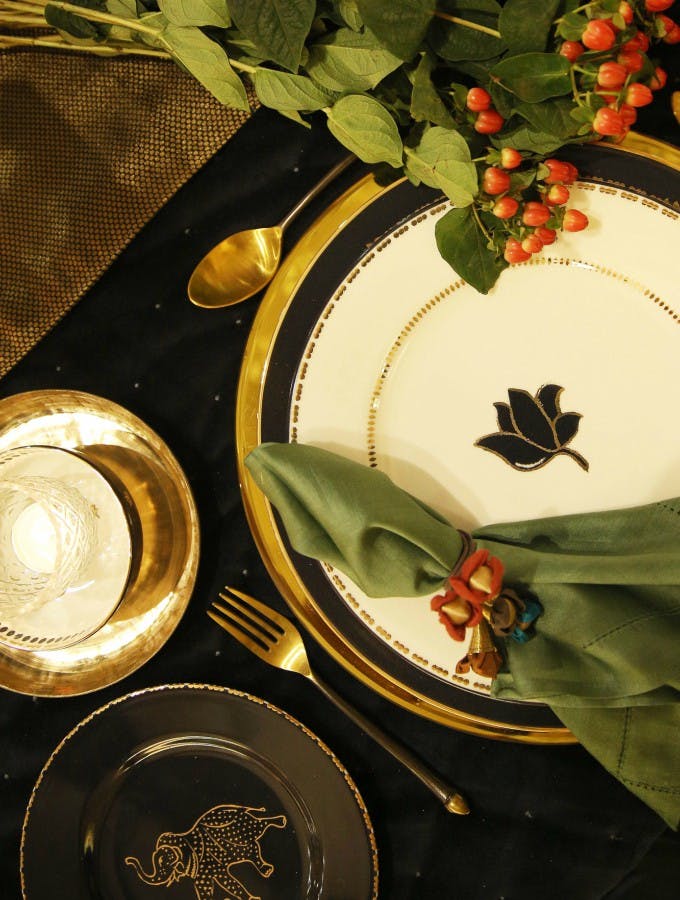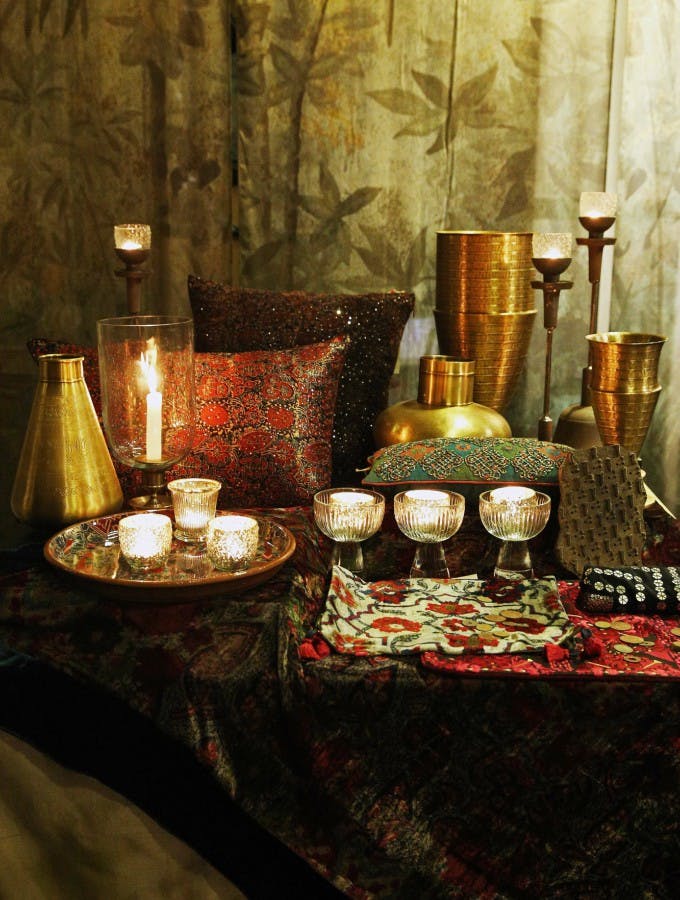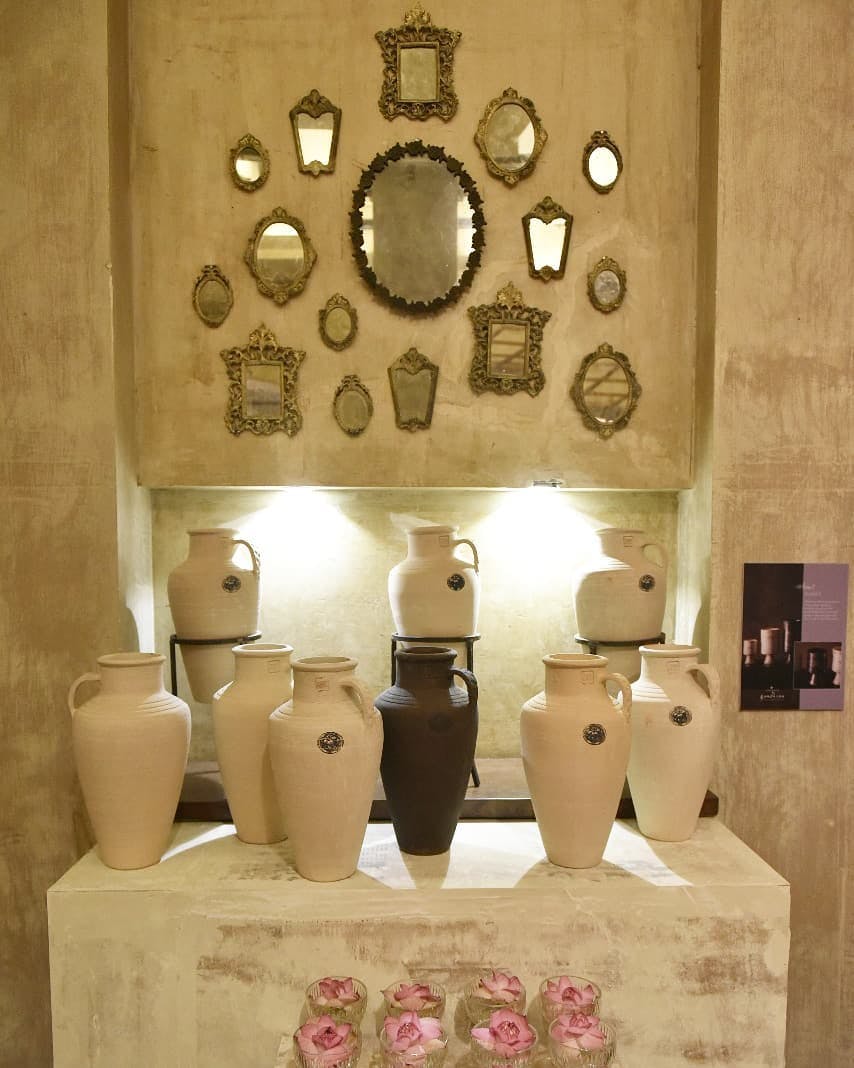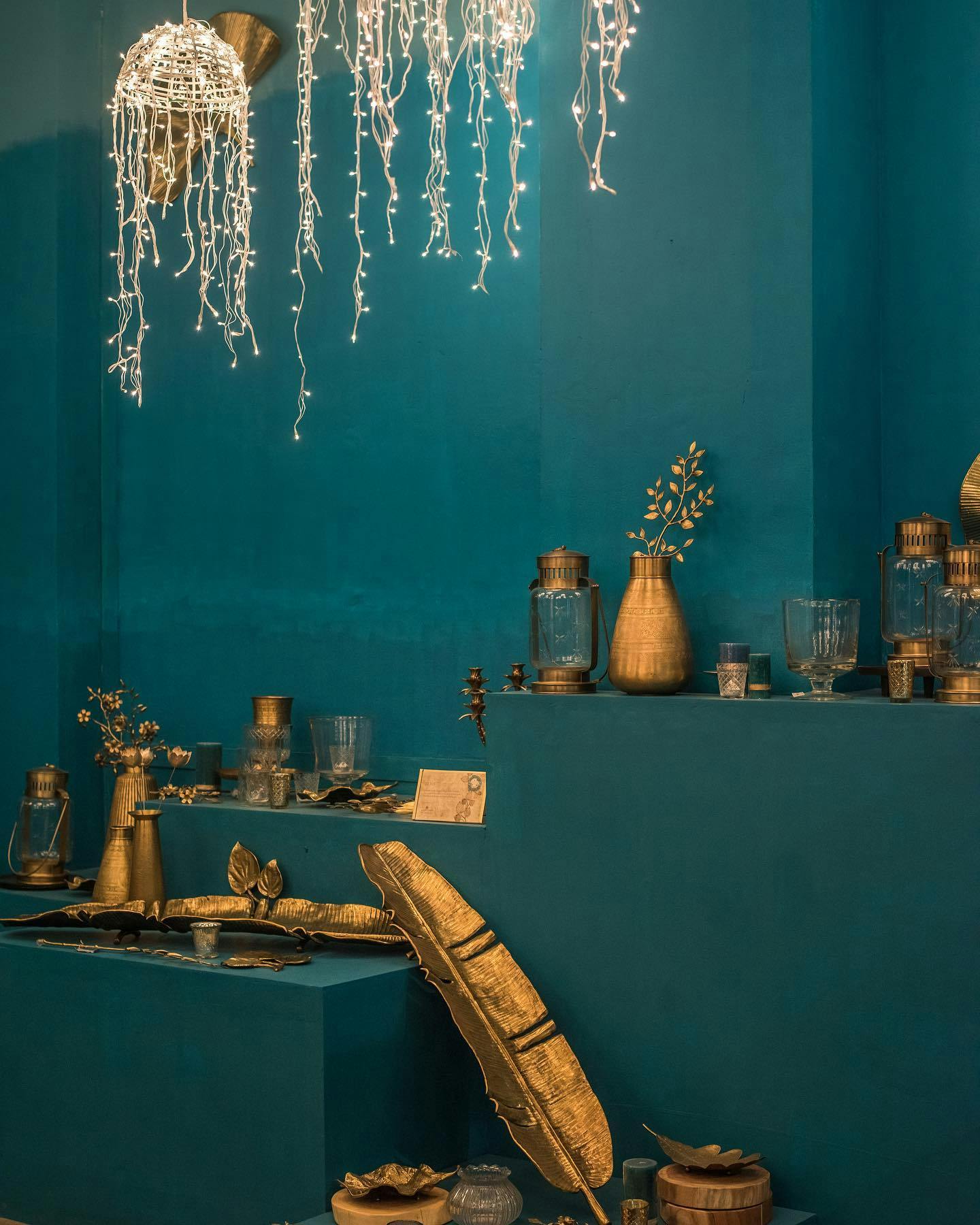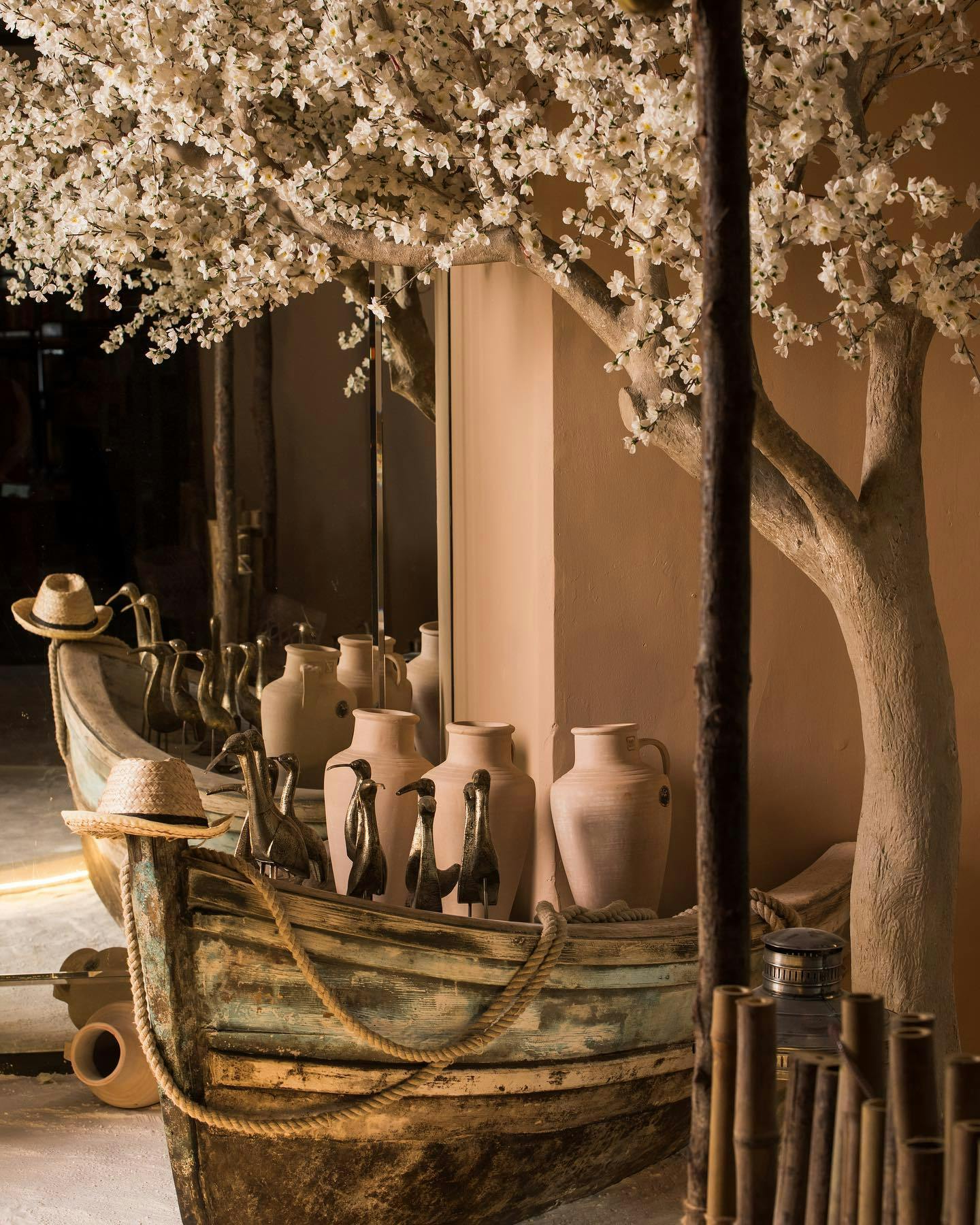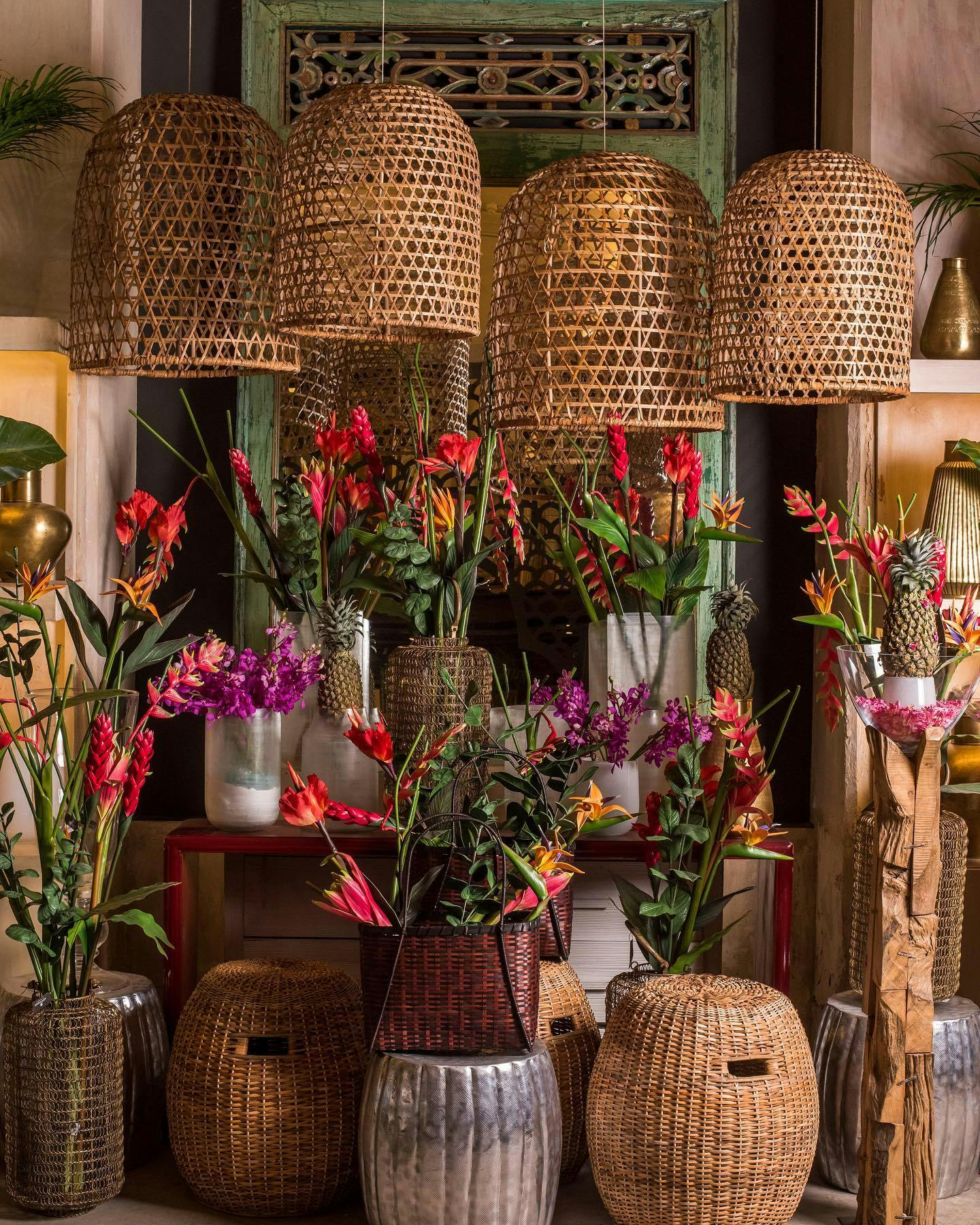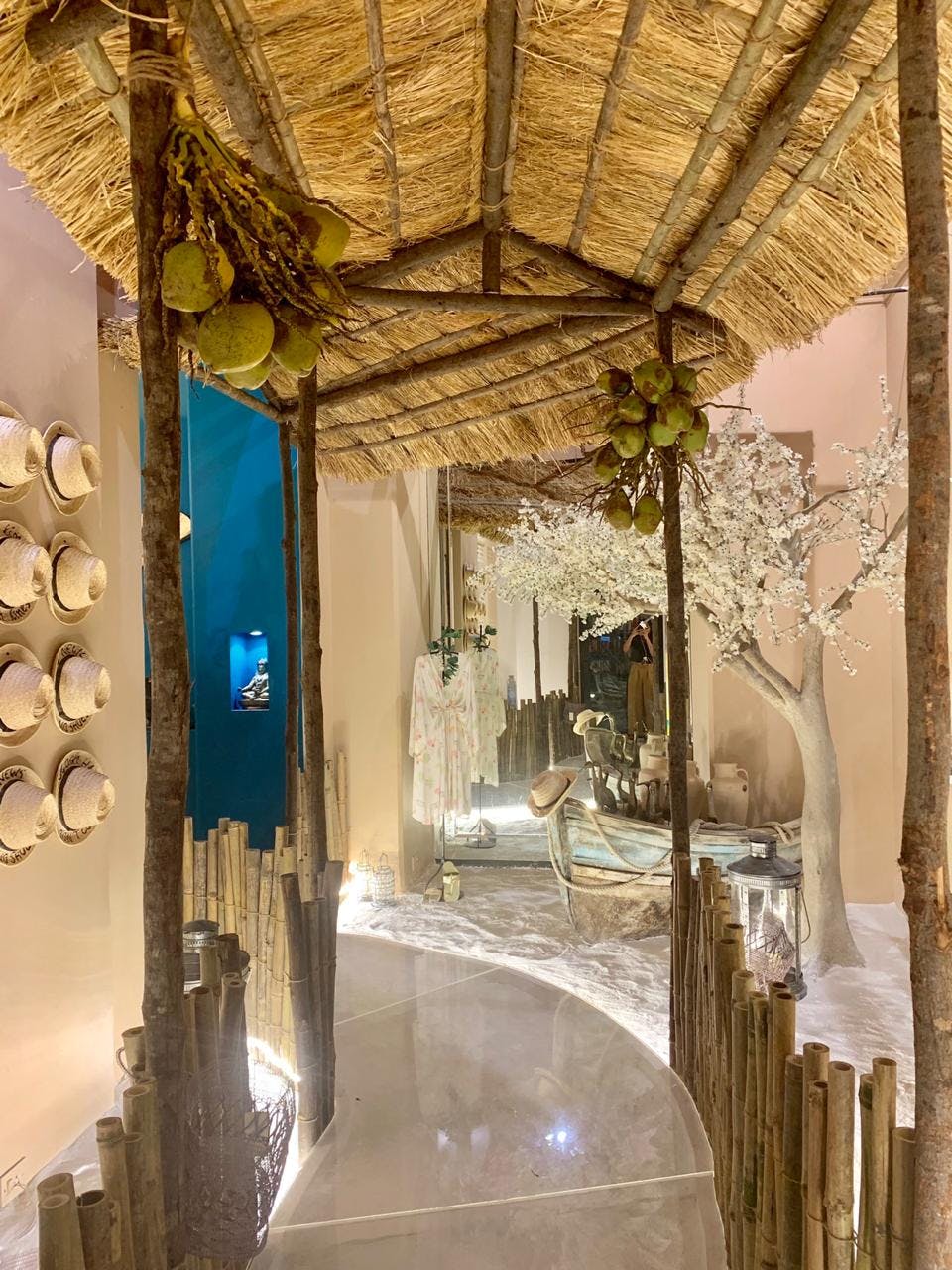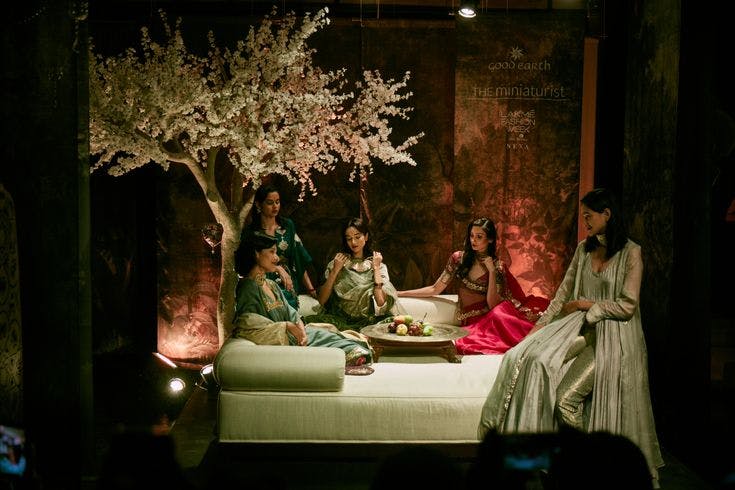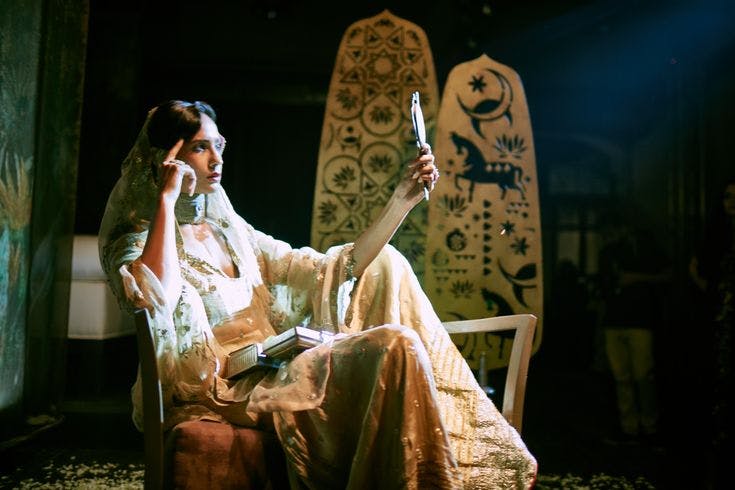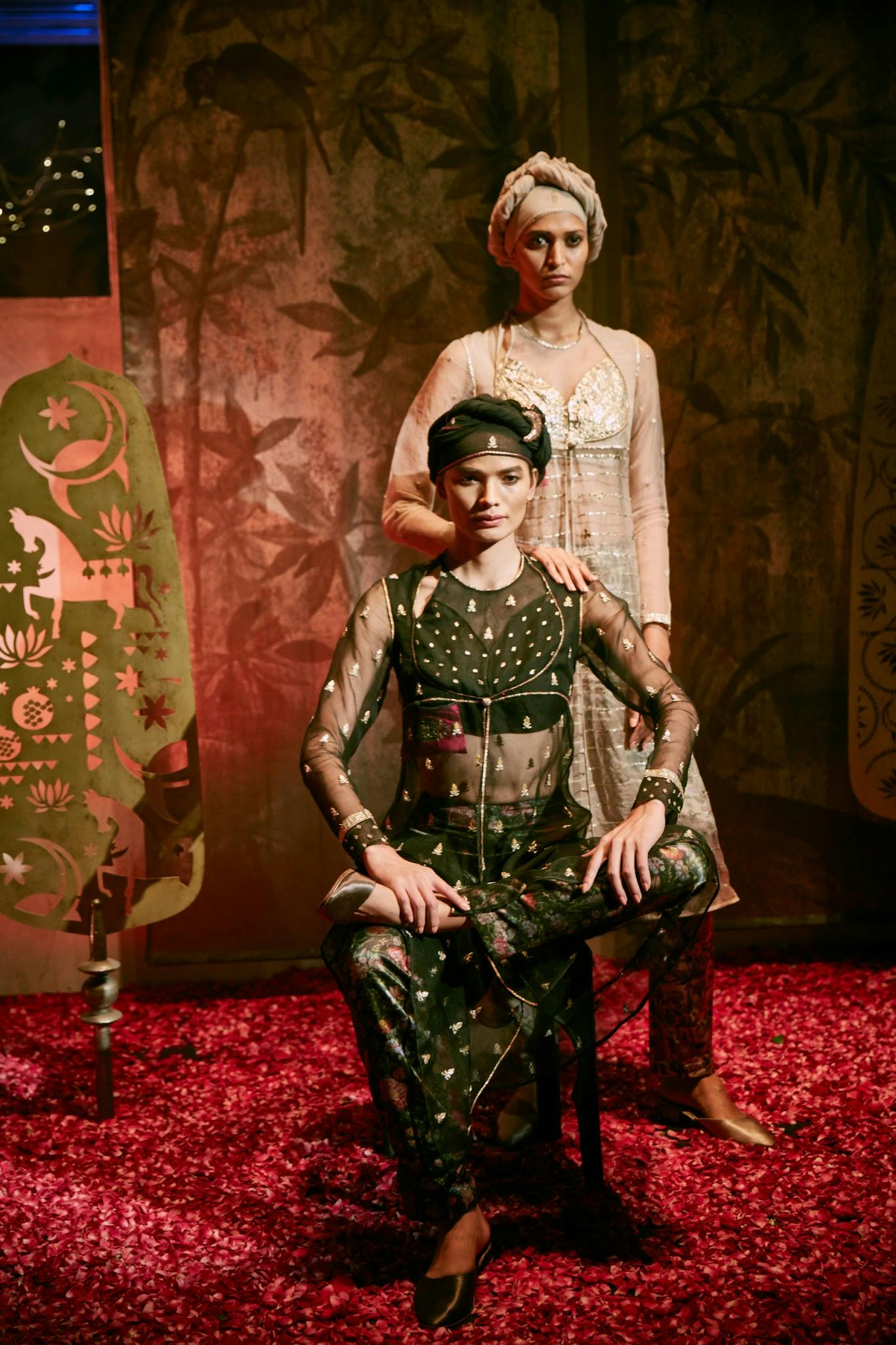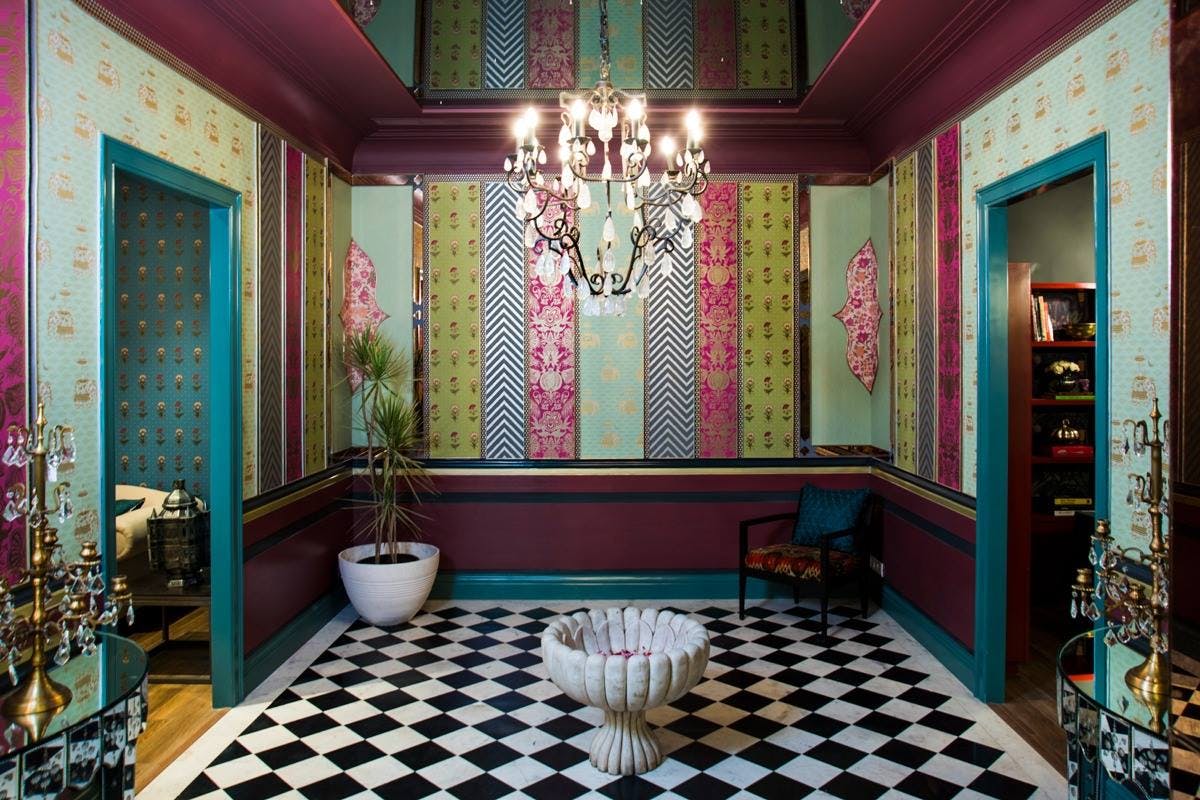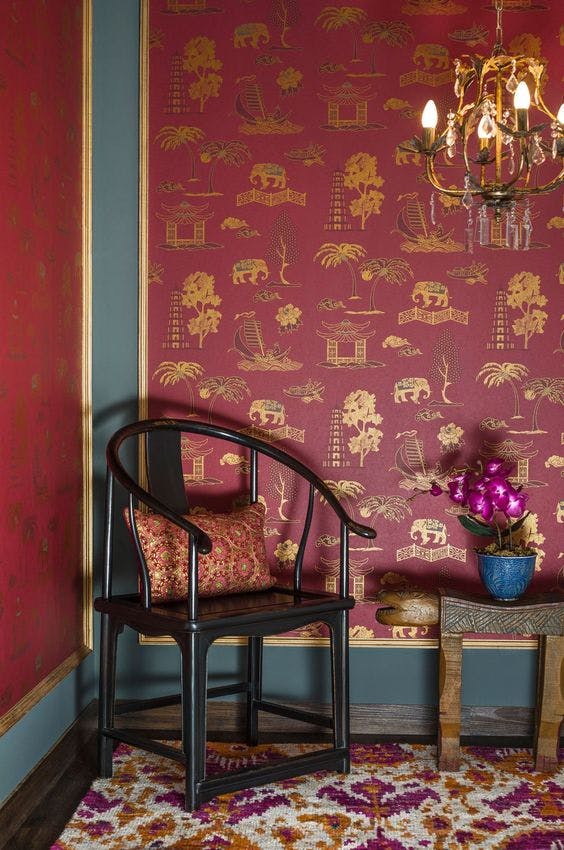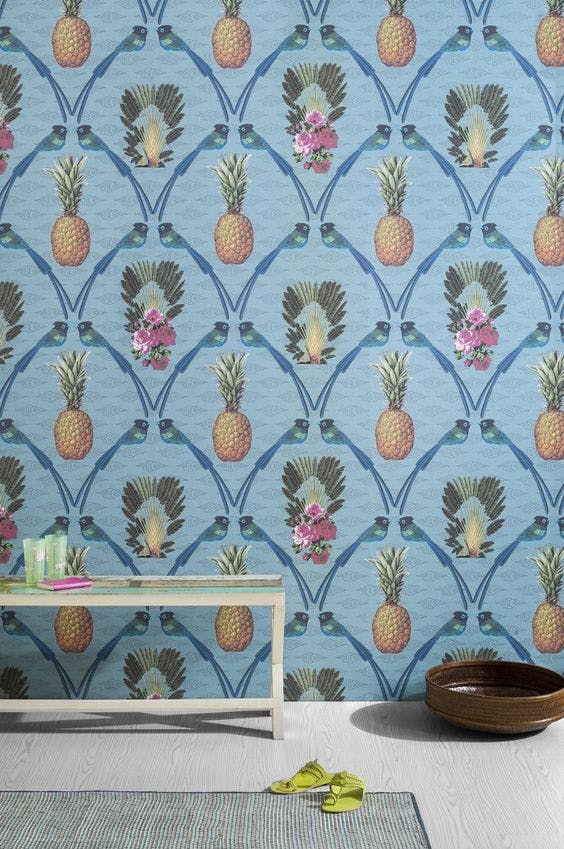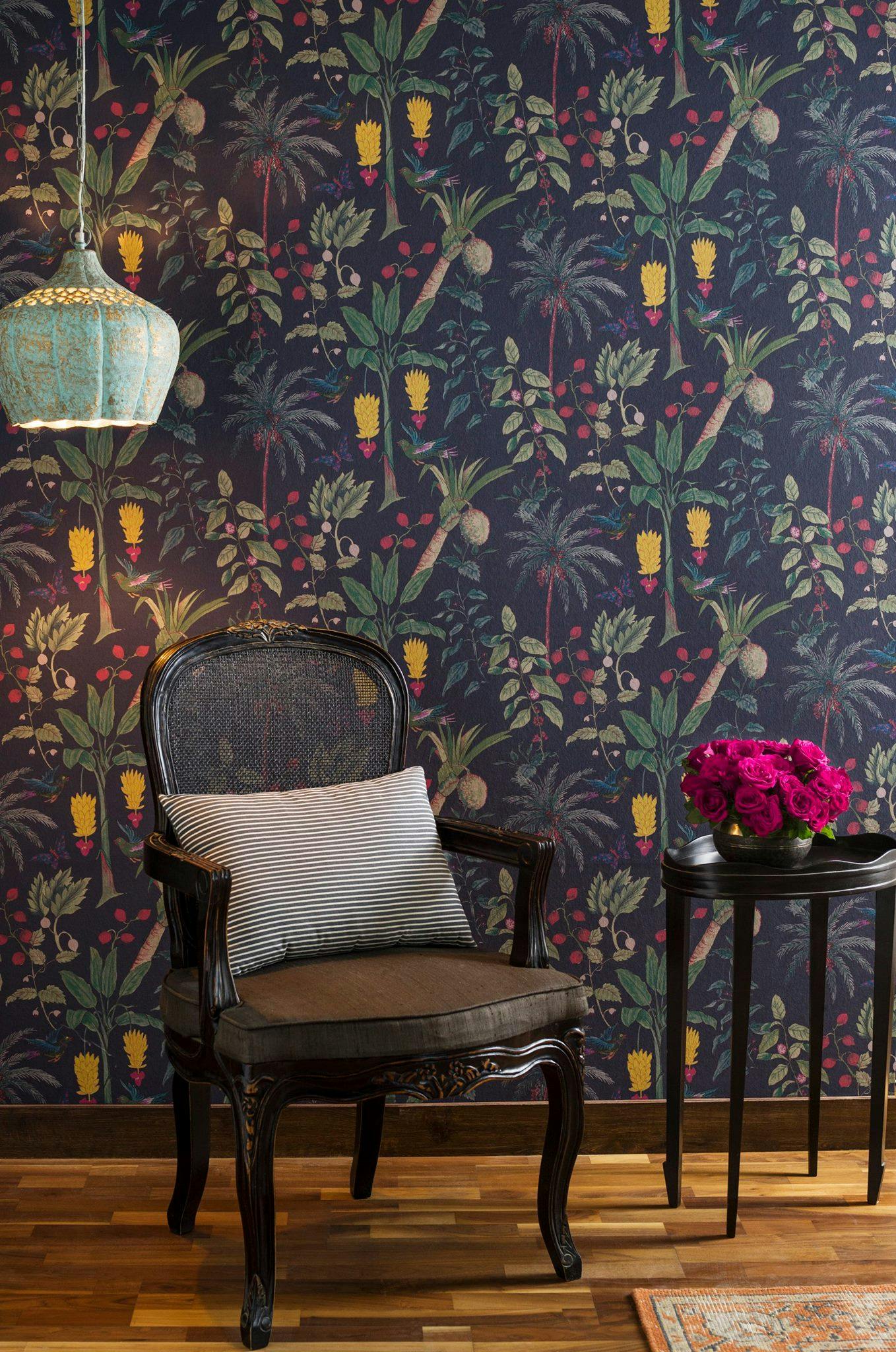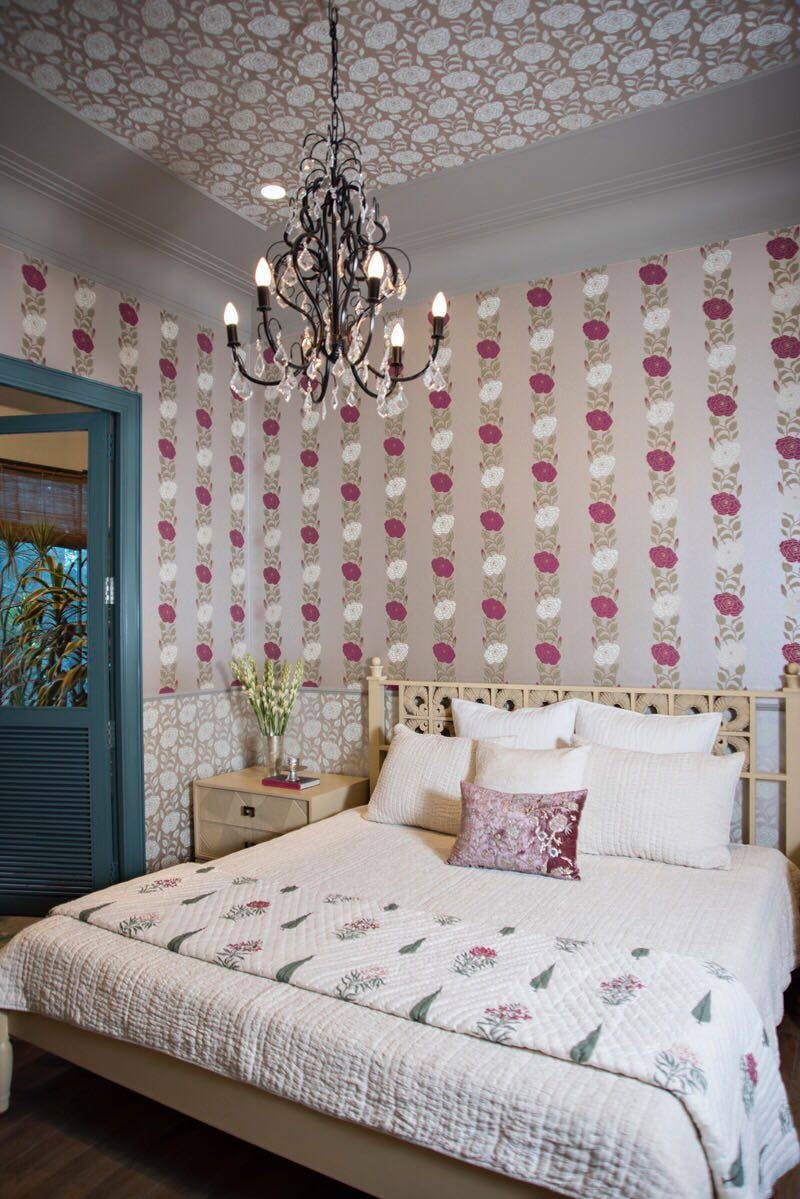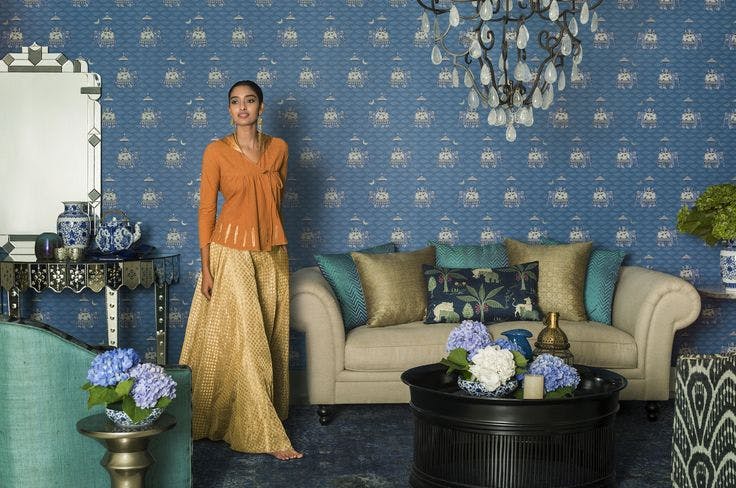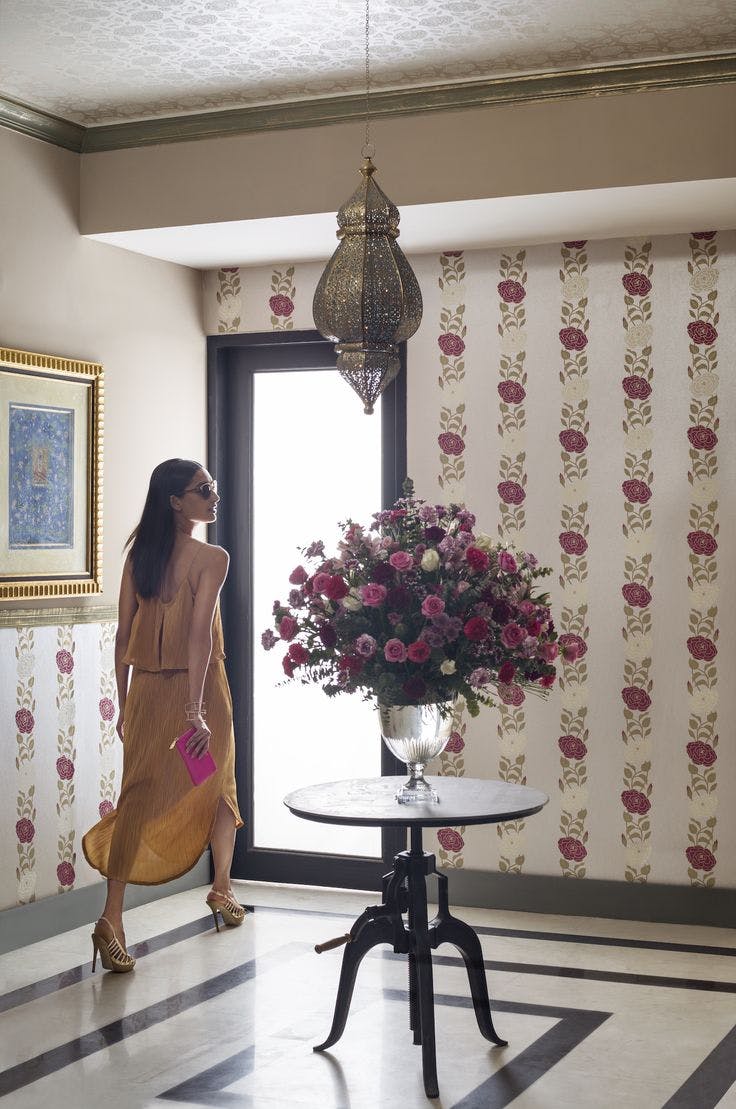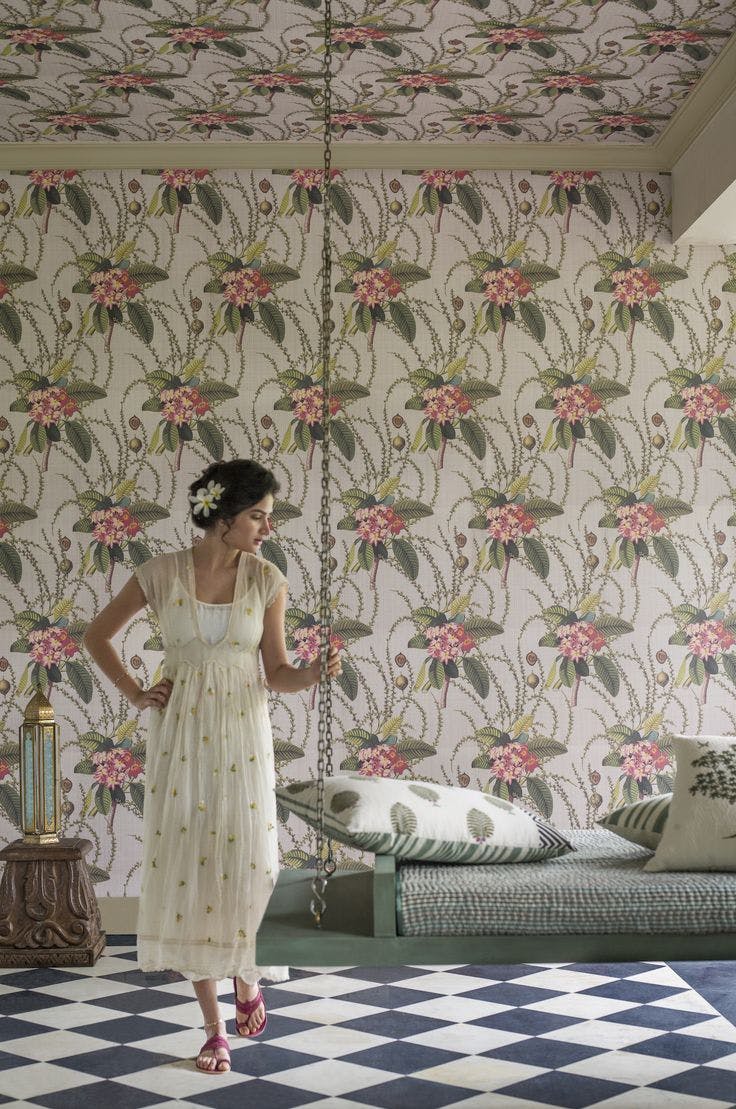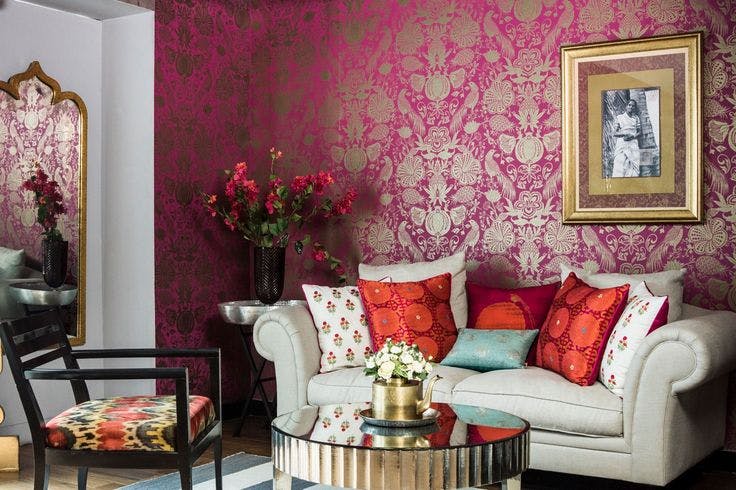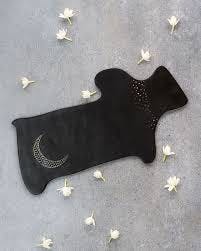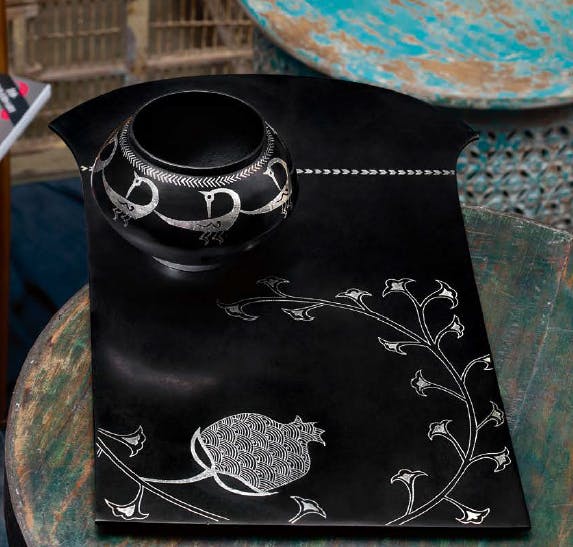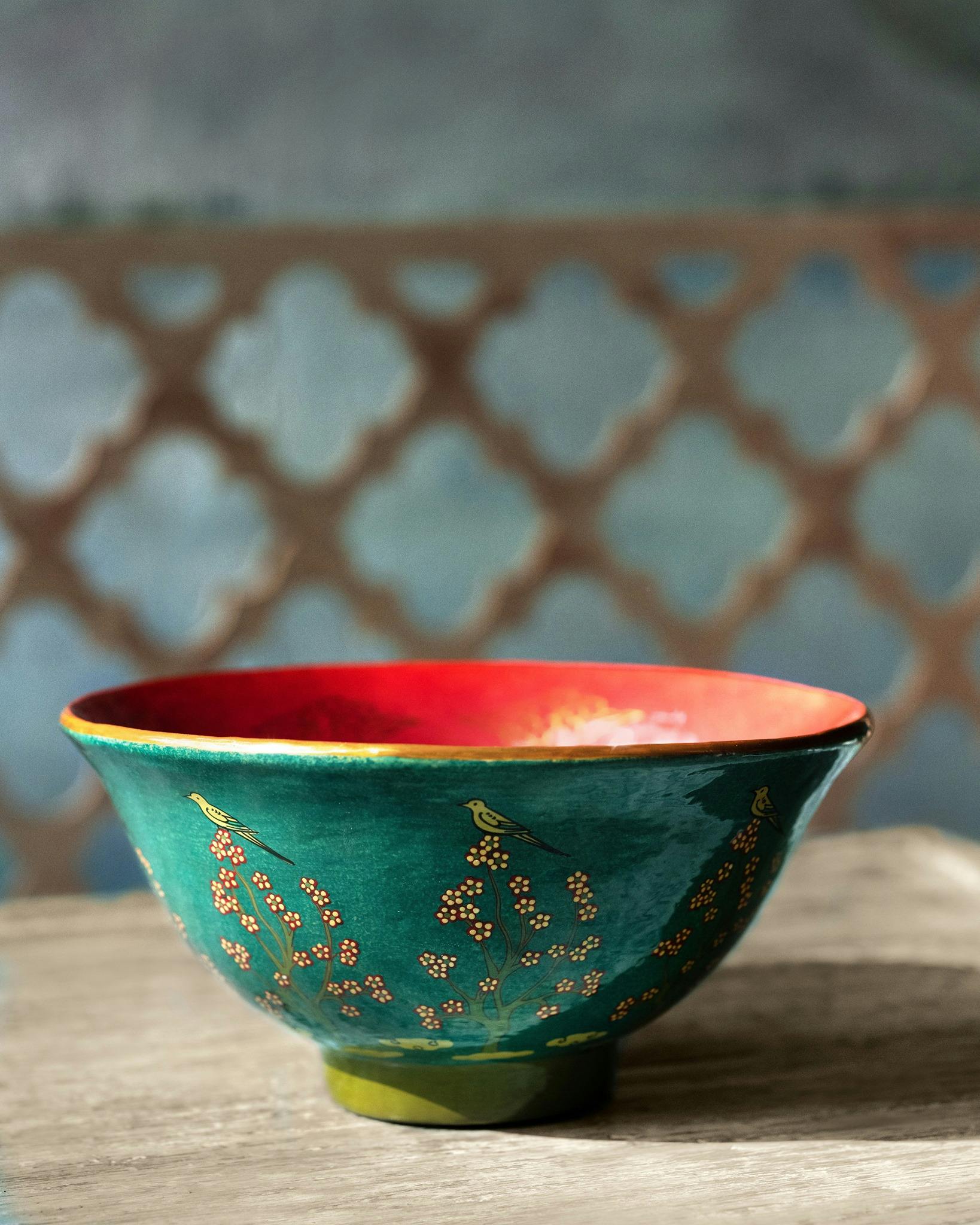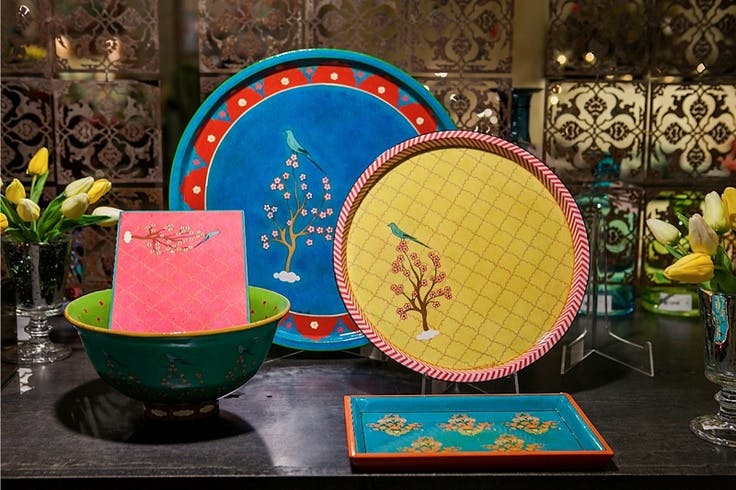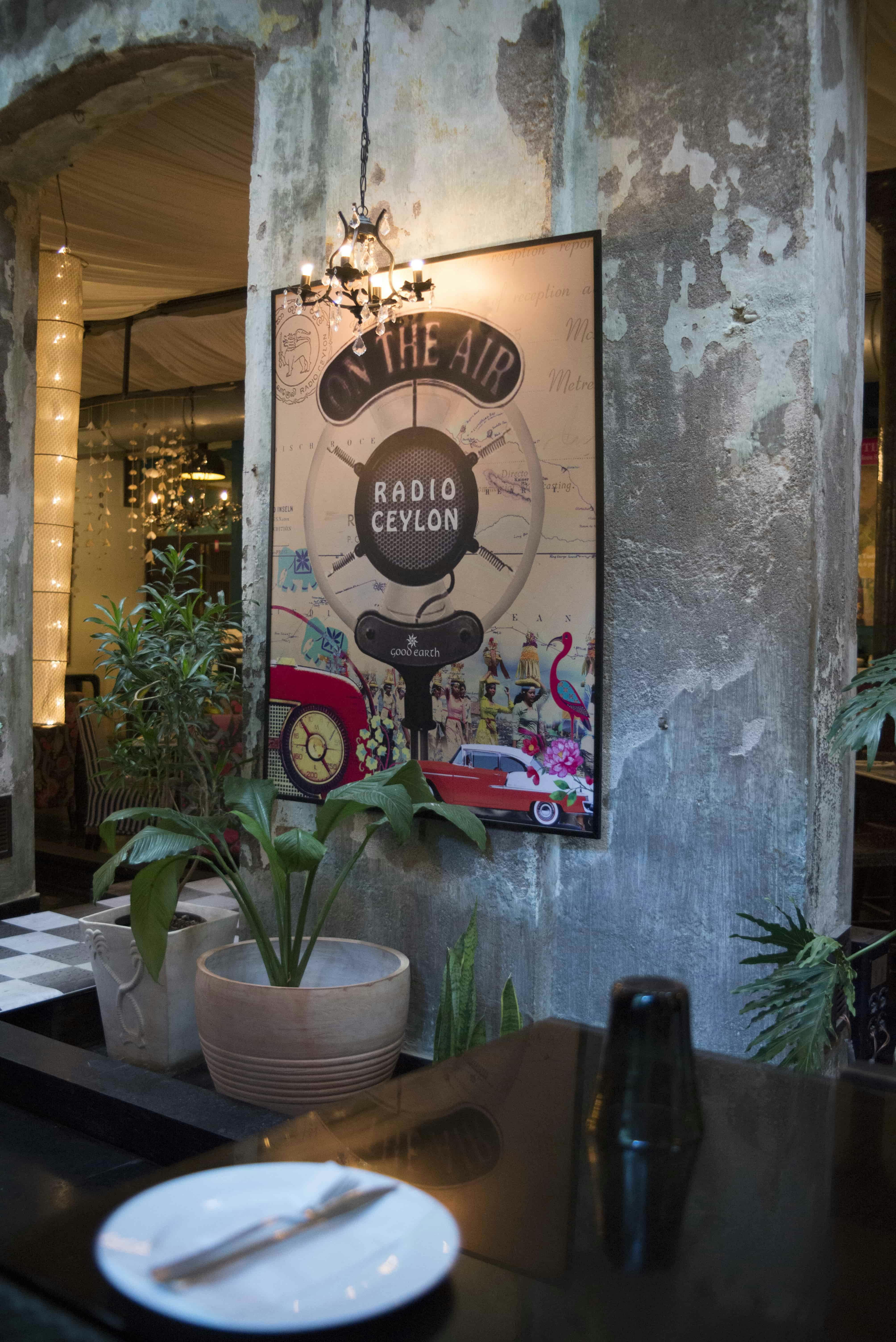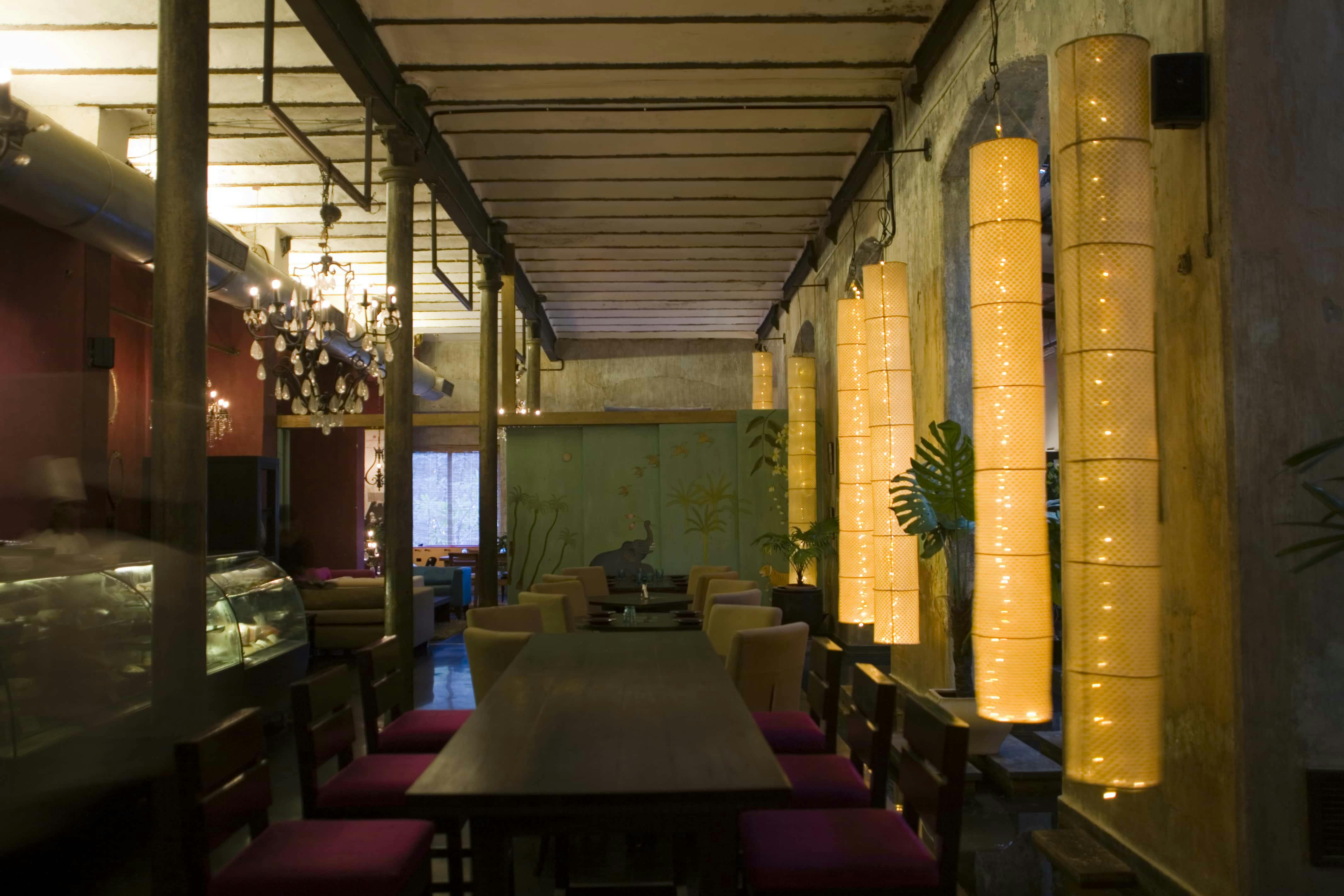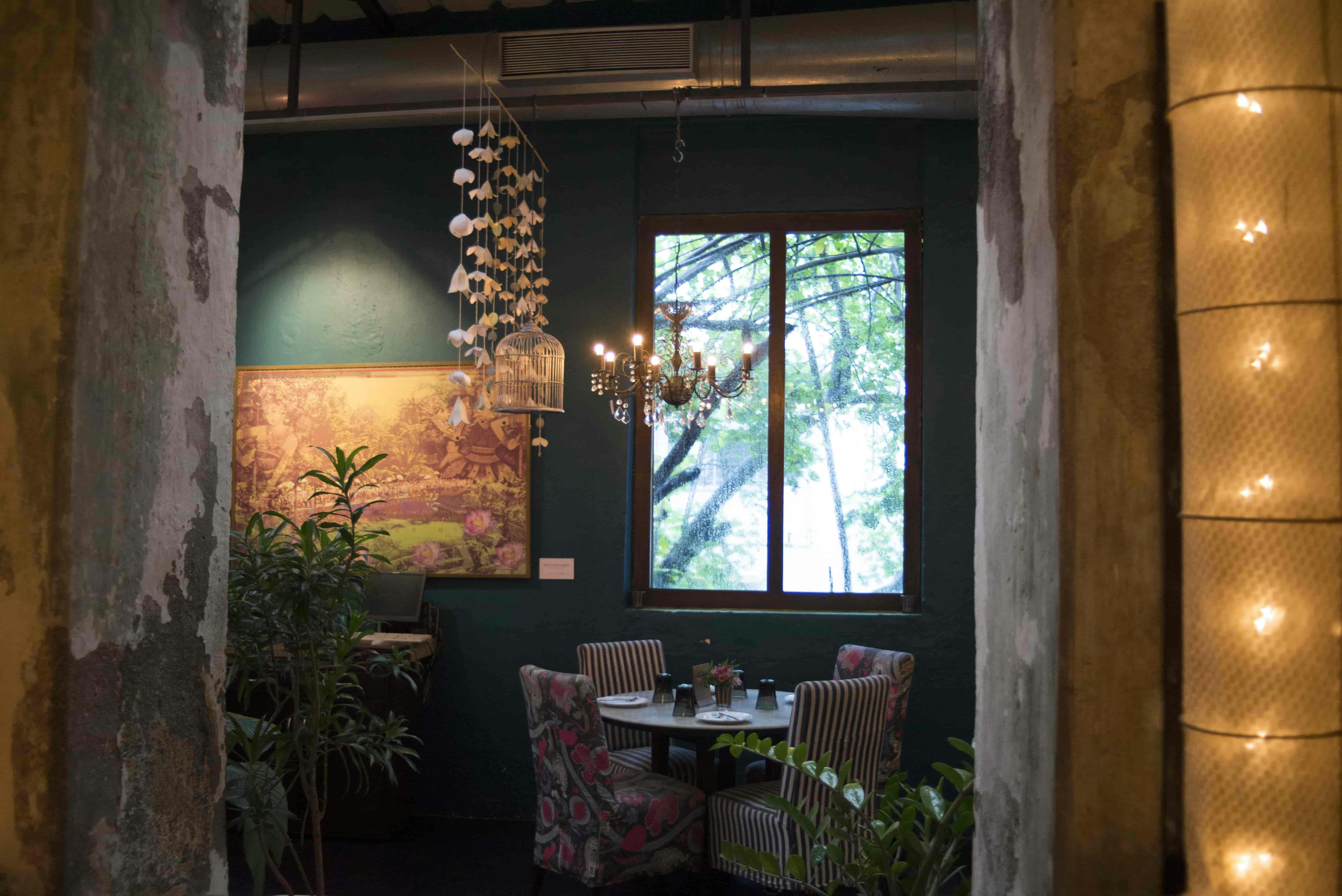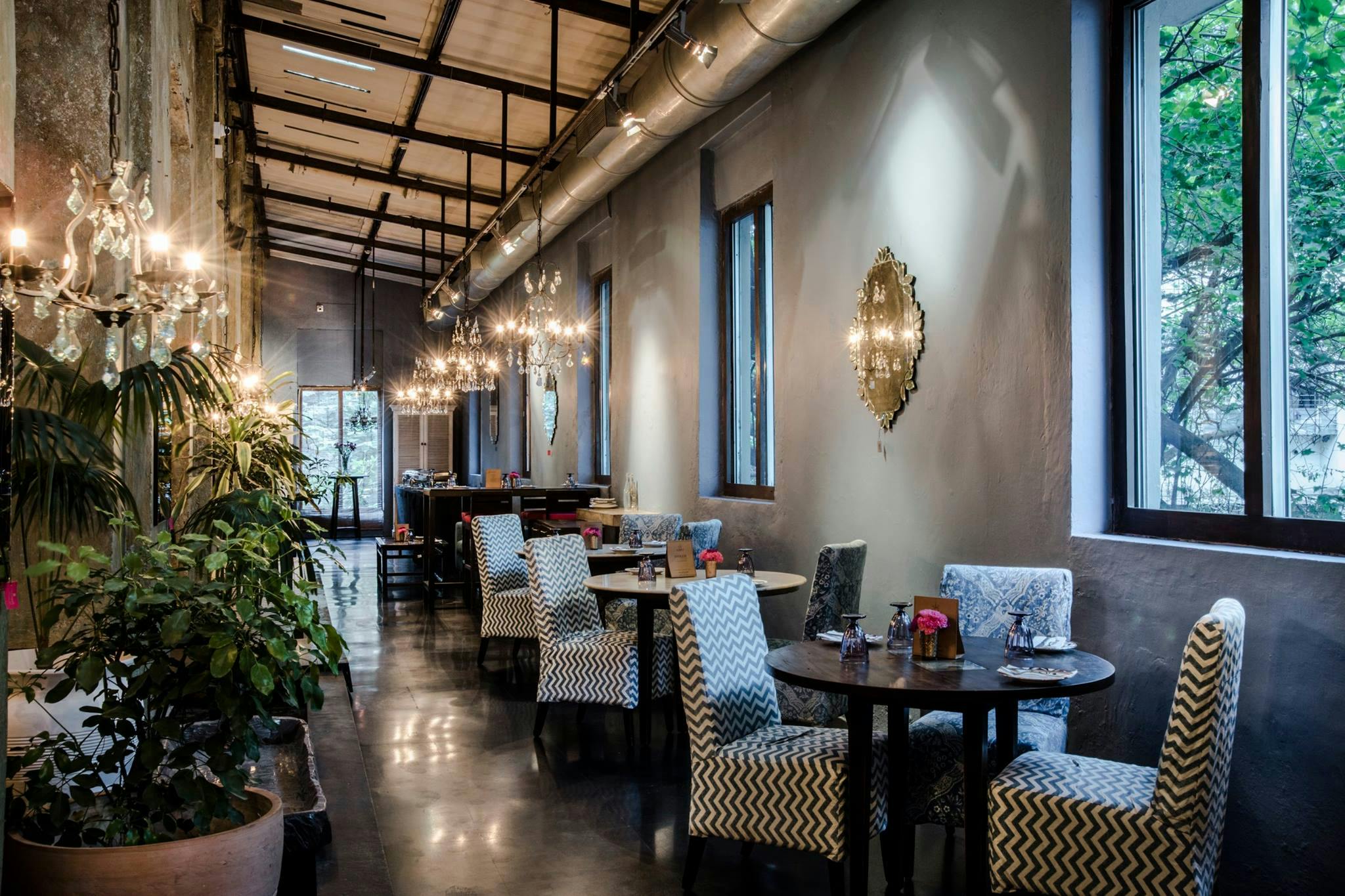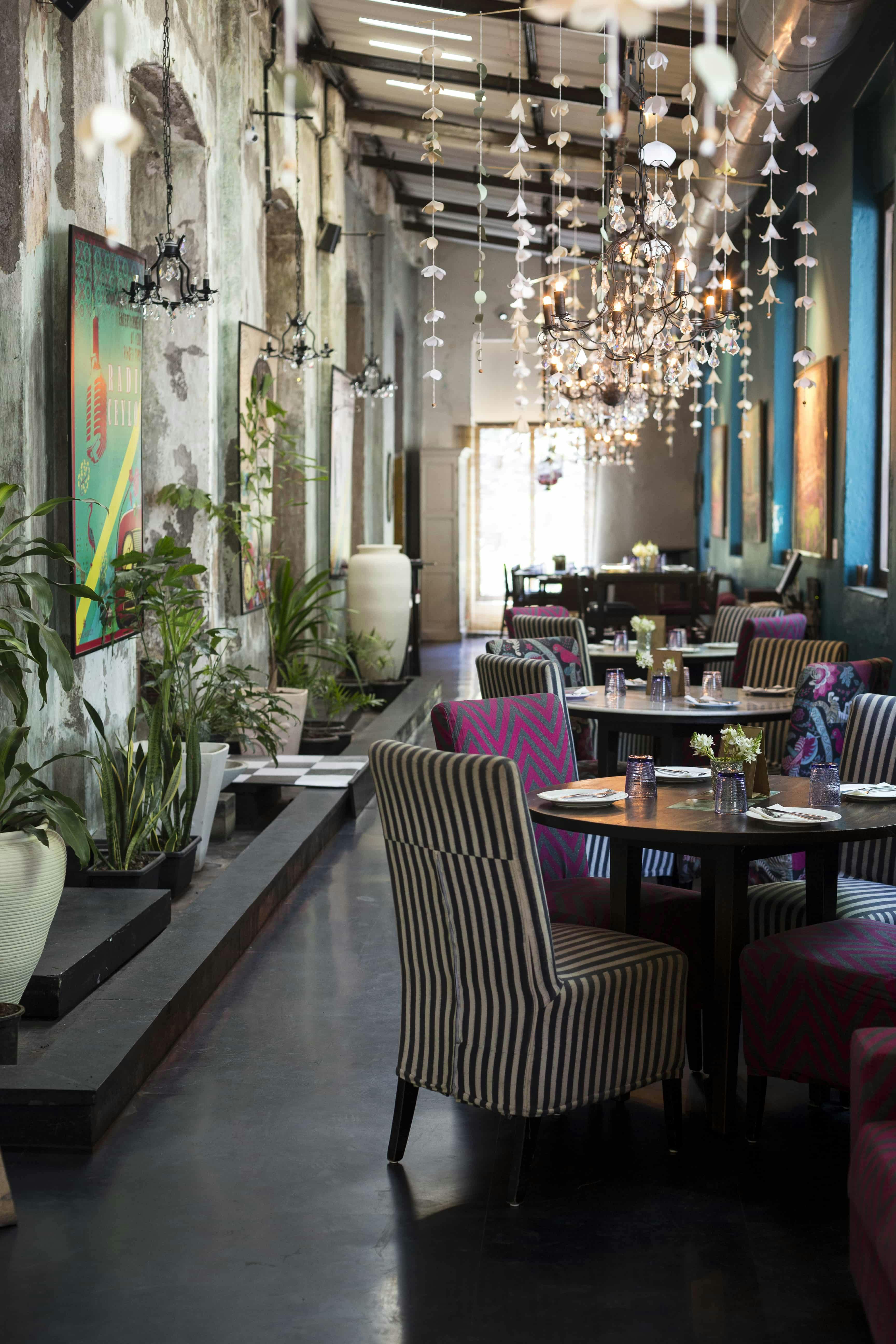Good Earth
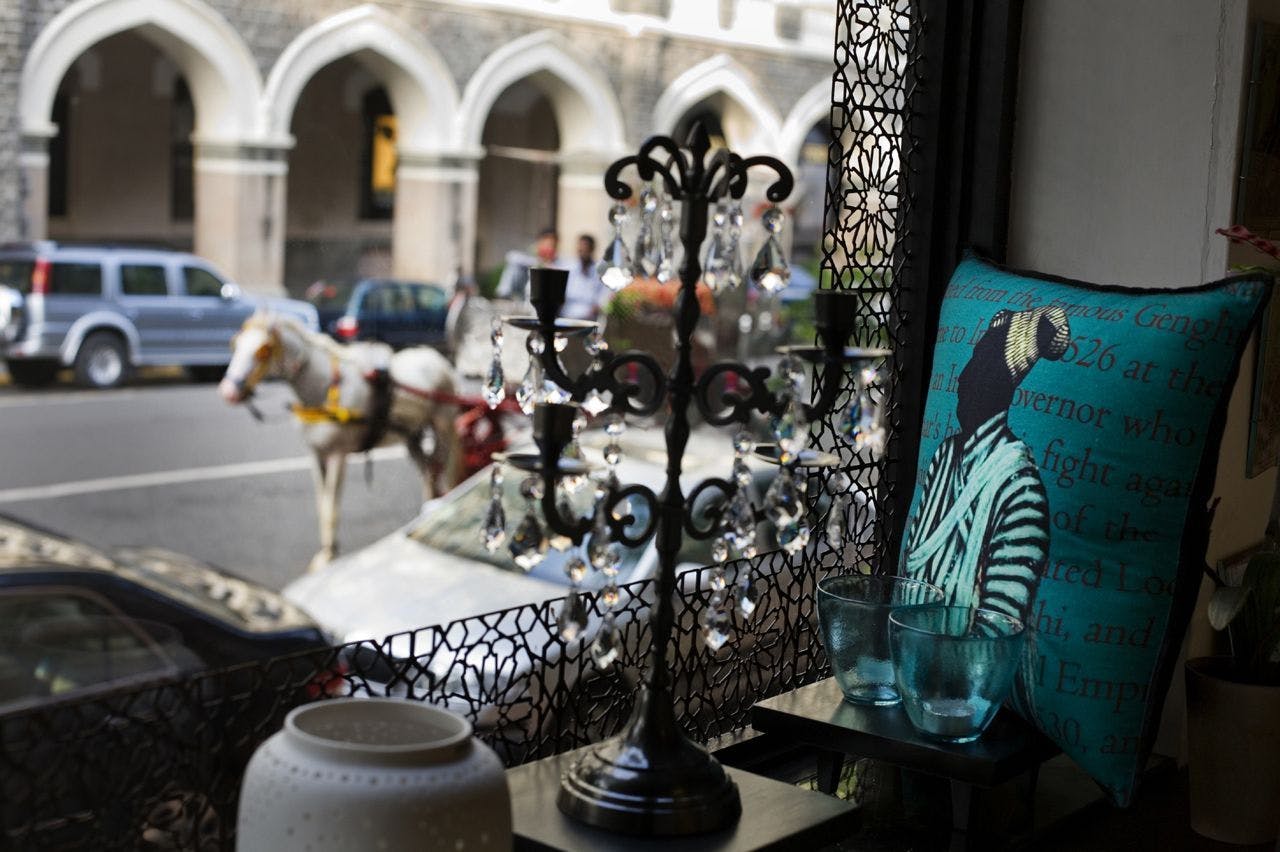
Good Earth
“We elevate experiences through storytelling. Especially in India, where rich oral traditions preserve for centuries the stories that are not written, but felt.”
A serendipitous encounter with Good Earth founder Anita Lal was the spark that set Pavitra Rajaram on a two-decade journey of friendship, collaboration and engagement with this visionary Indian design house. Many animated conversations over a shared love for art history later, Pavitra was invited to be part of the first-ever creative team to be assembled at Good Earth.
“Initially, I focused on the narratives for the products being created,” says Pavitra of those heady, early days of Good Earth. “I used to figure out the hooks, the history, and how to position them. Slowly, I realised that my interest was in creating products and designing.” Even as Good Earth grew over the years into the global design phenomenon it is today, Pavitras own role within it grew to embrace an expansive portfolio as Lead Designer, Head of Creative Strategy and Head of Visual Merchandising. It was an organic growth, led by curiosity and inspired by many conversations—with customers on the shop floor, craftspeople in traditional karkhanas, and urban artists exploring exciting new-media frontiers.
Whether through product design or visual display, Pavitra helped create an experience uniquely, and universally, recognised as ‘quintessentially Good Earth’. This was most palpably felt in the stores, which became known for their enchanting, tactile, immersive design vocabulary. With decades of retail expertise under her belt, Pavitra’s journey with Good Earth came full circle as she provided thought-leadership to the brand’s later ventures, such as Sustain and the recent perfume line, LilaNur.
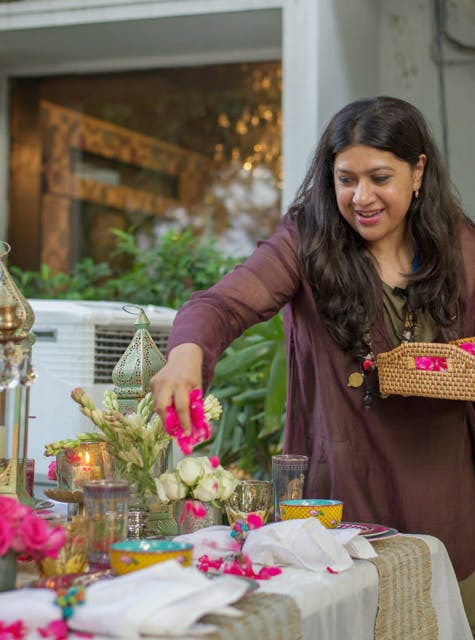
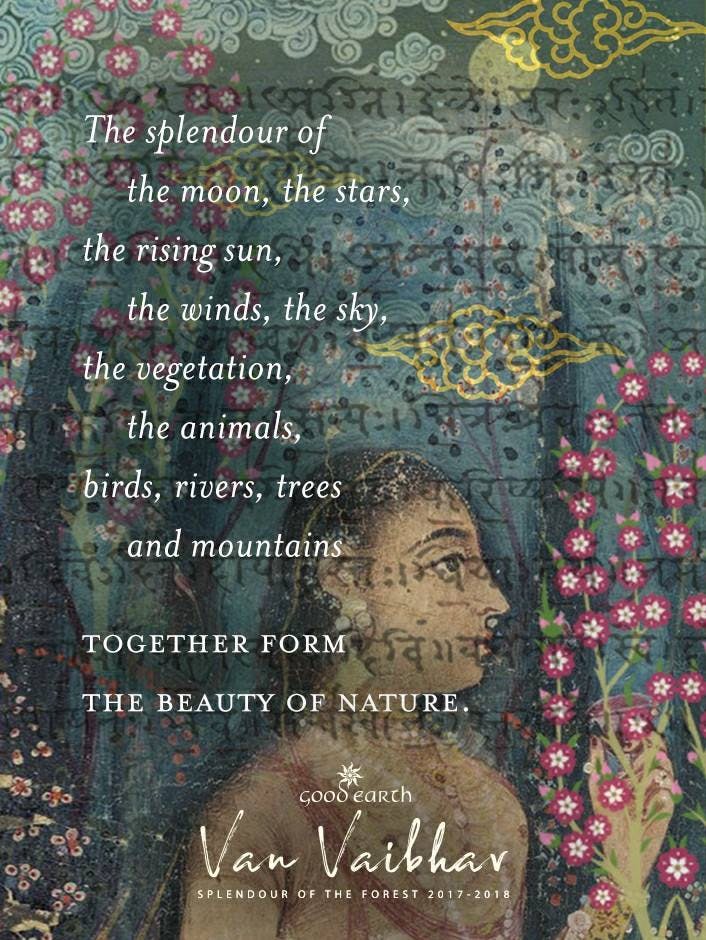
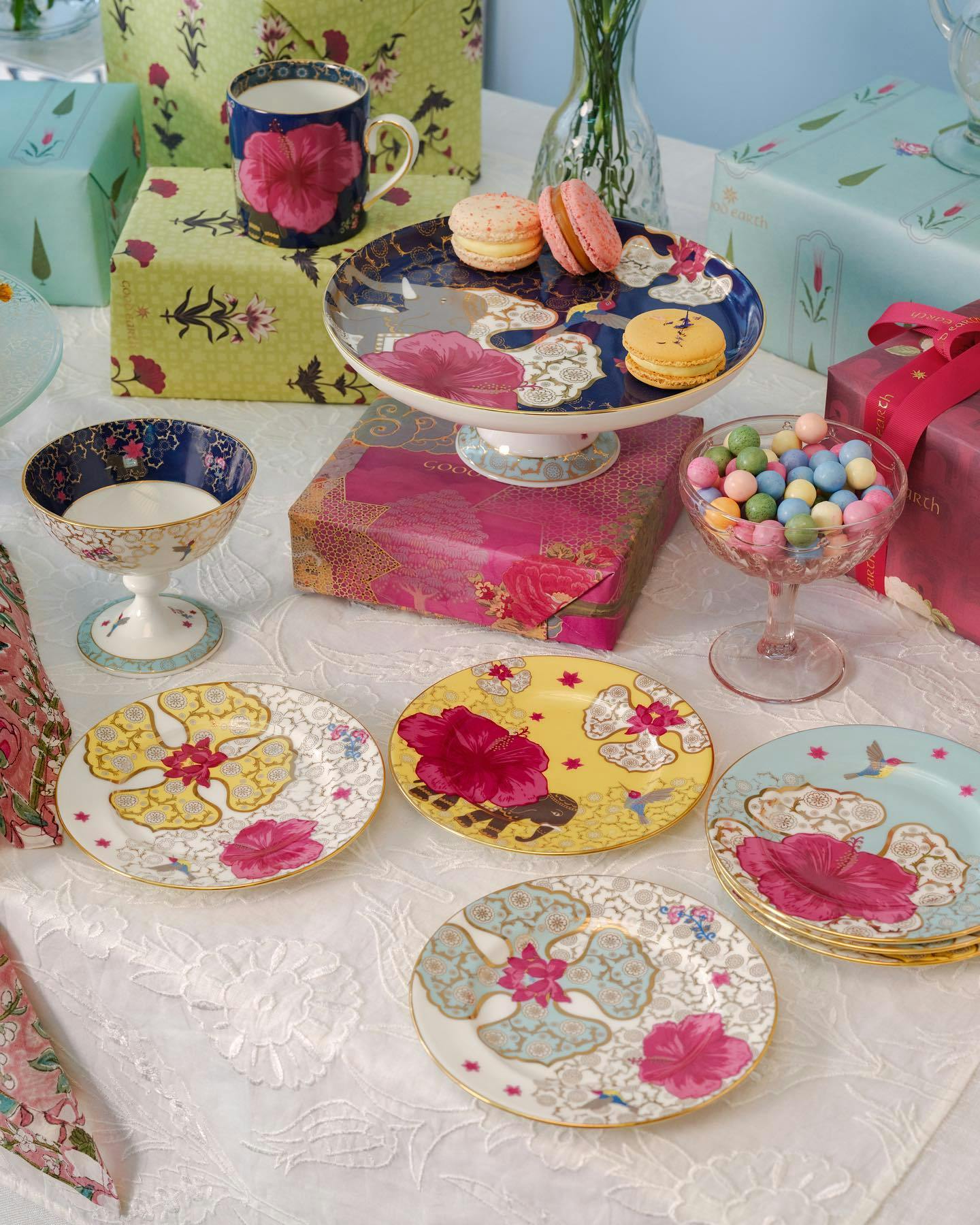
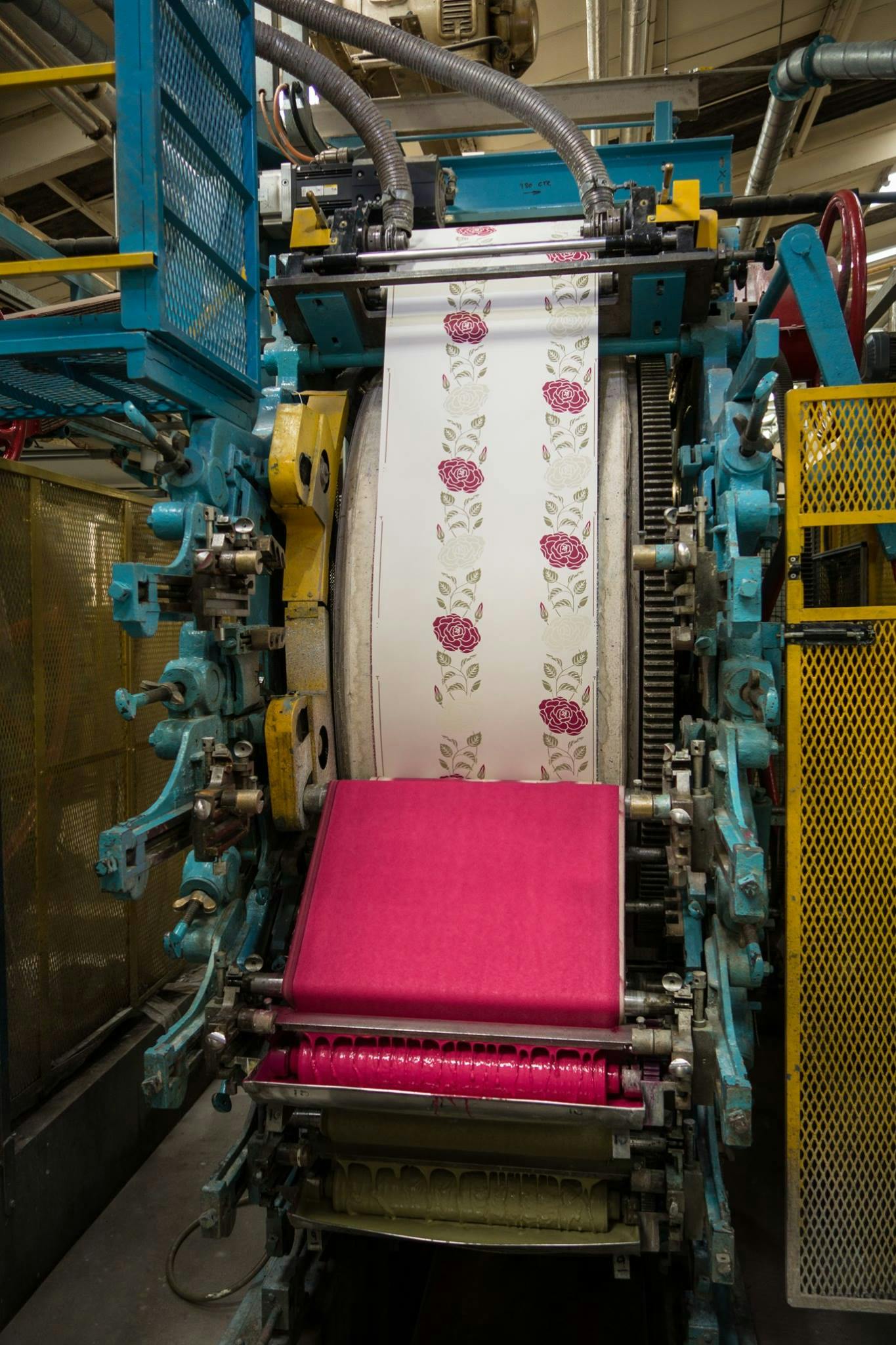
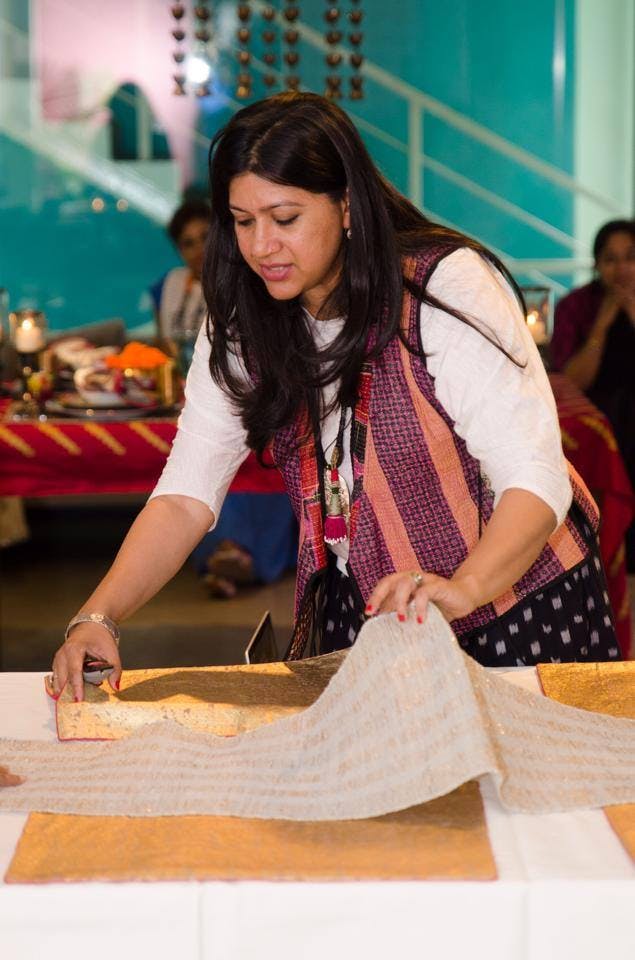

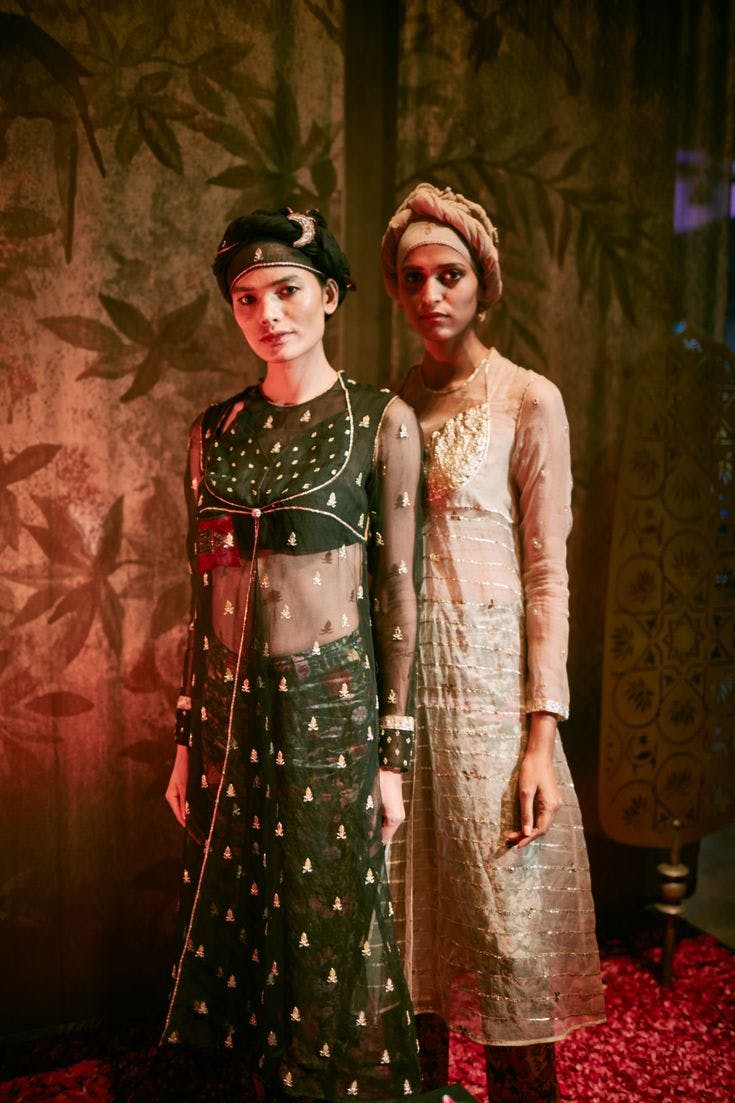
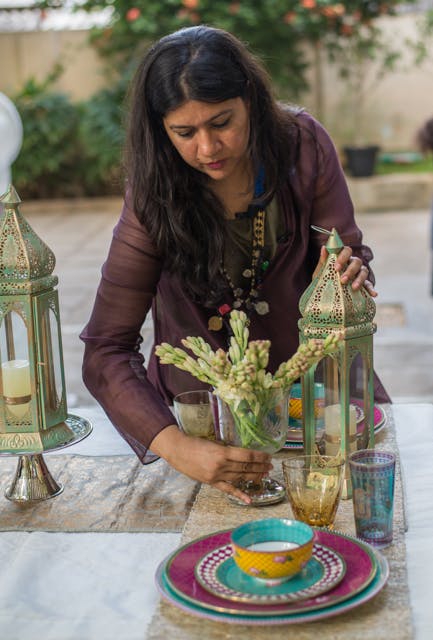
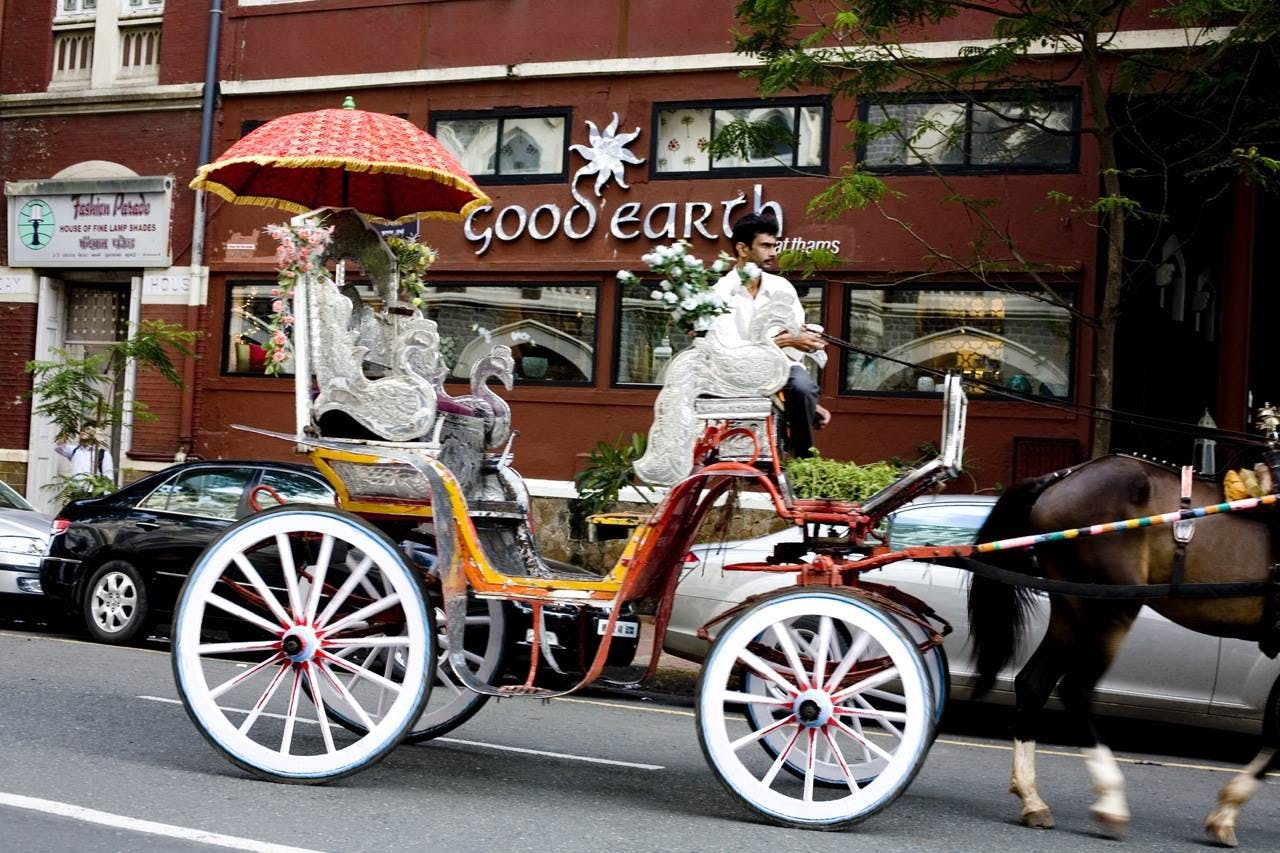
Design
Rasa
Celebrates the eternal symbol of Kashi, the marigold, which blooms in shades of vermillion, turmeric and saffron.
Baradari
Channels the splendour of a Mughal garden with vivid motifs of birds, butterflies and stately pavilions, framed with delicate botanical art.
Lotus Lake
Captures the spirit of Vrindavan and imagines Krishna and Radha’s playful frolic amidst lotuses in bloom.
Serai
Recreates Emperor Jehangir’s summer retreat with his queen Noor Jahan through the snowy passes of the Pir Panjal and into the perfumed valleys of Kashmir.
Serendib
Interprets the beauty of an island paradise and stories of travels to exotic lands in the East through the classic 18th-century motif of the tobacco leaf.
Anar Paradis
Glimpses into the ruby-red heart of the pomegranate, a symbol of fertility and abundance, cherished in India and Persia as the ‘fruit of paradise’.
Indechine
Imagines a fantastical landscape of mystical clouds and pagodas, where majestic elephants walk under a golden crescent moon.
Khiva
Echoes with the design legacies of Central Asia with iconic ‘Suzani’ patterns and the tulips beloved everywhere from Constantinople to Bokhara.
Rosabagh
Shimmers with the leitmotifs of vintage Persian miniatures and the enchanting gardens of the Mughals.
Taxila
Explores the art and history of the Gandharan era, celebrating such revered motifs as the eternal lotus and trumpeting elephant, in a simple, hand-drawn style.
Jessamine
Conjures up a Himalayan countryside in summer, awash in creamy white blossoms, creepers of night-blooming jasmine and pink rosebuds nestled in mossy green foliage.
Textile
Every season at Good Earth, Pavitra designed textiles inspired by the theme of the year. These took the form of cushions with digital and block prints that extended the design narrative, while making a statement all their own. Delightful, quirky and filled with character, these motifs made natural conversation pieces. One of Pavitra’s earliest creations, titled ‘Retro Raja’ and featuring a very stylish turbaned man on jewel-toned silk, became an instant best-seller and an iconic product for the brand.
Visual Merchandising
Farah Baksh
The vision of a paradise amid snow-capped mountains was evoked through two quintessential elements of Mughal splendour in Kashmir. The stores sparkled with masses of roses in bloom and chini-khanas—arched niches of porcelain like the ones that gleam behind the waterfalls of Shalimar Bagh.
Ratnakara
Ratnakara narrated legends from the Indian Ocean and the garland of islands connecting the southern tip of India to Indonesia. An enchanted Balinese palace twinkled to life inside the stores, under large murals, landscape paintings and paper doily-clouds.
Samarqand
Night skies ablaze with a thousand stars and sunny courtyards filled with the brilliant colours of ikat. These magical scenes from a Good Earth design expedition to the historical Uzbek city were reimagined in-store for the Samarqand experience. Blocks of stunning ikat patterns on the wall stood out against a starry night-sky on the ceiling, scattered with billowing clouds of fabric.
Eternal Kashi
To recreate the transcendent beauty of Benares, the stores wore the colours of the Ganges as it reflected the sky at dusk and dawn: pale lavenders, soft roses and pink-oranges. The famous Benares ghats came to life through a hand-painted view of the skyline along the river, and steps conjured from terracotta-and-white bricks.
Shambala
Shambala drew from India’s historical connections to the Far East and the cultures of the land once known as Indo-China. The palette was inspired by Chinoiserie art with one room entirely done in the classic white and blue, with accents of red and bunches of exotic flowers. The rest of the store wore the earthy tones of vintage woodcut engravings, with mulchy browns, stained plums and the occasional deep emerald. The leitmotif for the Shambala design story was a pair of flying yin-yang cranes—one made from paper, the other crafted from a plastic pipe.
Van Vaibhav
Designing the visual merchandising to celebrate the 20th year of Good Earth’s journey was a sacred trust for Pavitra, who was with the brand from the very start. The design story draws from the Vedic concept of ‘Van Vaibhav’, which encapsulates the essential brand philosophy of Good Earth. All elements of nature interact constantly with each other, and it is these living connections that create the splendour of the forest and of all the cosmos. In stores, the theme of Van Vaibhav was articulated through a series of gardens, interpreted through different cultures. The garden of meditation wore the colours of serenity, the garden of love evoked the riotous joy of a Pichwai painting, the Mughal garden radiated white marble-perfection, and the monsoon garden of Indian folklore sparkled under the first rains.
Gandhara
The vision was to bring to the light forgotten marvels from a long-lost culture through design stories. To create a sense of adventure and discovery, the stores were transformed into beautiful caverns in deep tones of charcoal, earth and purple. On rustic tables, products were laid out like precious ‘finds’ amid the tools of an archaeological expedition.
Maladvipa
Sandy trails wind through the stores, leading the imagination to the golden beaches of the Maldives. The design language of Maladvipa was inspired by the tranquillity of island life in the Indian Ocean. The stores were awash in colours of the sea, a playful teal shading to a rich indigo, and the underwater lights of anemone and jellyfish twirling in the current.
Creative Direction
Miniaturist
Good Earth’s first couture collection, Miniaturist, was presented at the Lakme Fashion Week Winter/Festive 2018 through a series of living tableaus staged at the store in Raghuvanshi Mills, Mumbai. To extend the brand’s legacy into the realm of fashion, Pavitra conceptualised these tableaus as set-pieces designed around the models and providing rich historical context to the exquisite textiles they wore. Each set-piece or space was conceived of as an ensemble in itself, layered with fragrance, live music and flickering lights to transport the audience to different eras of style.
Good Earth X Nilaya
The Nilaya Salon was a project that brought product, experience and programming together to enhance brand value. Pavitra Rajaram Design created an experiential salon at Good Earth’s Raghuvanshi Mills store for the presentation of a line of wallpapers by Nilaya. The Nilaya Salon invited guests inside curated ‘rooms’, spaces that were styled using themes from the collection. By curating events like sit-down dinners and talks inside the rooms, PRD created ways for customers to engage organically and more closely with the product.
Craft Initiatives
Over 20 years at Good Earth, Pavitra participated in many meaningful design interventions in traditional Indian crafts. One that she led was among the papier mâché artisans of Kashmir in 2012. Papier mâché has been practised by skilled artists in the Valley since the 15th Century, but in the contemporary market of the 21st Century, the art was underappreciated and sold mostly as touristy trinkets. During her visits to Kashmir, Pavitra saw that these under-priced souvenirs were however, painstakingly crafted by skilled hands in dark workshops. She worked with them to change the design language of the craft in a way that created more value for the craftspeople and the customer. The result was a line of larger-scale products, like trays, platters and bowls, with simpler, more narrative-led design. The papier mâché line, which sold for years through Good Earth, won an EDIDA award in 2013 and sparked a transformation in the way the craft was practised throughout the Valley.
Interiors
Tasting Room
One of the most iconic and beloved of Mumbai landmarks, Tasting Room was an in-store restaurant with a personality all its own. The space was designed by Pavitra to evoke the relaxed, nostalgic atmosphere of a speakeasy where the jazz always flowed and so did the conversations. The menu, developed in collaboration with Riyaaz Amlani of Impresario Handmade Restaurants, offered wholesome, hearty food made with the finest ingredients. Located above the sprawling Good Earth store at Raghuvanshi Mills in Mumbai, Tasting Room became a place for shoppers to linger, whether at the bookstore or at movie screenings and curated events.
